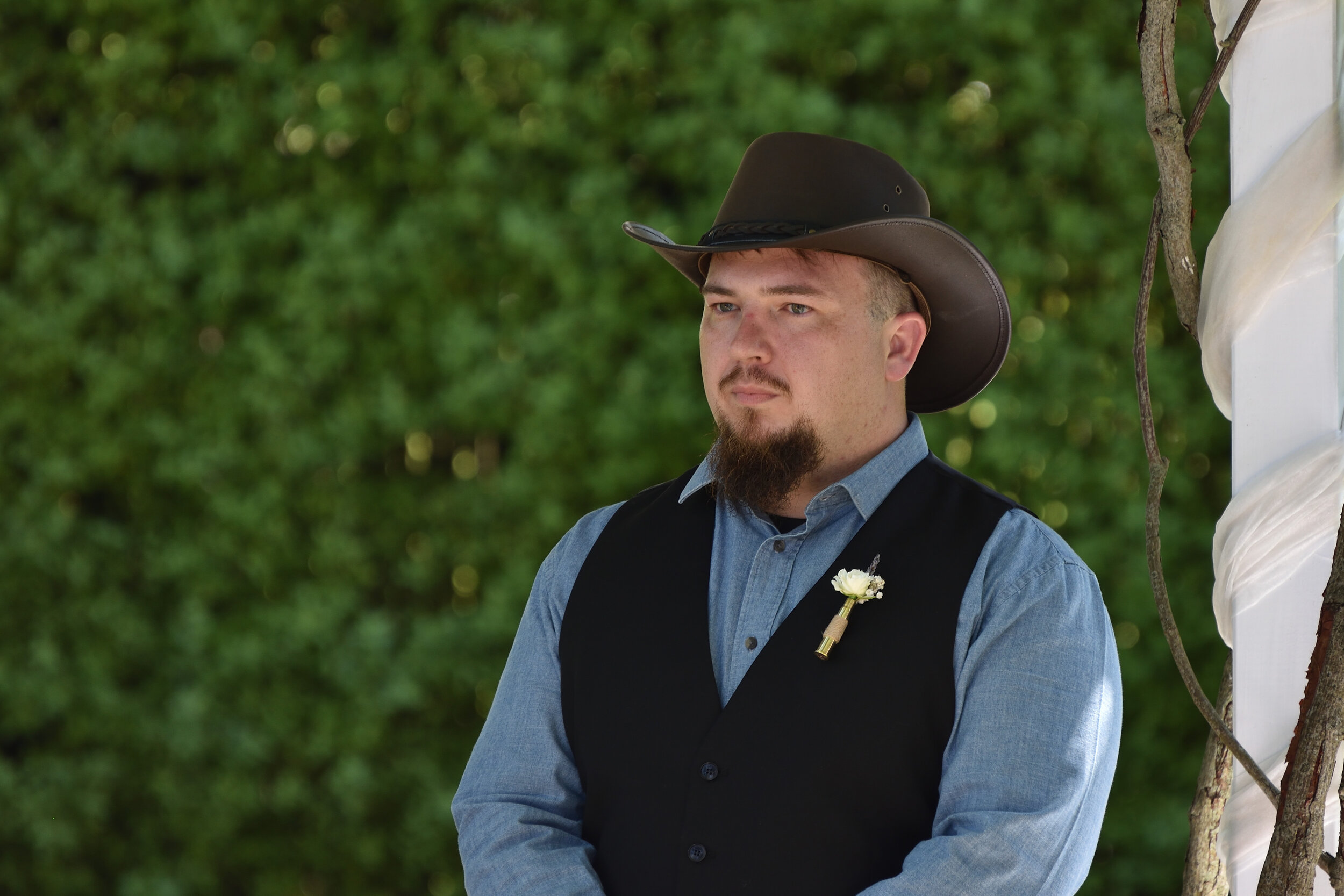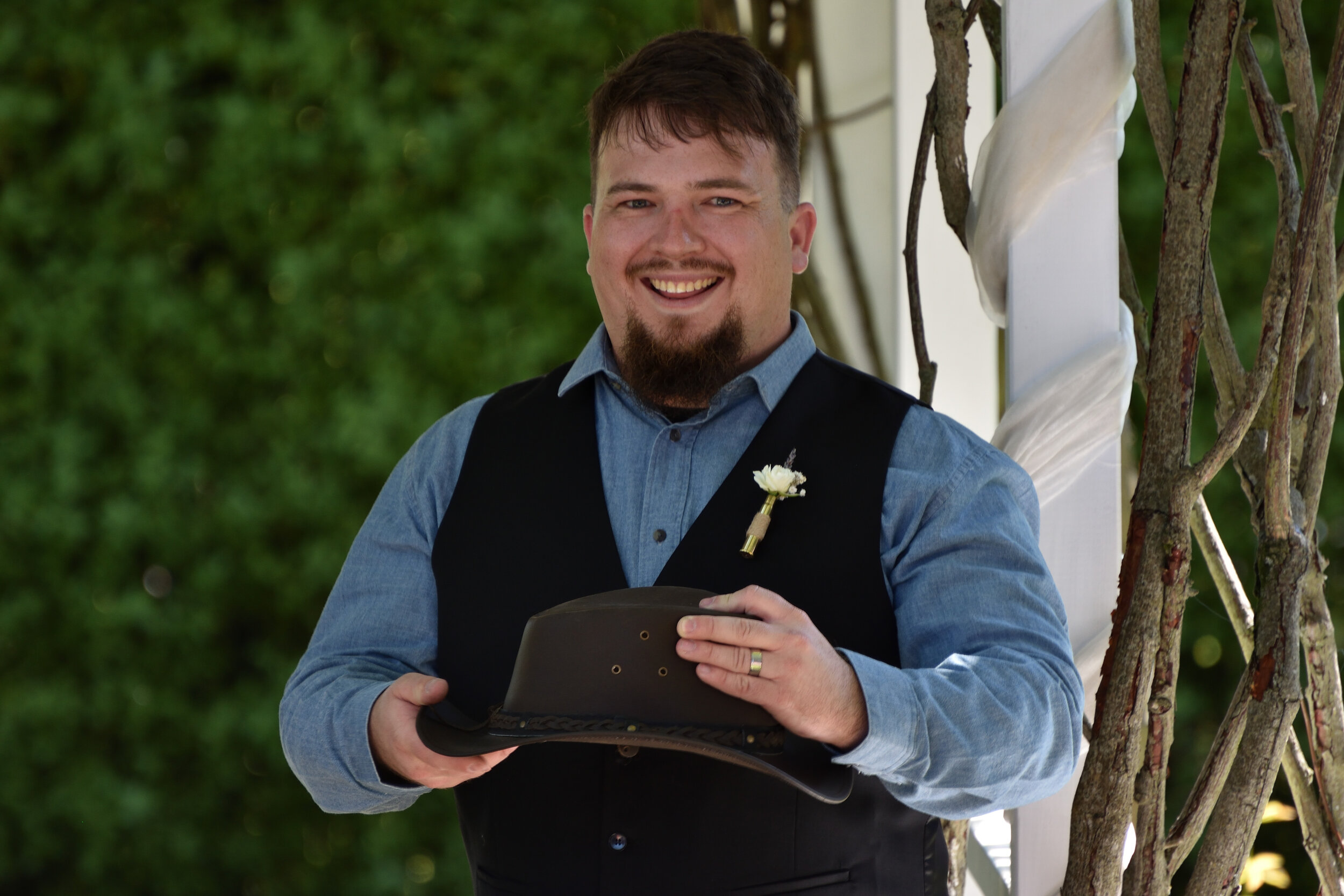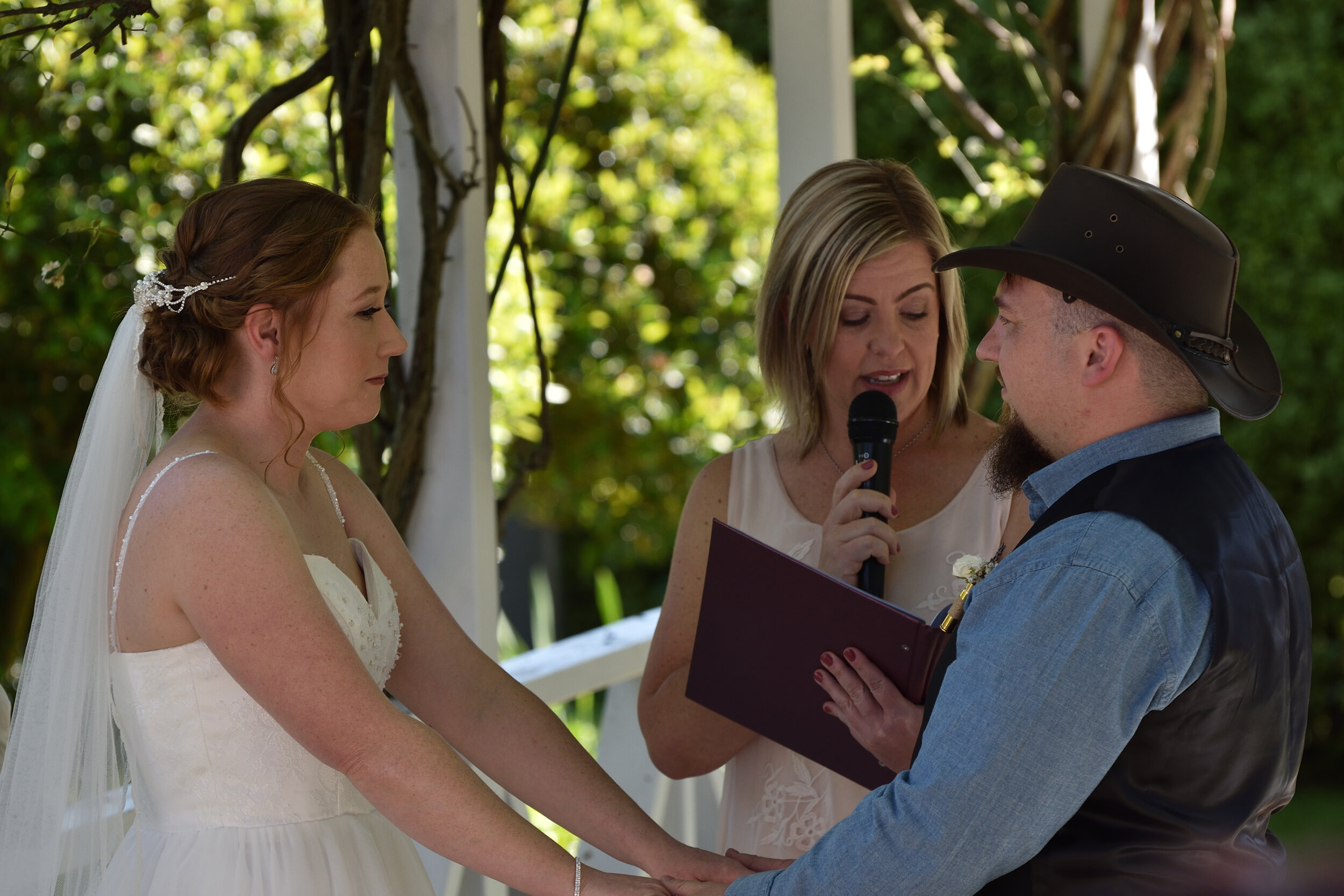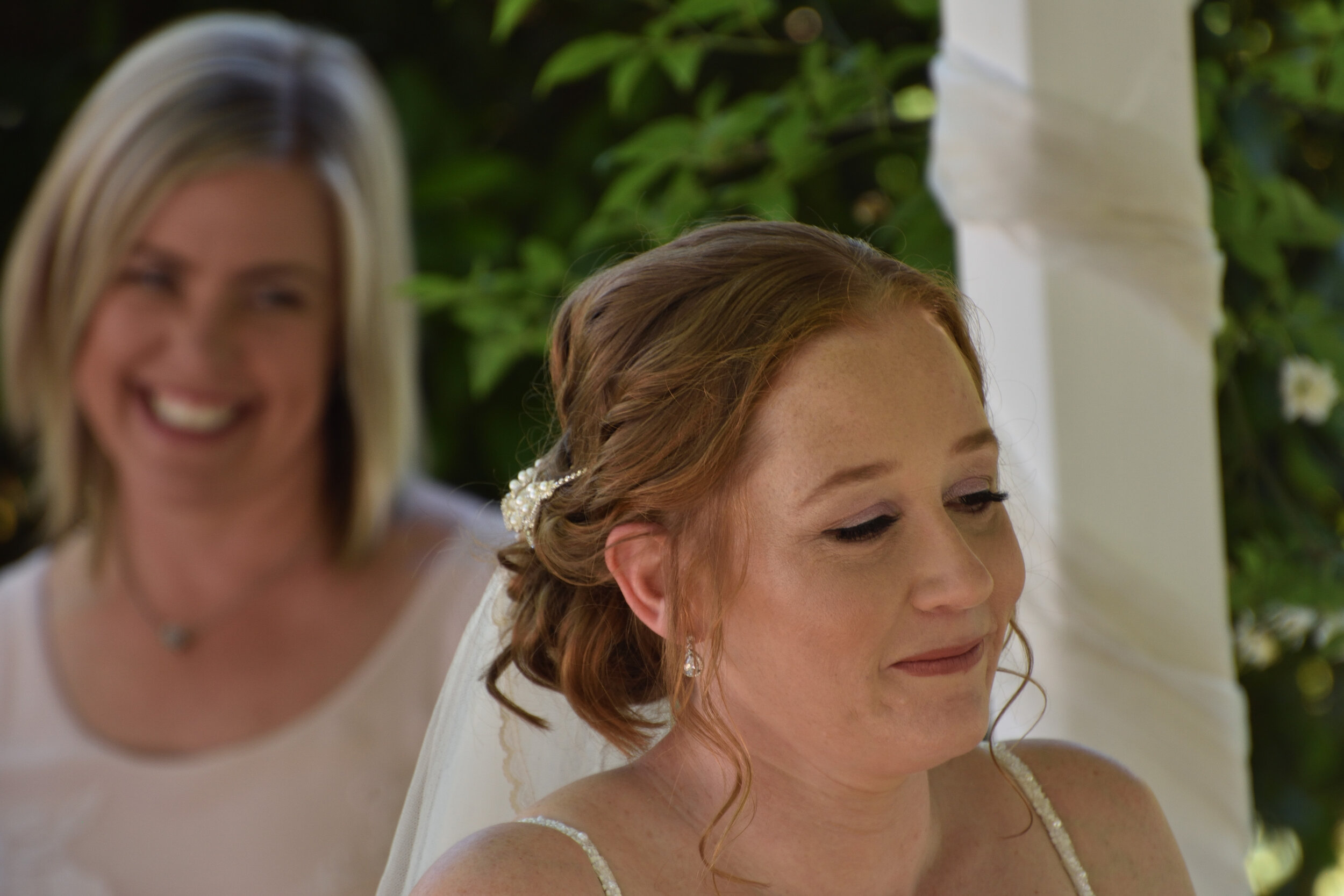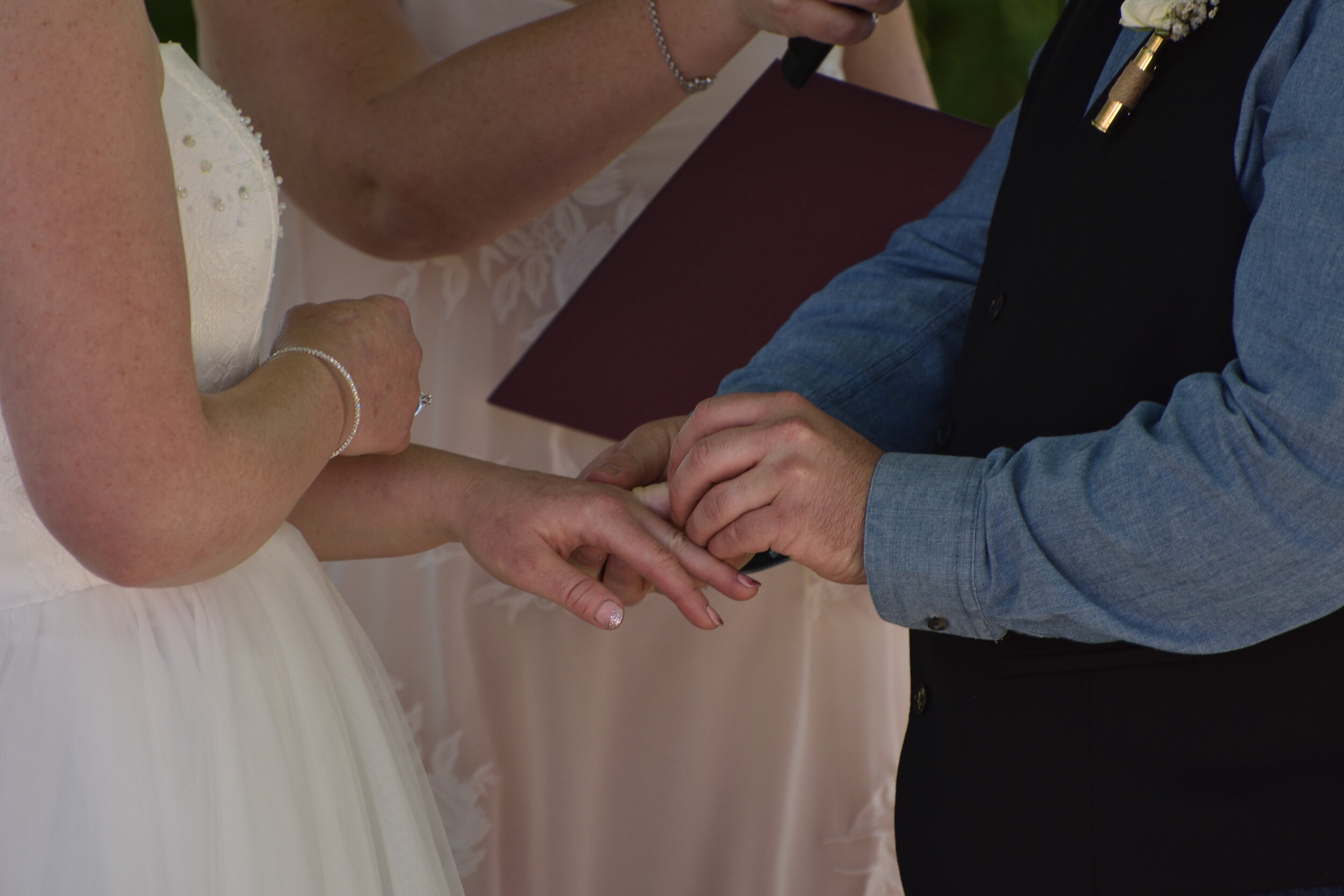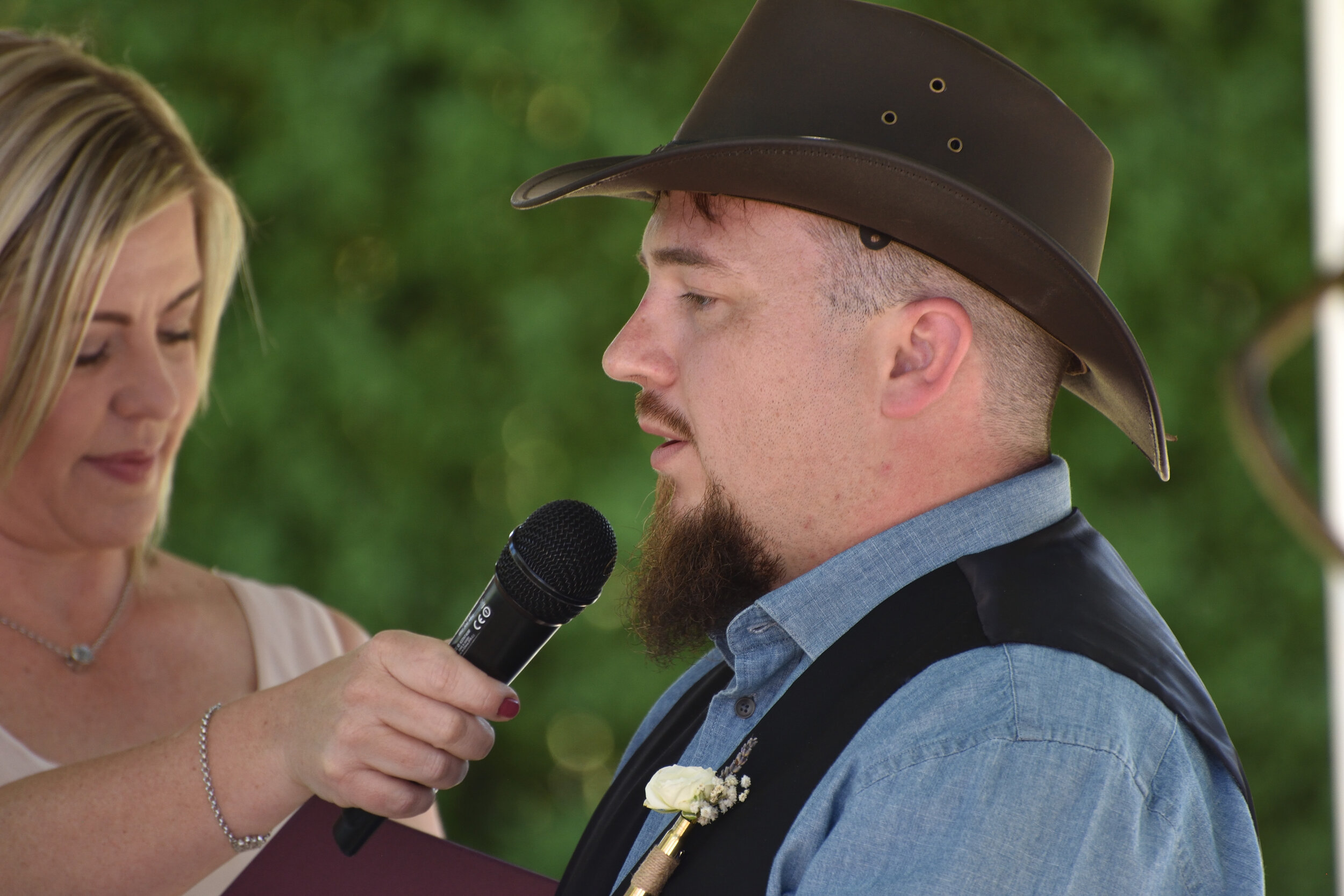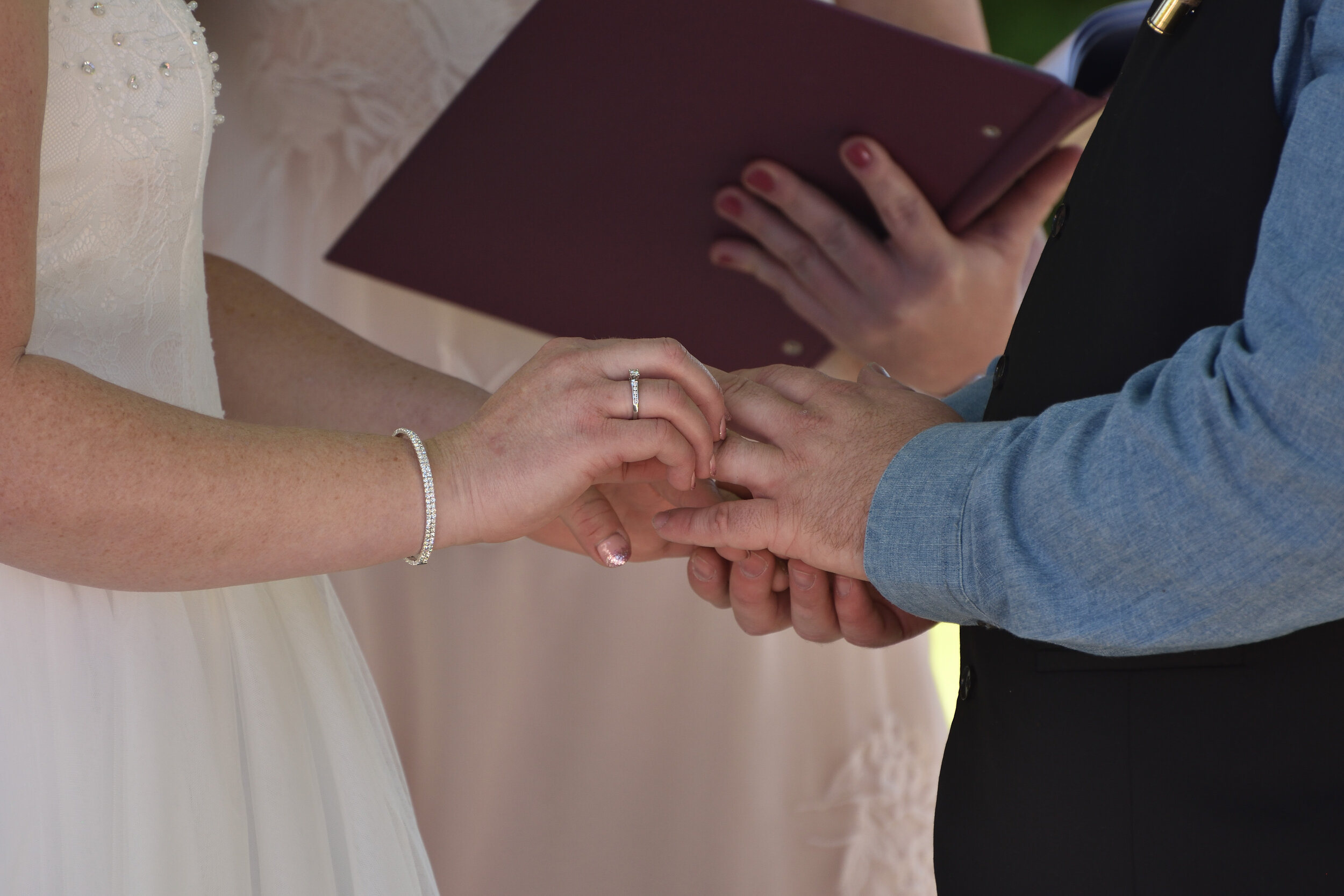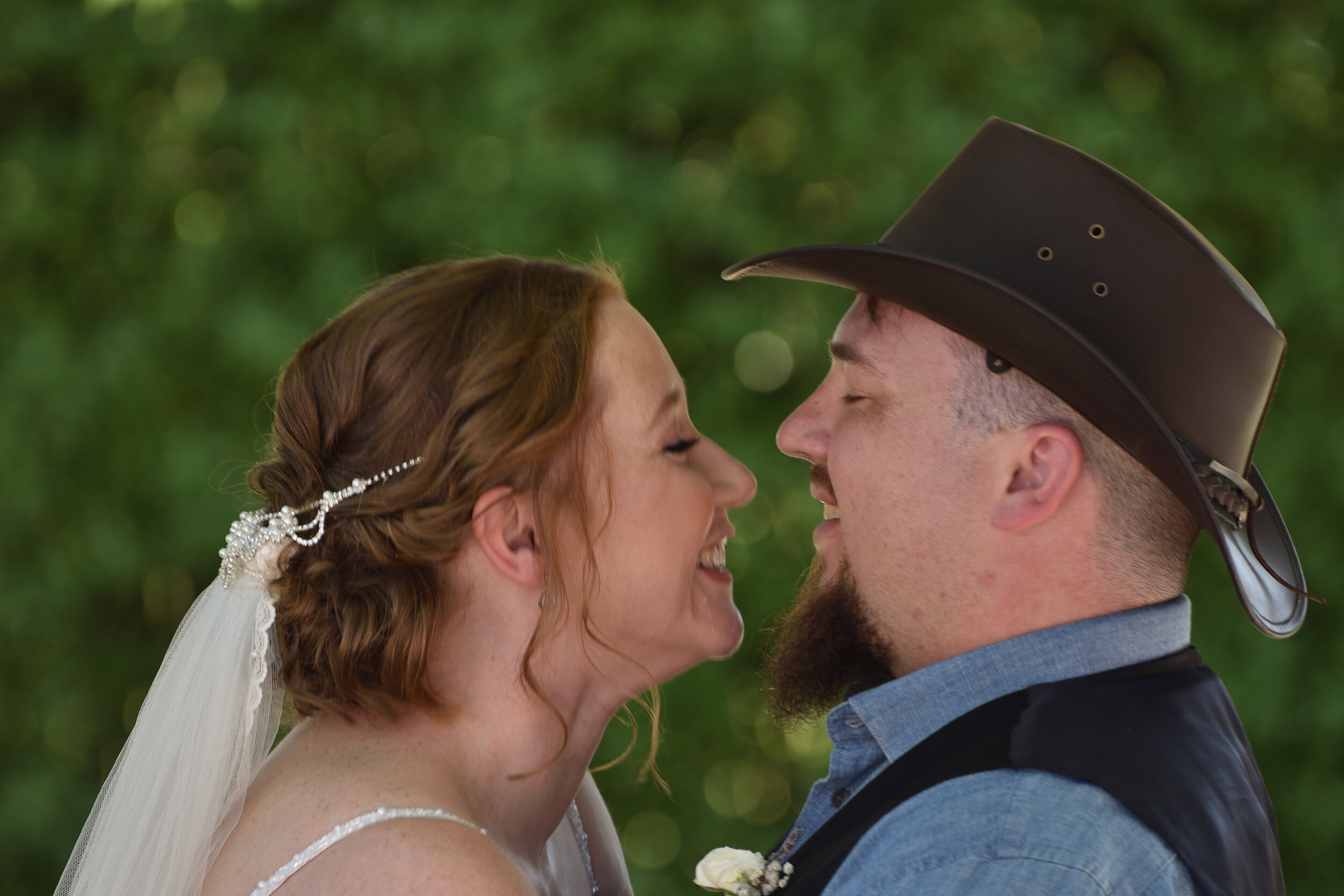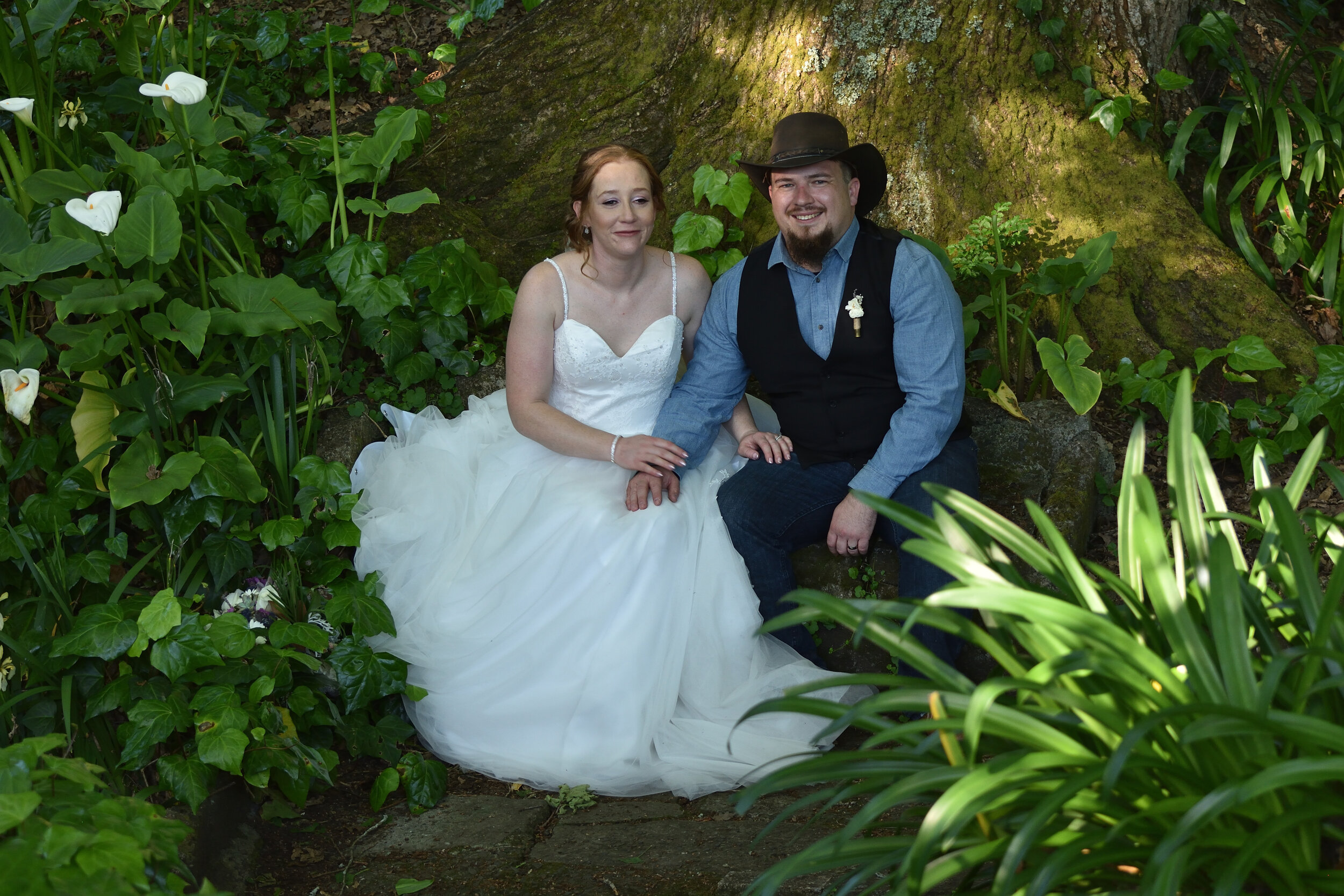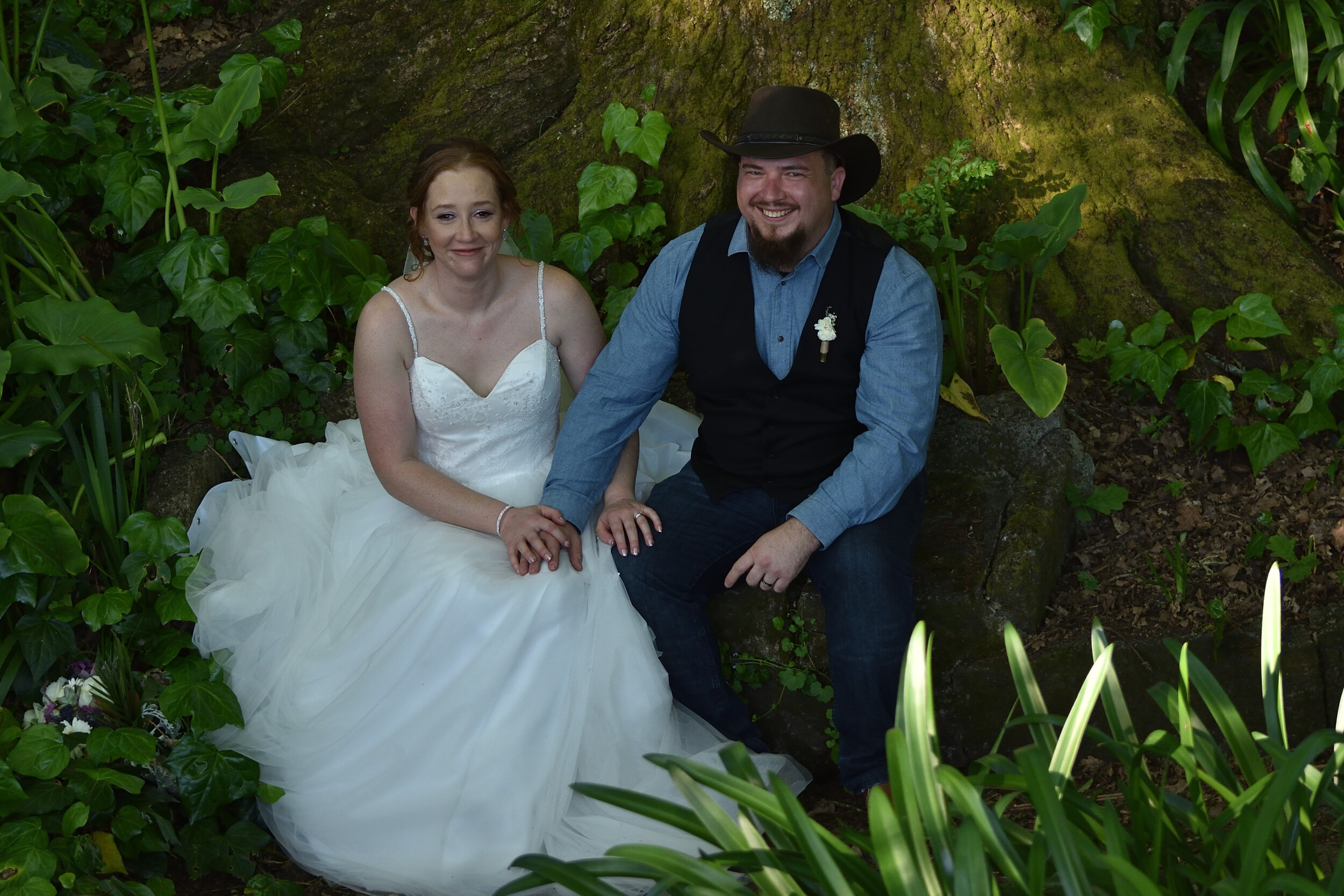Short version: The Nikon 16-80mm VR lens is more than adequate as a wedding photographer’s lens. If you haven’t photographed a wedding before see my article on shooting your first wedding.
Long version: Last Sunday I shot my ‘once a year’ wedding. I used the Nikon 16-80mm f2/8-4.0 VR lens on one D7200 body and the 70-300mm VR on the other. Generally in decent light I see prime lenses as being too restrictive, to me content is more important than that few percent of extra sharpness that nobody could detect without a side-by-side magnified comparison. Of course there is the difference in bokeh or background blur at the wider apertures of a prime but generally I find that with something like wedding photography “people create their own separation” when looking at the images - they don’t notice what they don’t want to see and it’s safer to have more in focus than less. I have probably heard on at least 5 occasions over the years “The photographer had the background all blurry, I couldn’t see what was going on” or “My cellphone takes better pictures, I can see everything in focus” - comments along those lines. This will make the toes of the purists curl but I would rather shoot with the D7200 and an 18-55mm kit lens than be stuck with the best prime on earth on my camera - just for the sheer versatility of a zoom and the fact that the customer will never know the difference between a picture from a prime lens and todays amazing Nikon kit lenses. Accepting of course the fact that for very low lighting a prime is a ‘necessary evil’.
Composition and lighting mean more in an image than ultimate sharpness. On the subject of lighting I’ll add two images showing the difference with and without flash. The little white pavilion where they signed the papers had a nice ceiling to bounce the flash off and make the lighting more attractive - in my opinion.
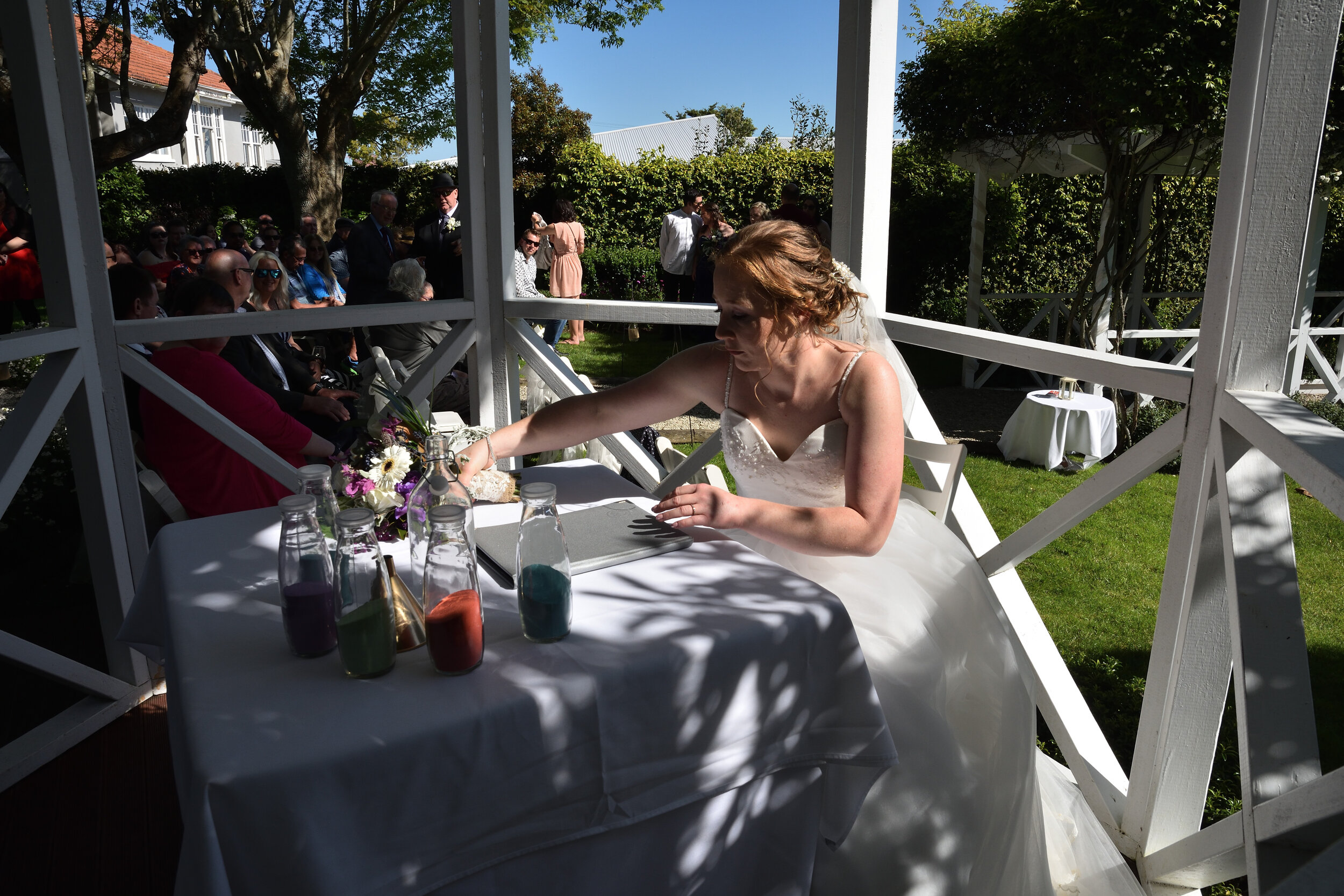

Realistically I’ve shot a wedding with the D7200 and 18-140mm lens and would do so again in a heartbeat for the extra reach - which outweighs the 2mm on the wide end that the 16-80mm lens offers - and the aperture difference isn’t all that amazing - f2/8 at 16mm vs f3/5 at 18mm - half a stop. Anyway I gave my wife the 18-140mm lens on the D7100 for back-up photos and , as always I had a third shooter with a full frame panasonic and 24-120mm lens. There’s always someone willing to shoot for free to gain some experience and I always post a notice on the facebook groups making that opportunity available as a win-win situation. They get to practice at a wedding and I get another thousand or so back-up photos.
Did I mention how versatility trumps ultimate sharpness? Being able to go from 16mm to 80mm in seconds makes for more variety in the photos and less cropping later on.
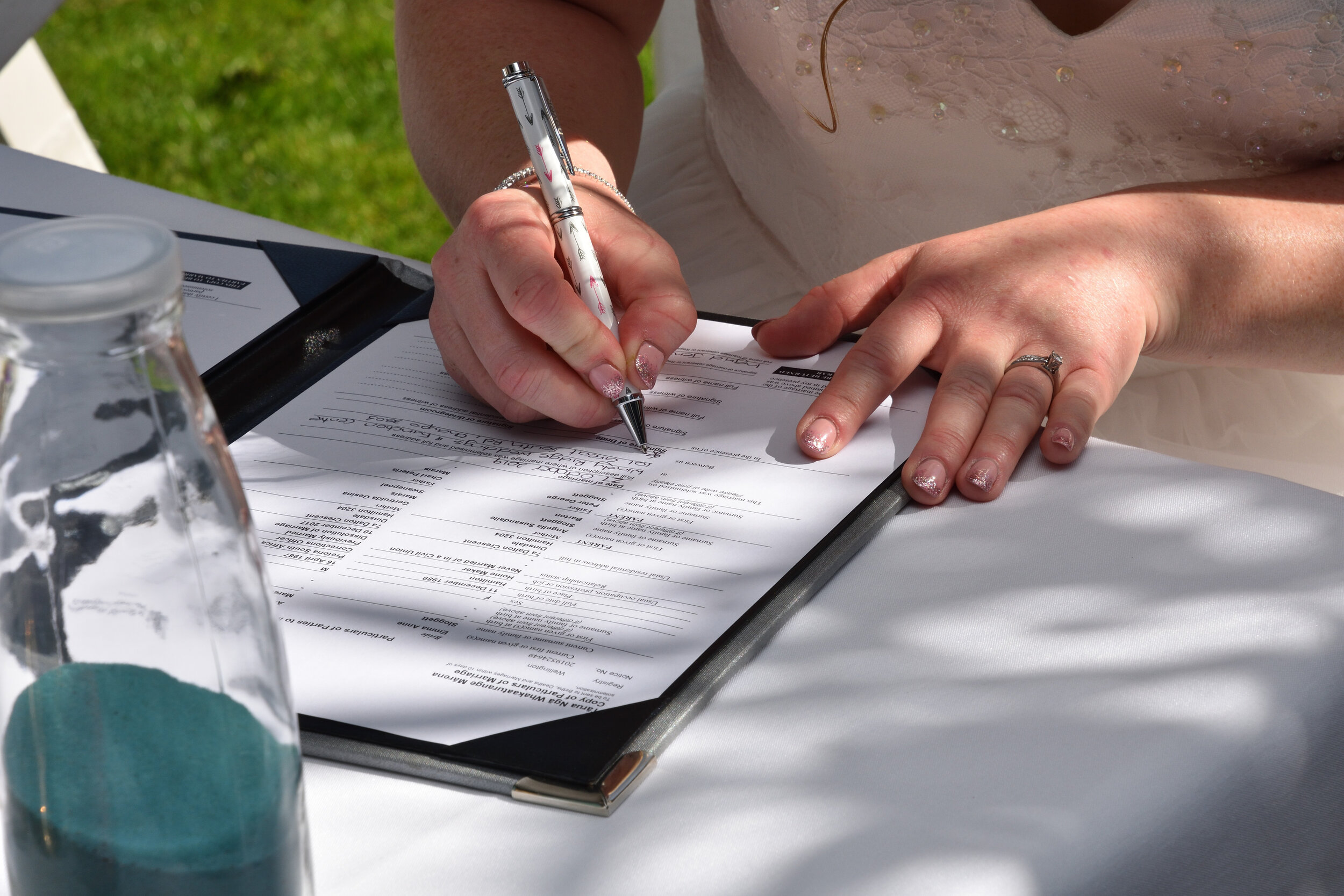

Due to the sensitive nature of the work of the groomsmen and some of the guests I am limited as to the variety of photos I can share so the pictures will not show the full variety of the day but I’ll do my best and add what I can to the gallery. I don’t claim to be a professional or that these are award winning images, then again not many of the pictures that the customers love are competition winners. But here is a selection of photos taken with the 16-80mm kit, many of them include the use of direct flash in the outdoors photos and bounce flash indoors.
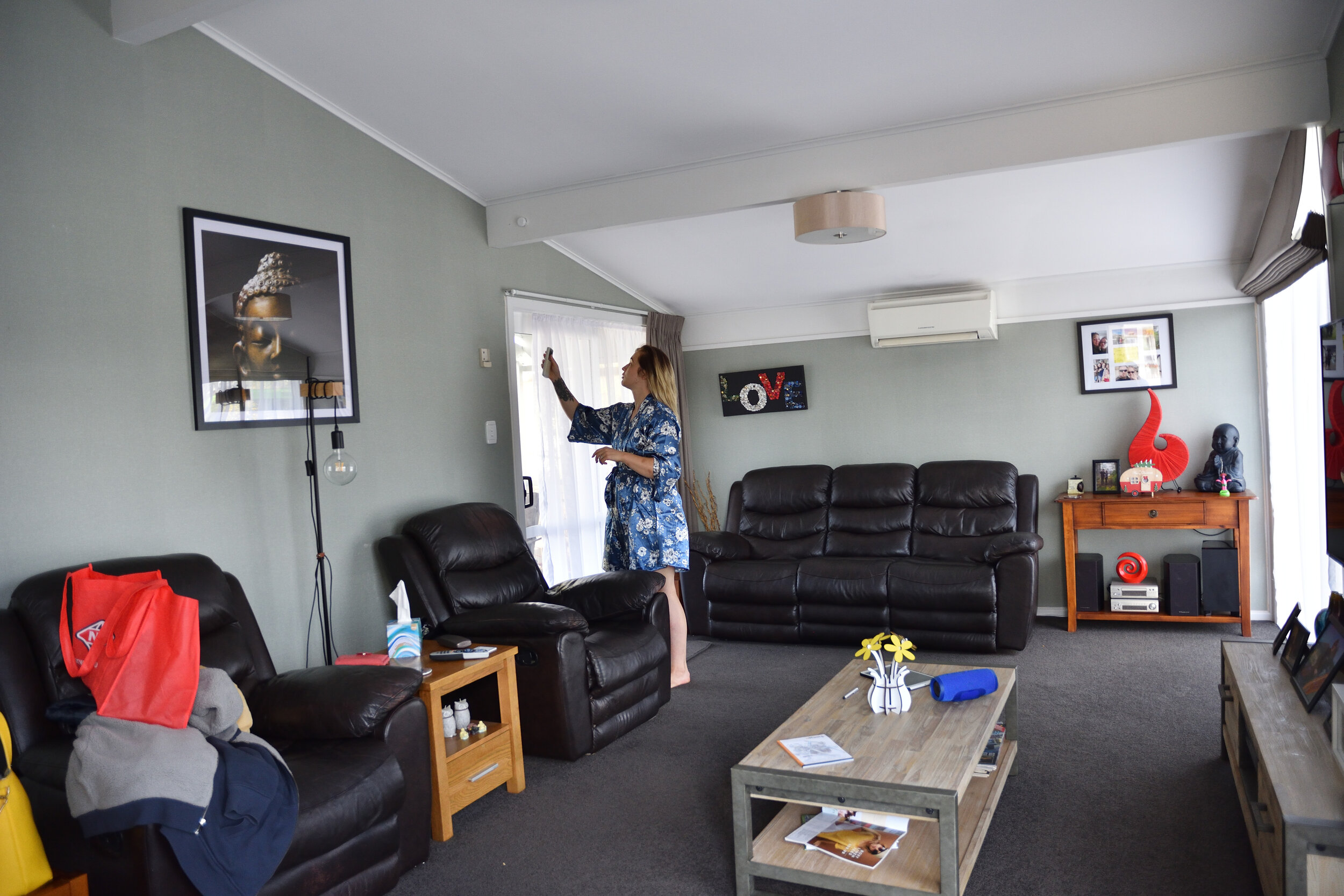
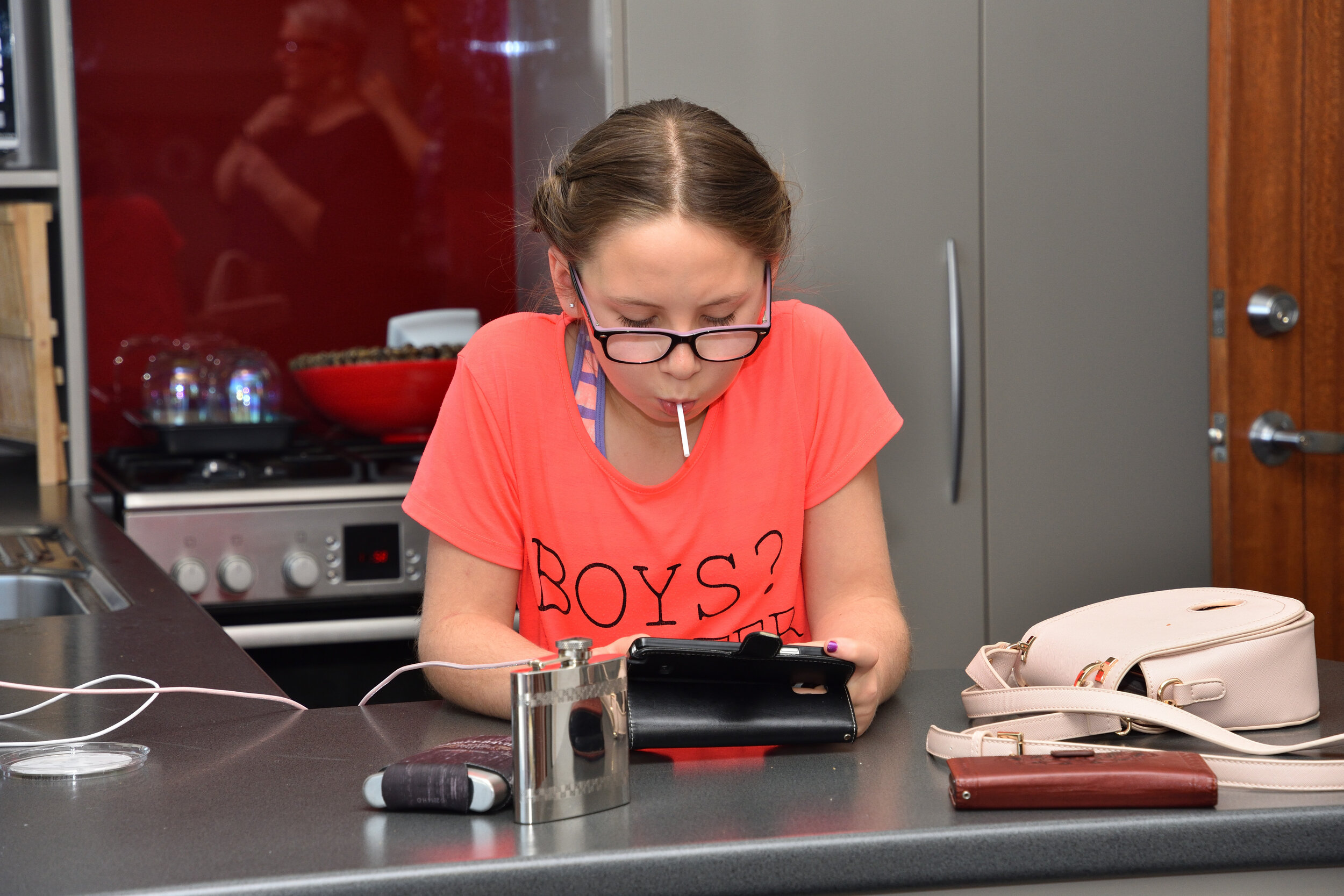
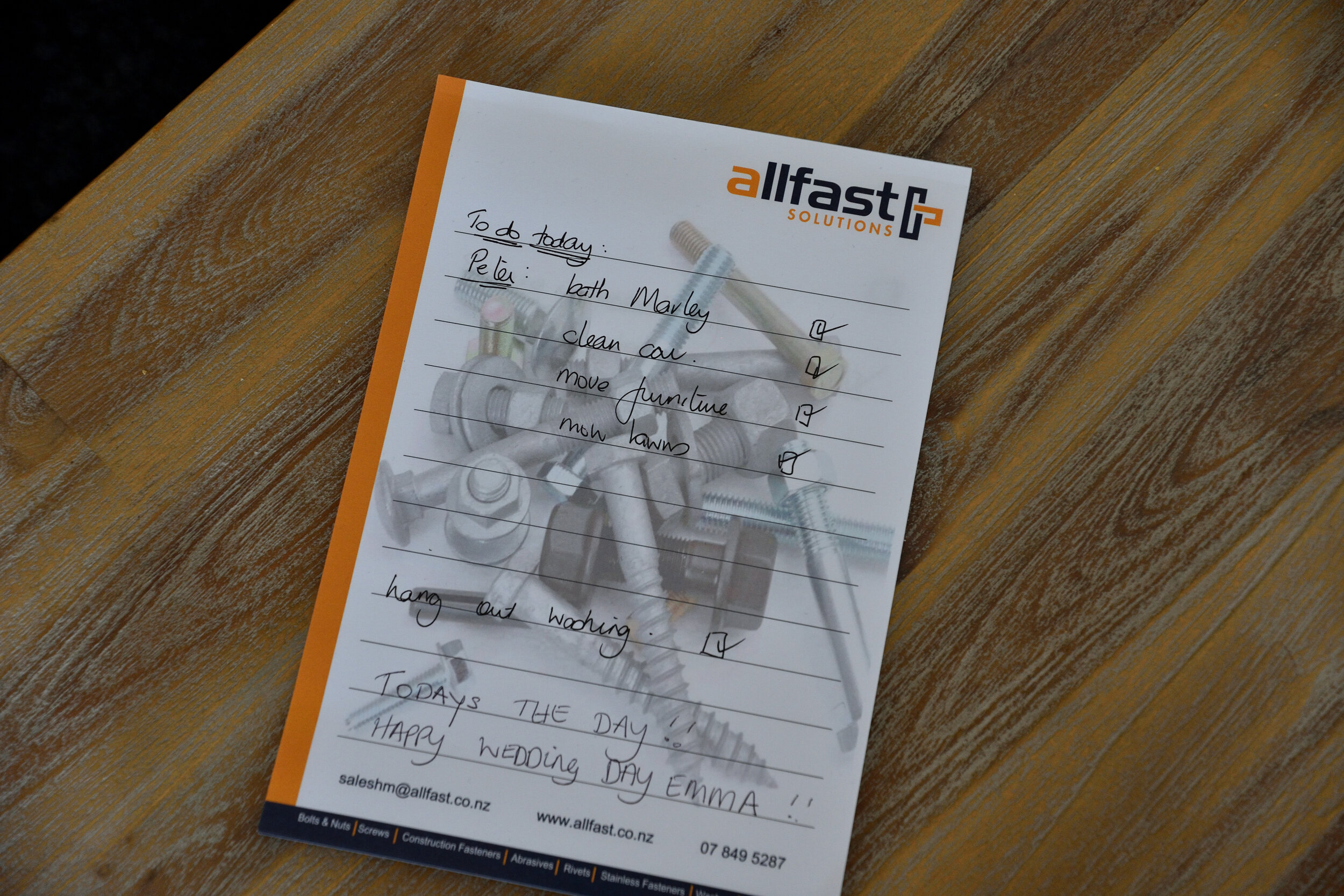
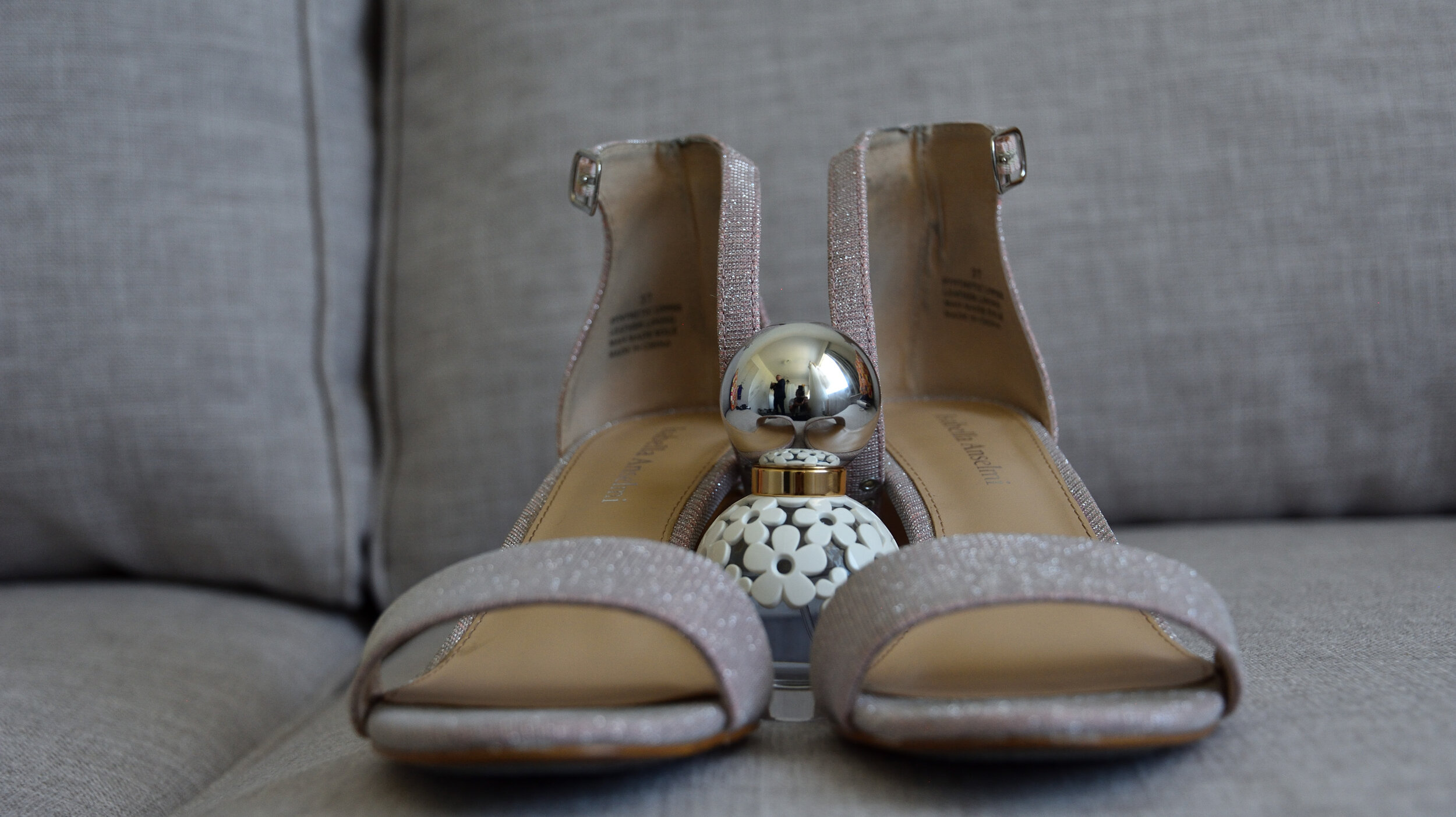
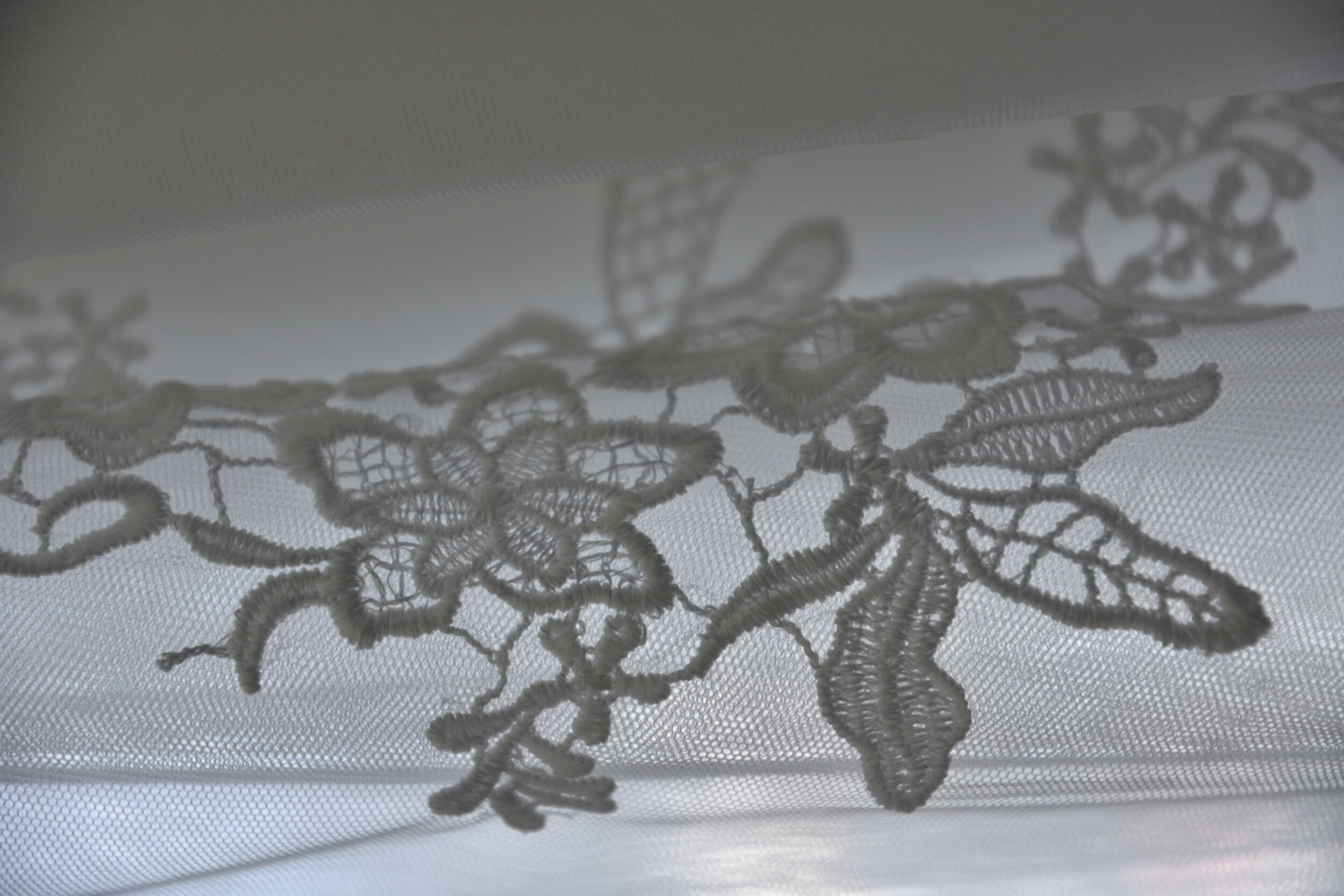
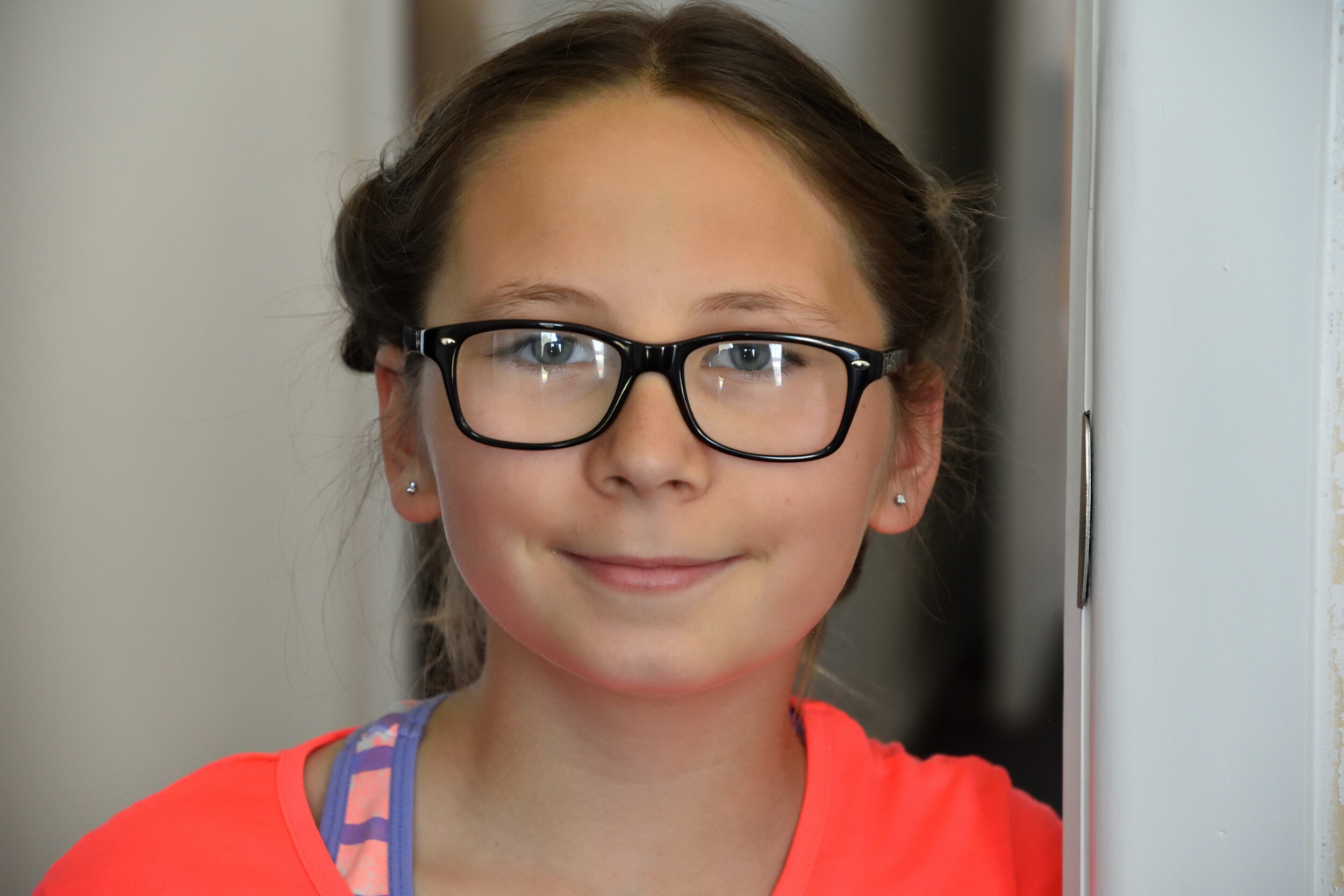
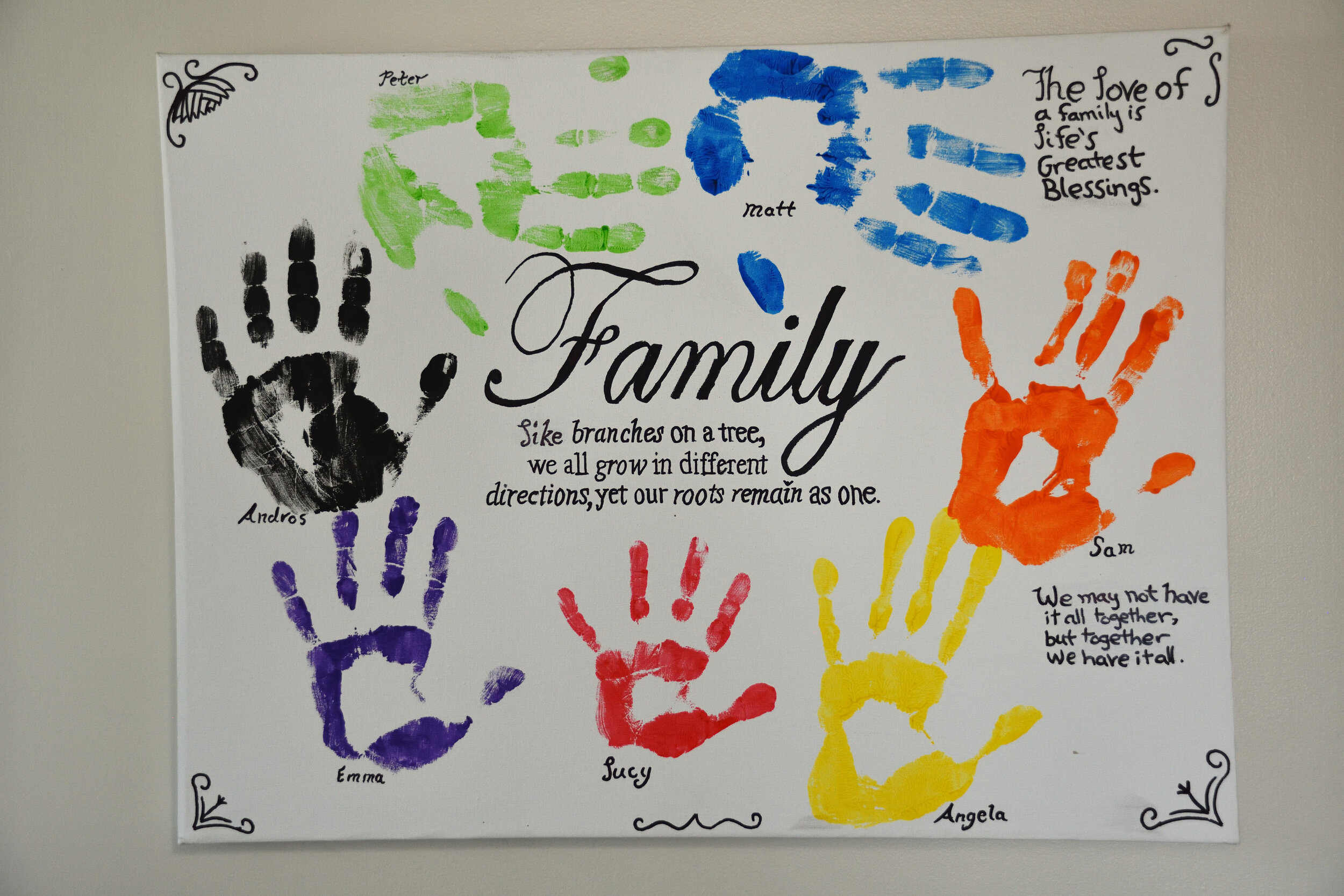
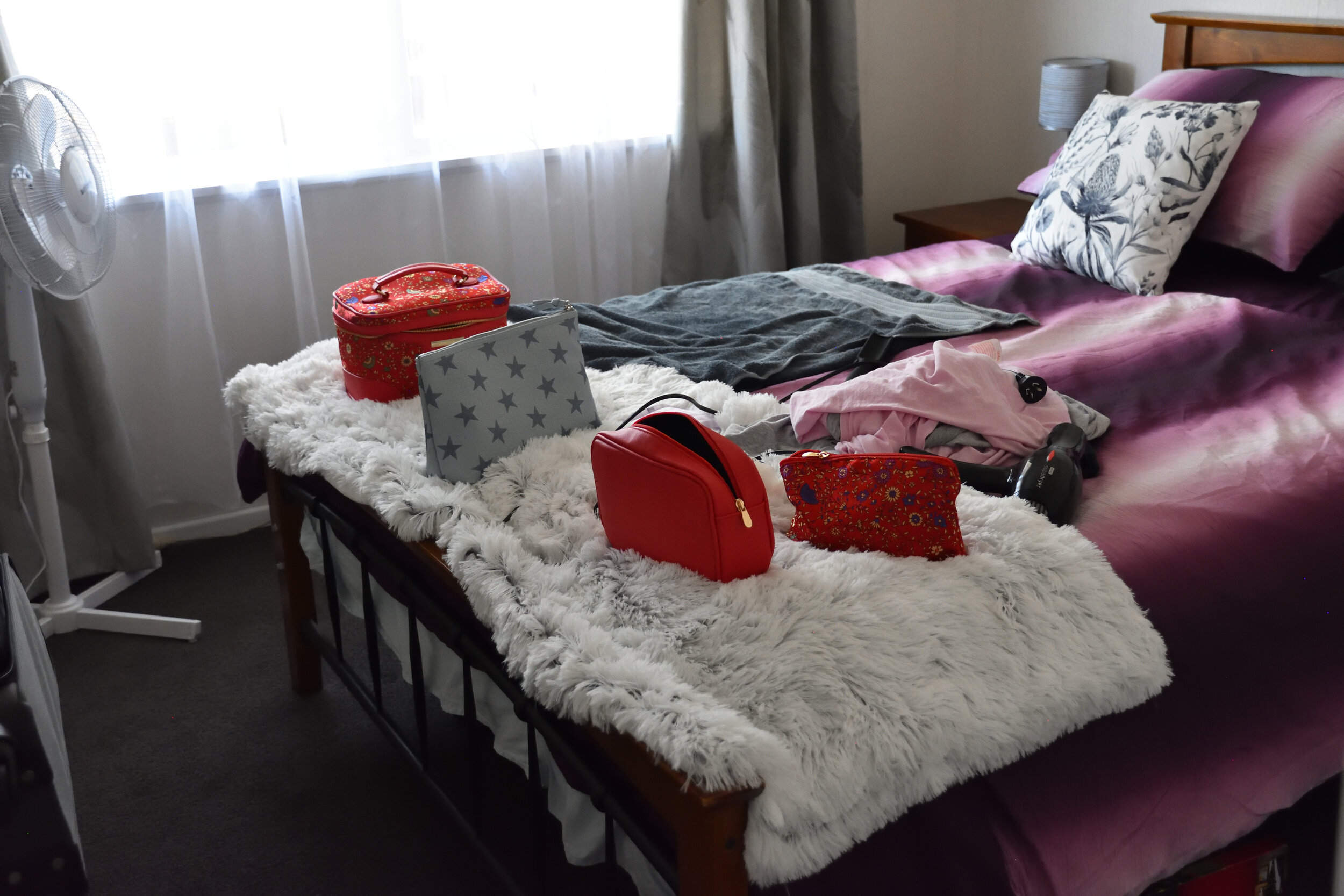
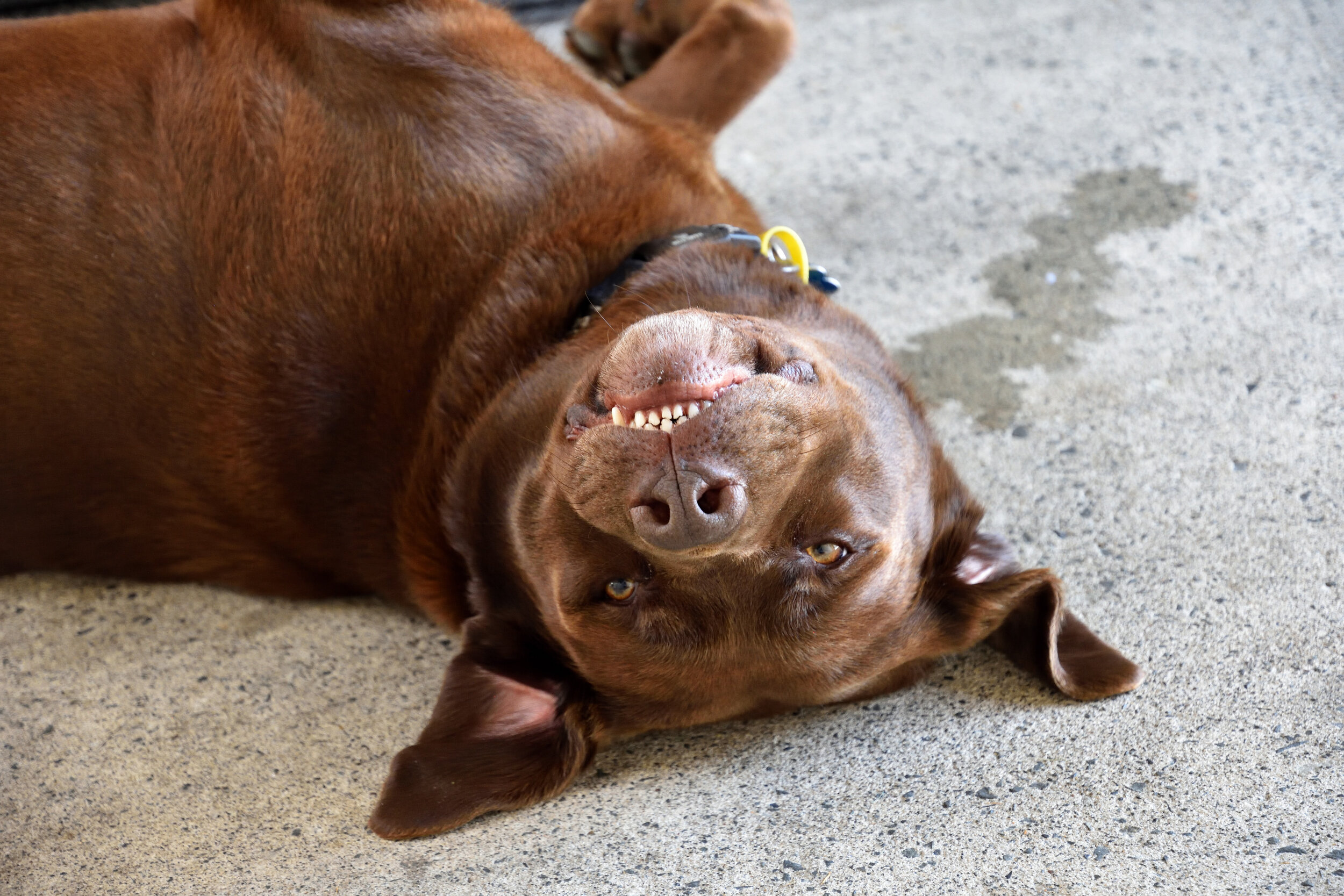

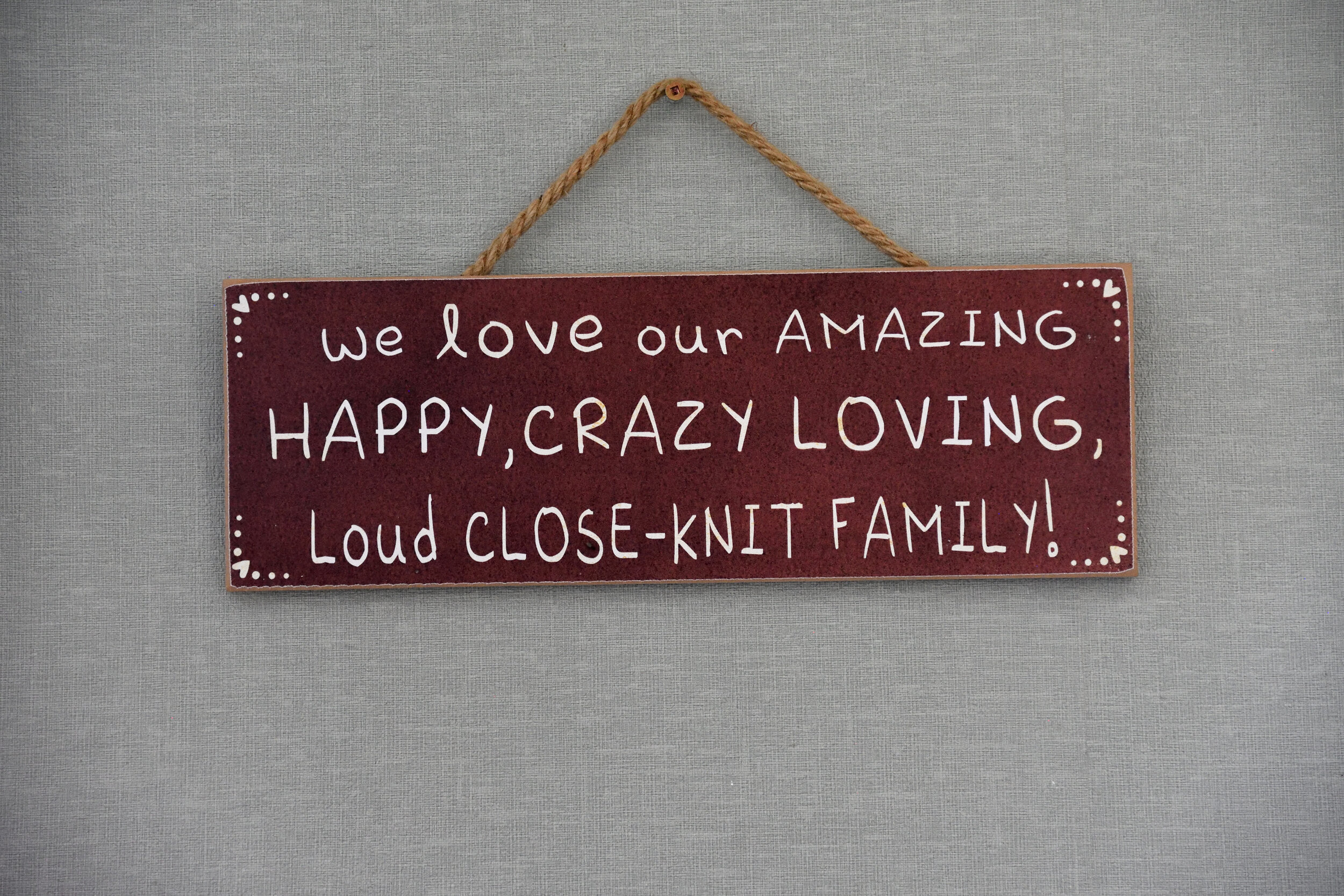
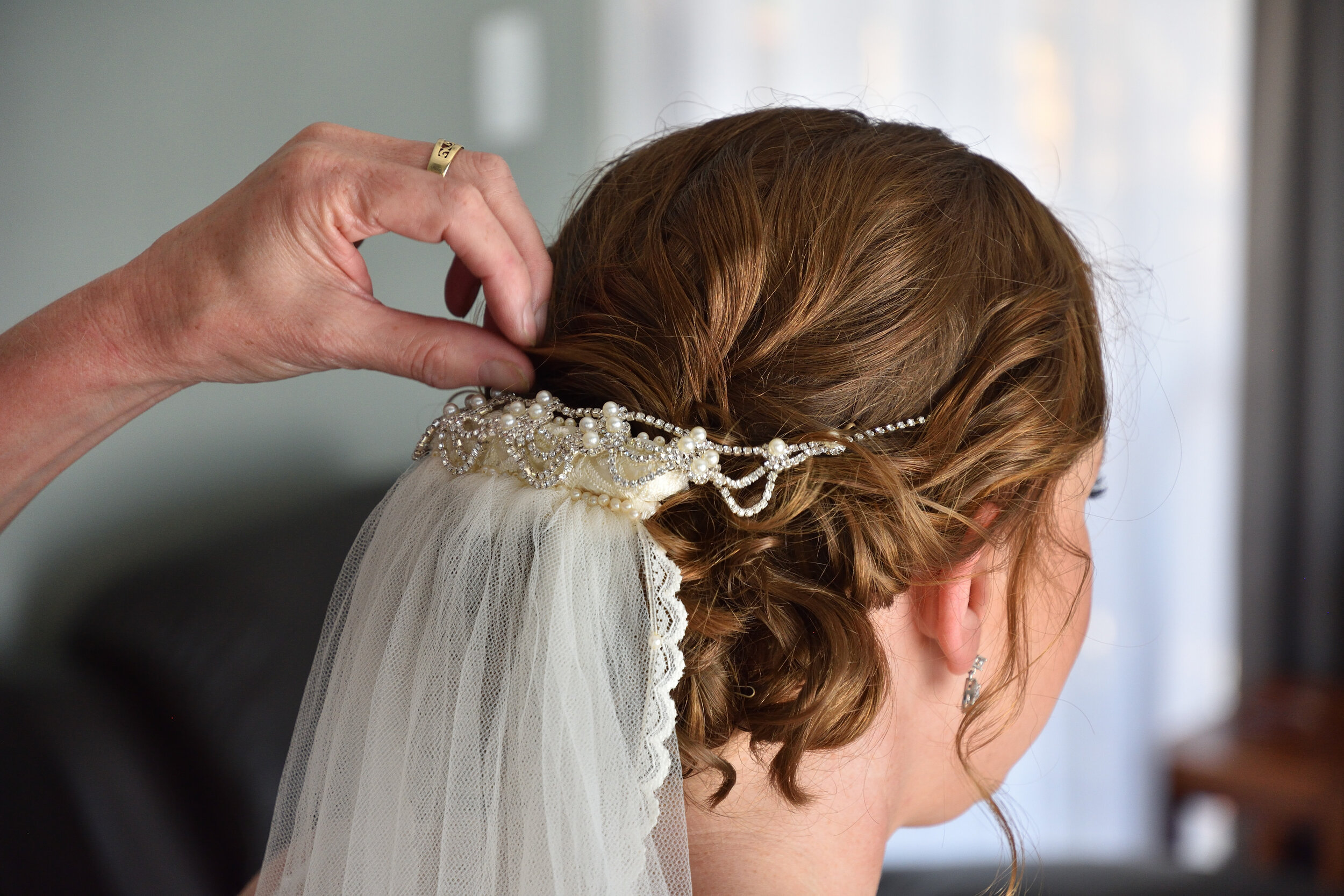
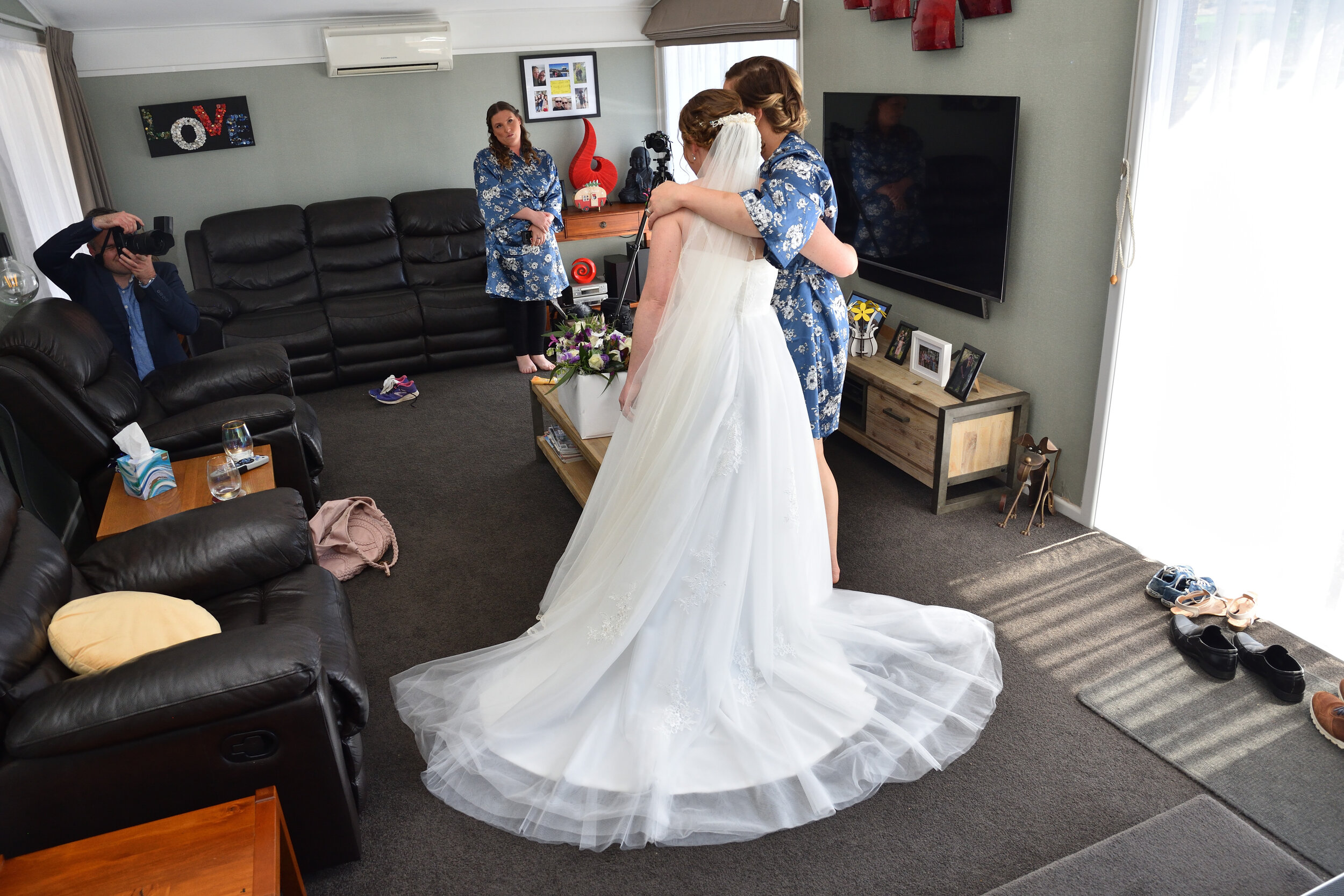
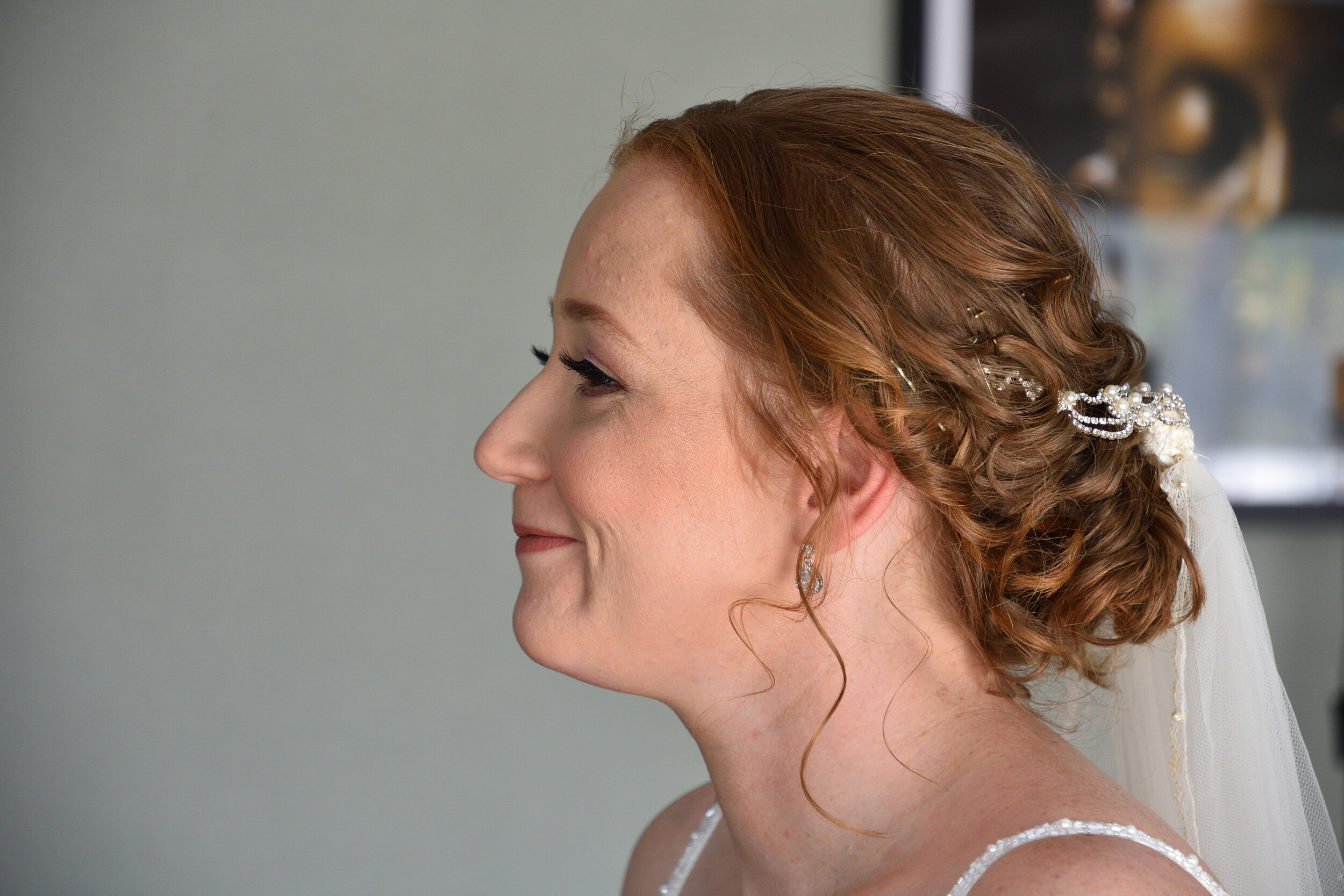
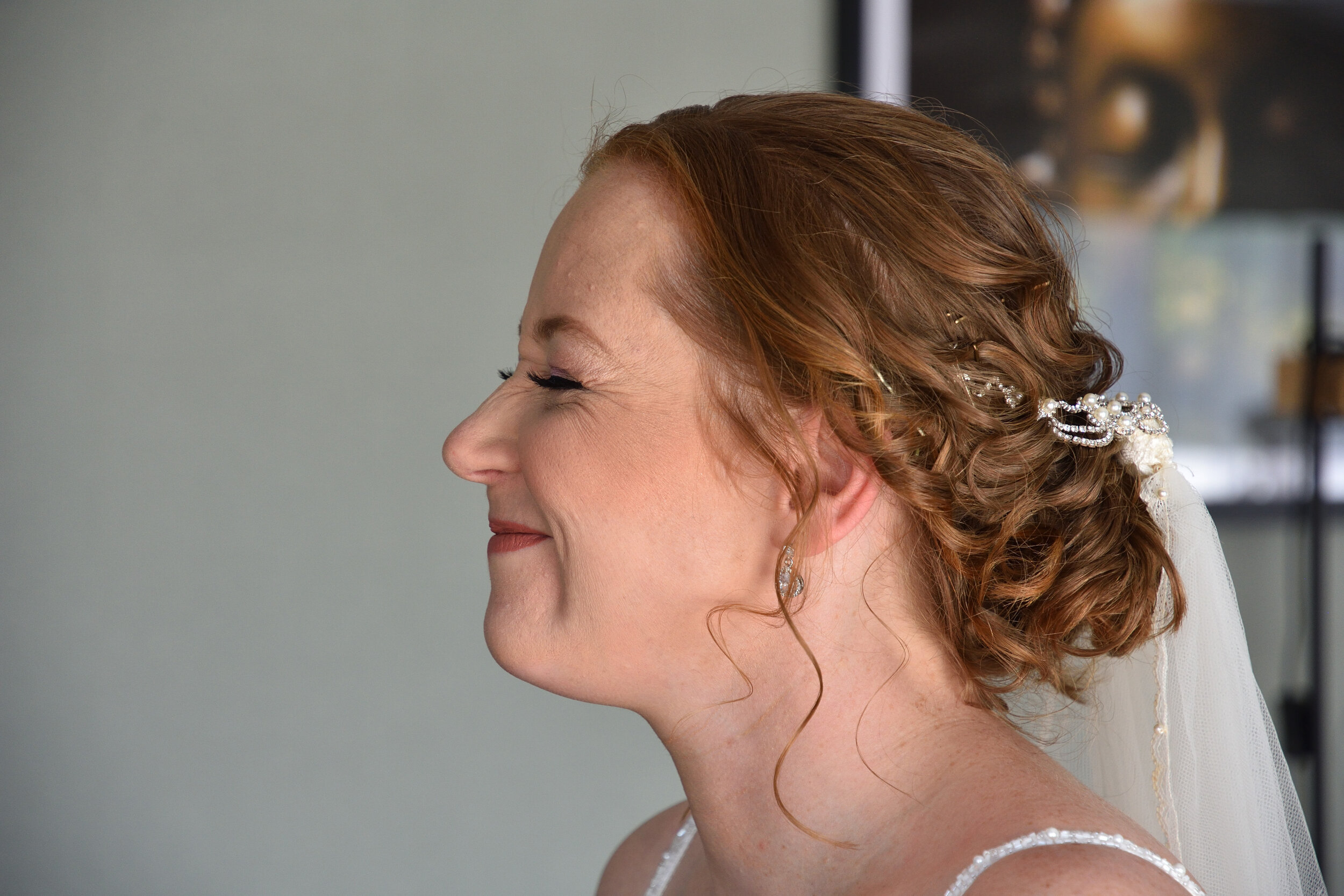
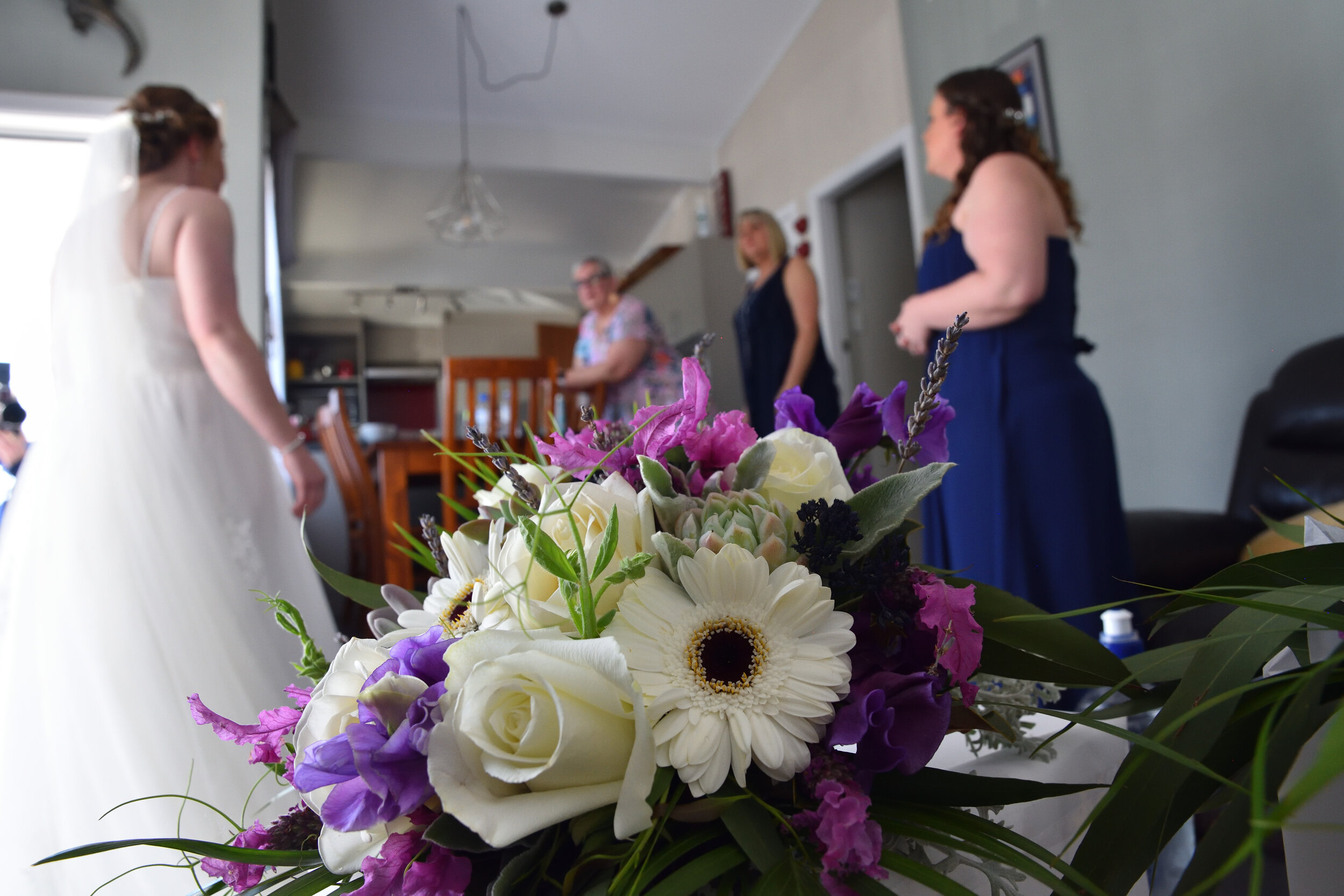
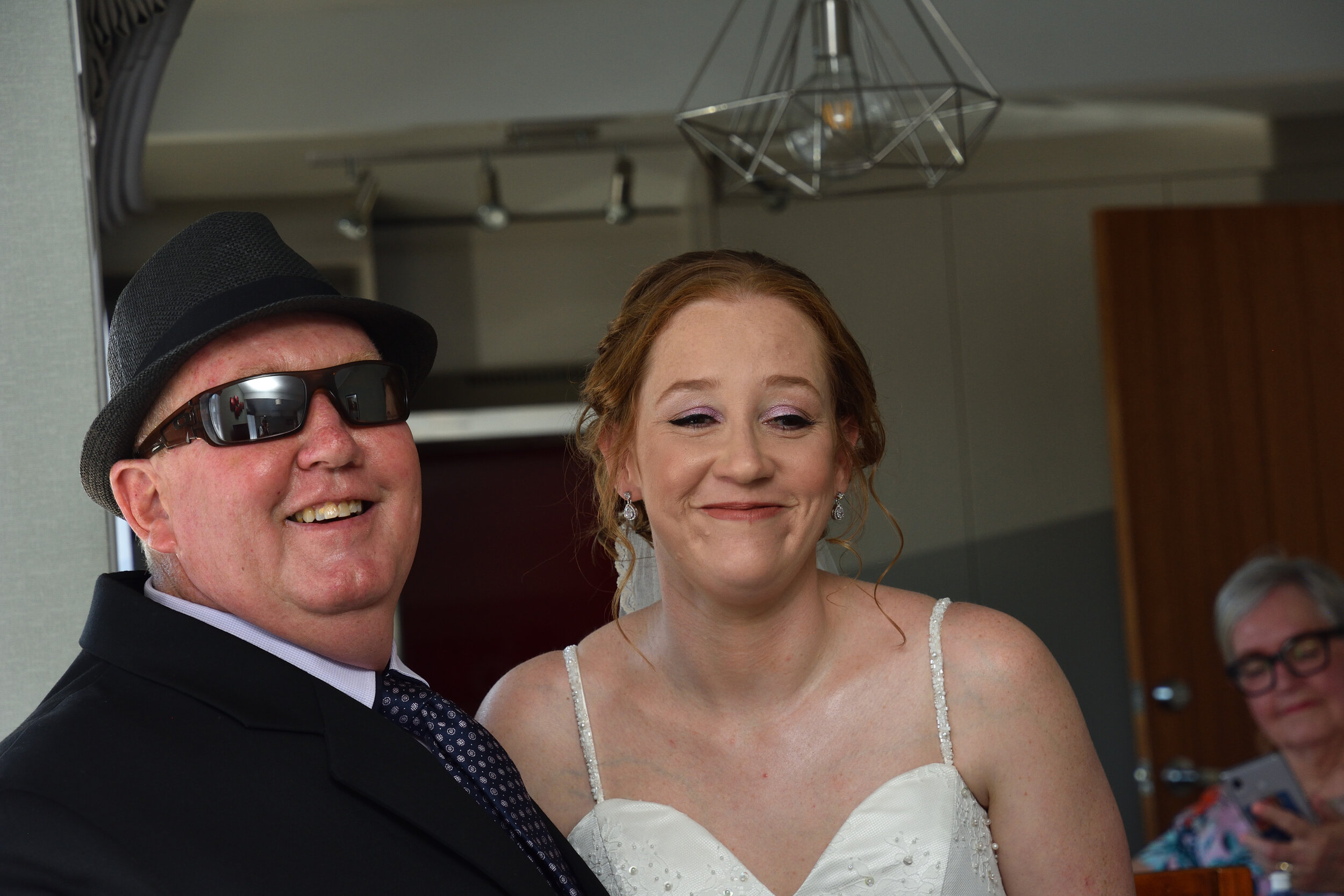

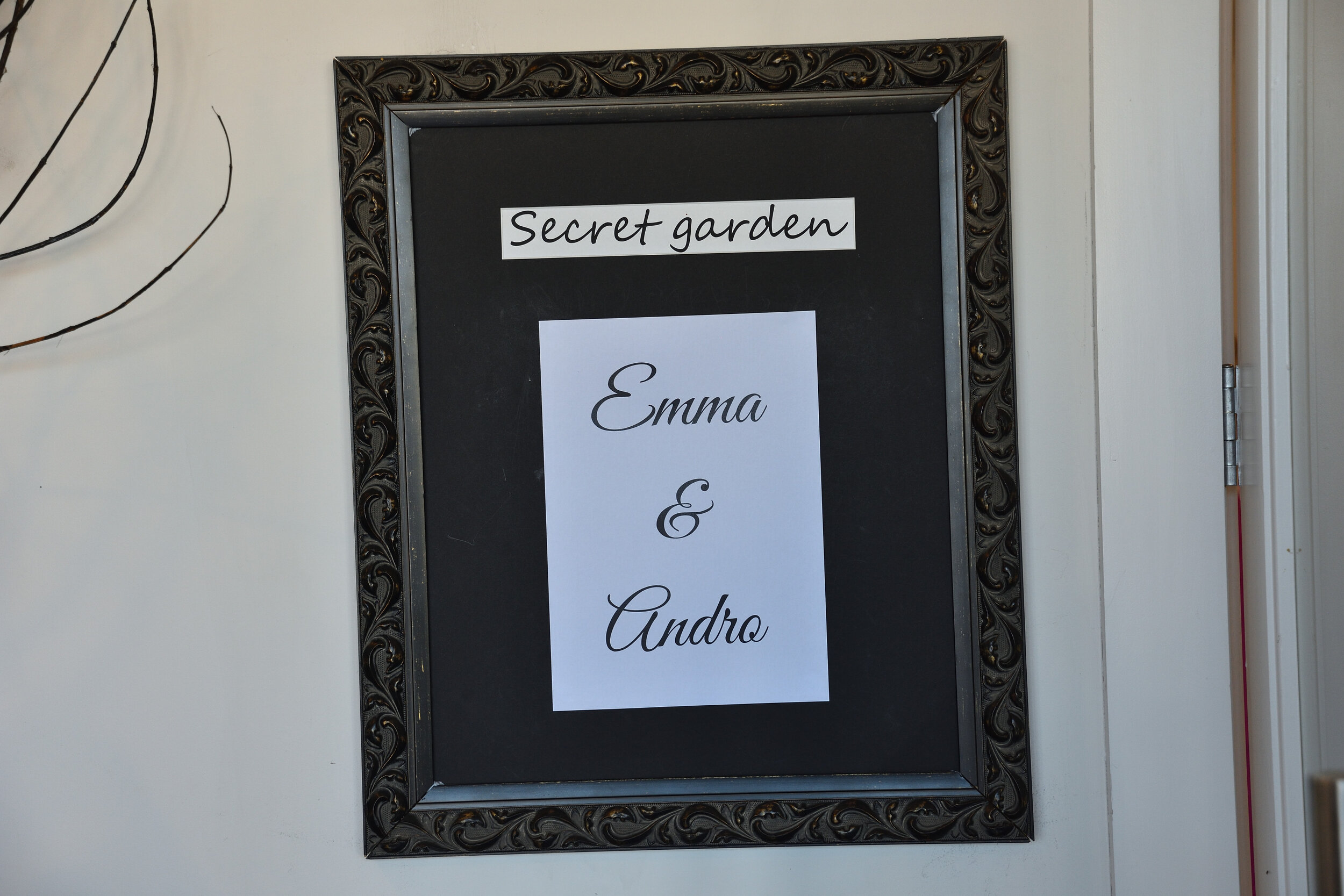

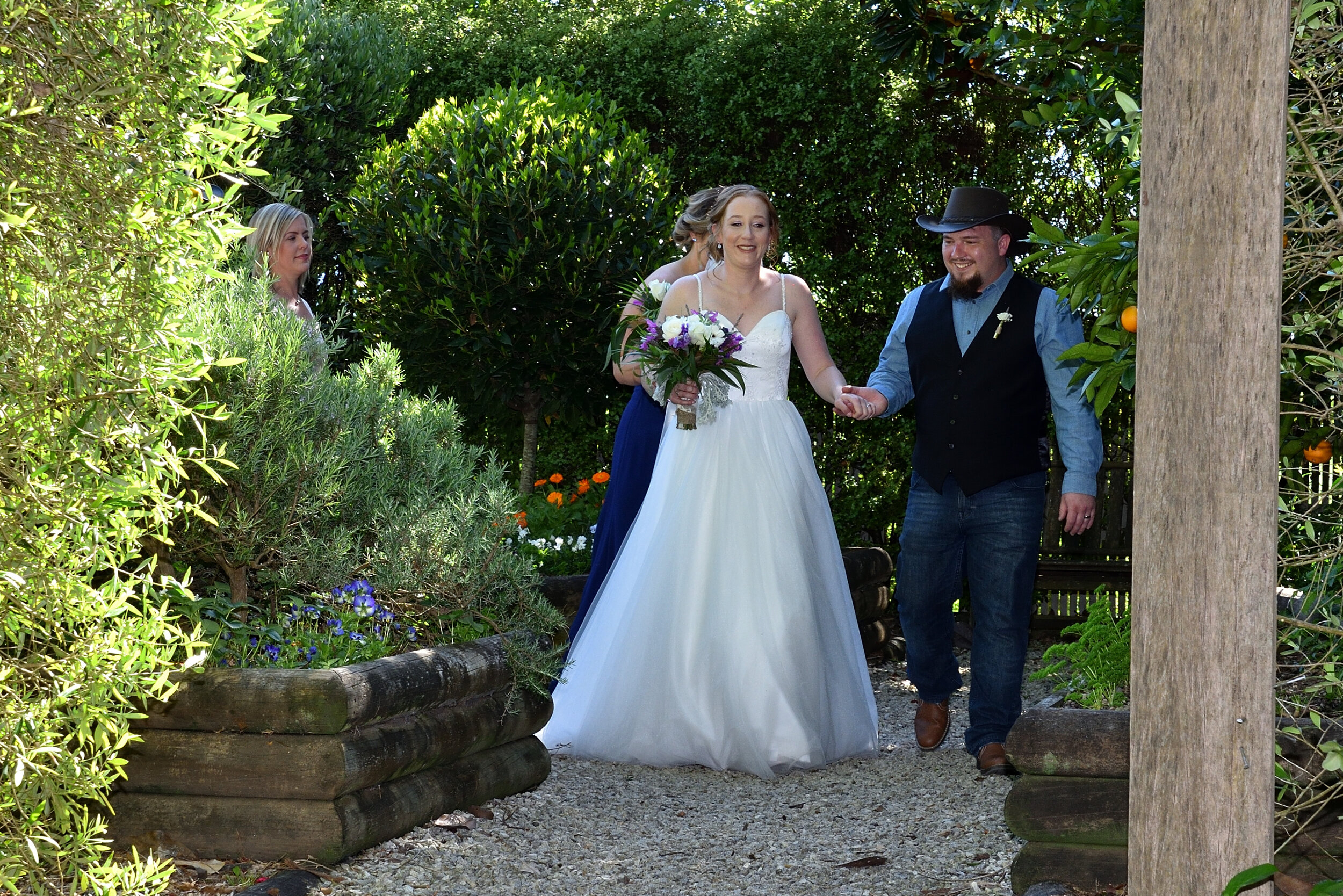
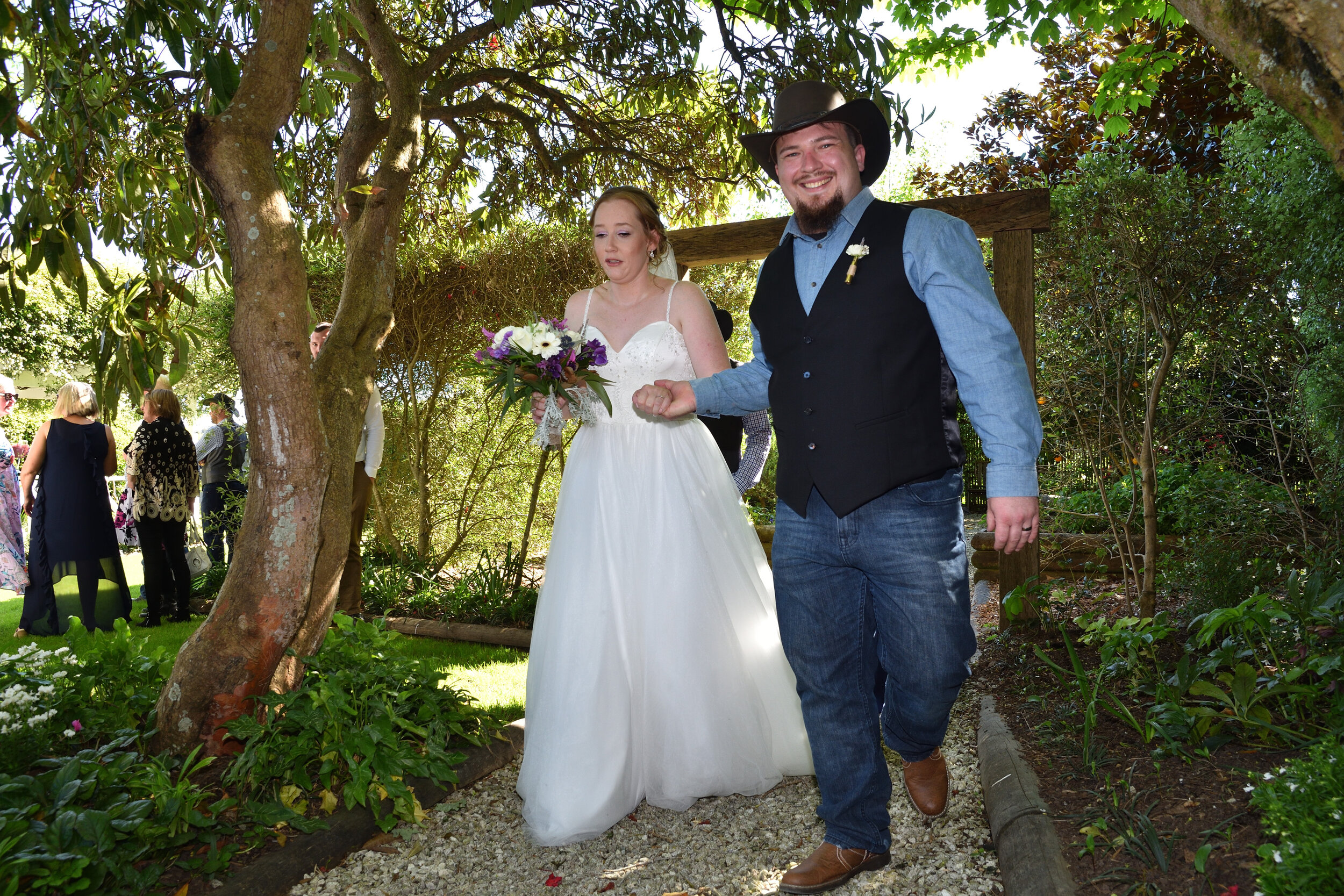
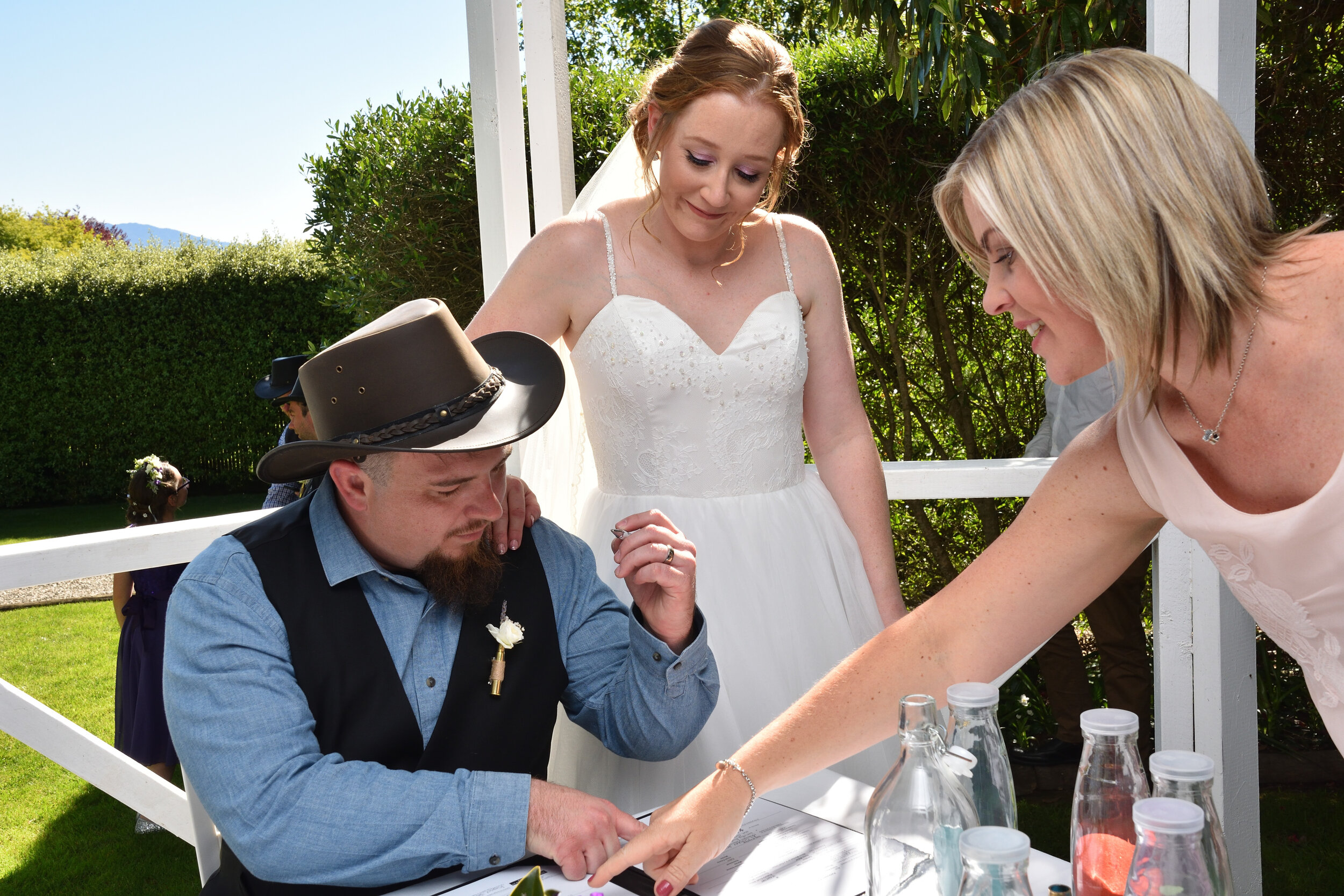
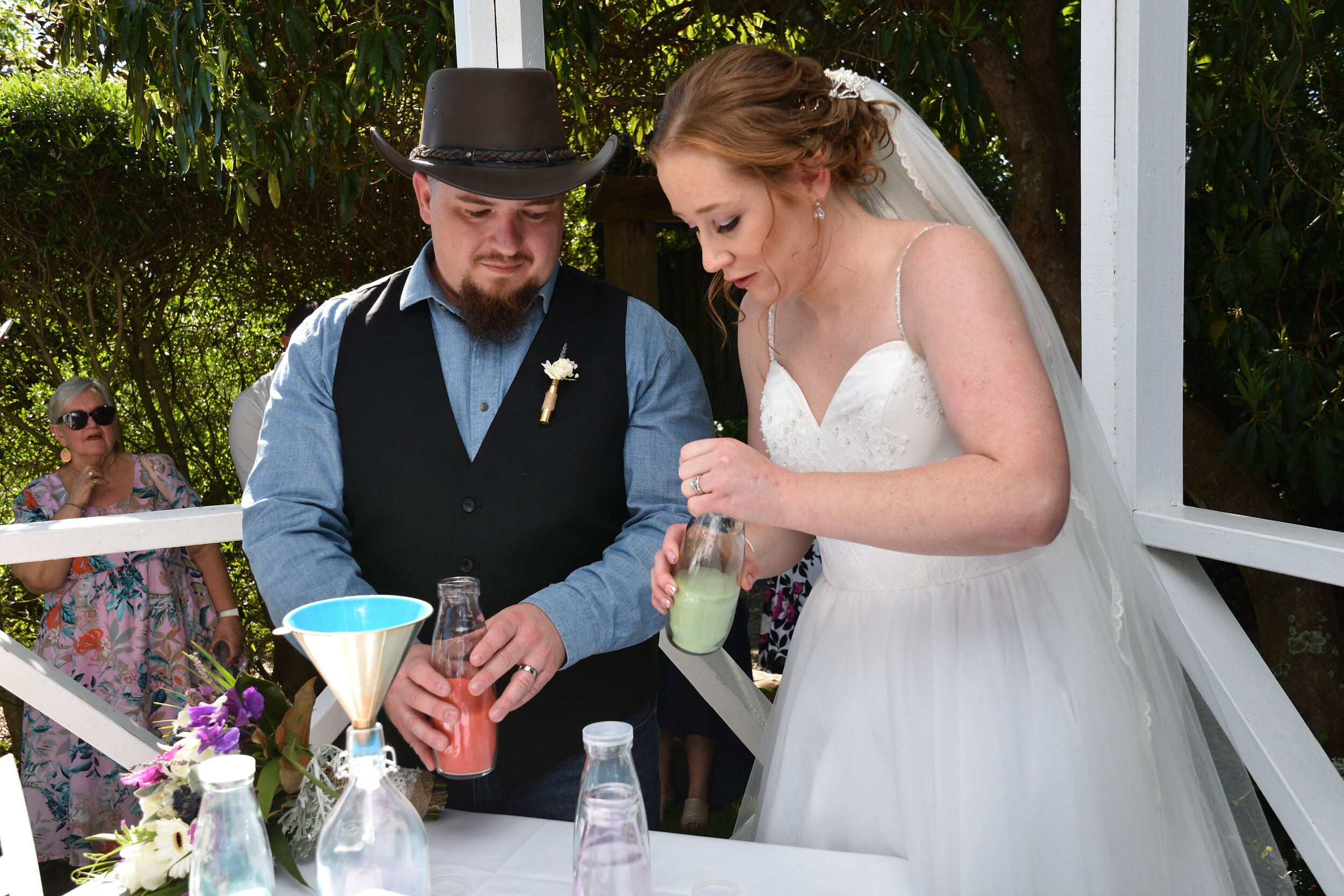
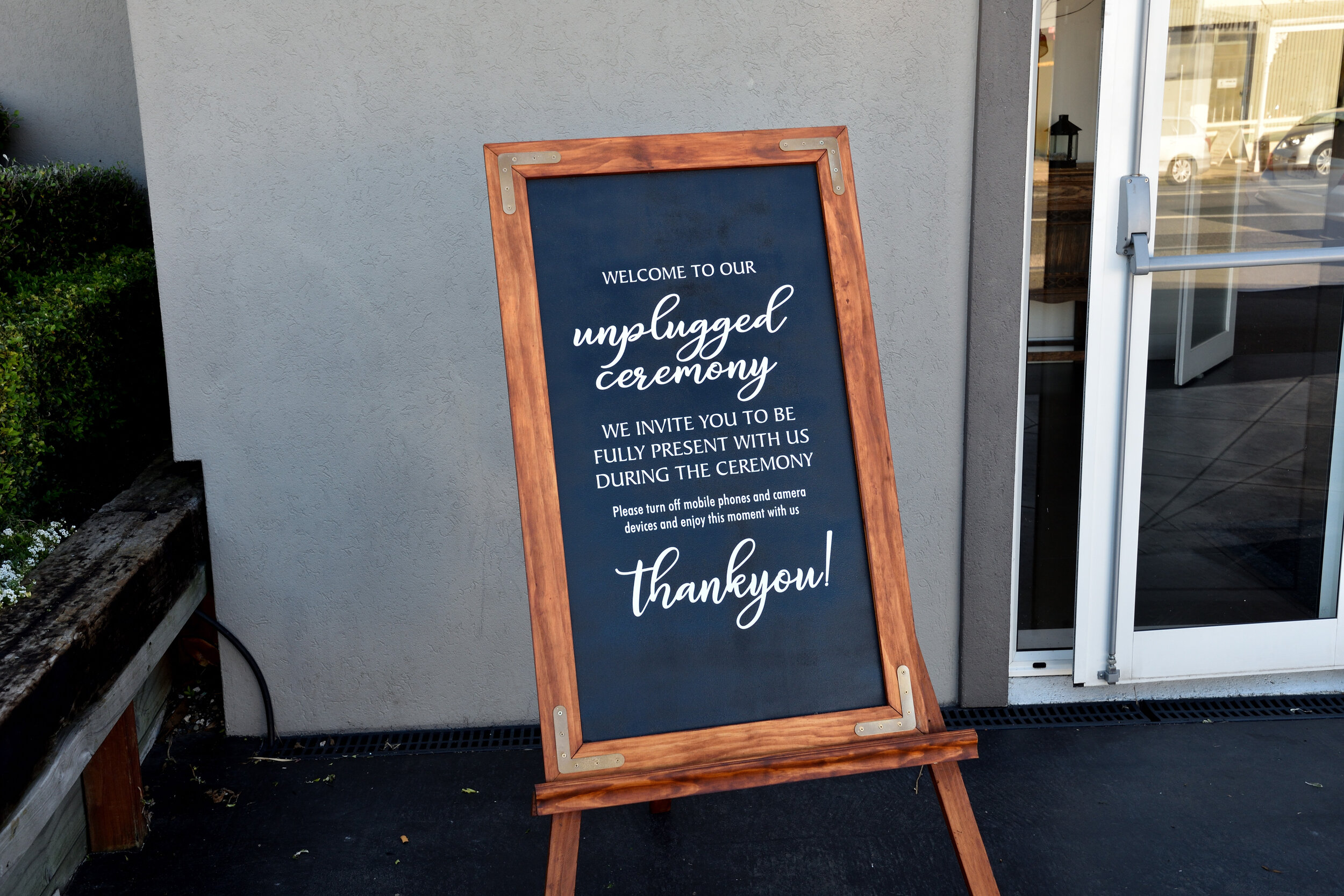
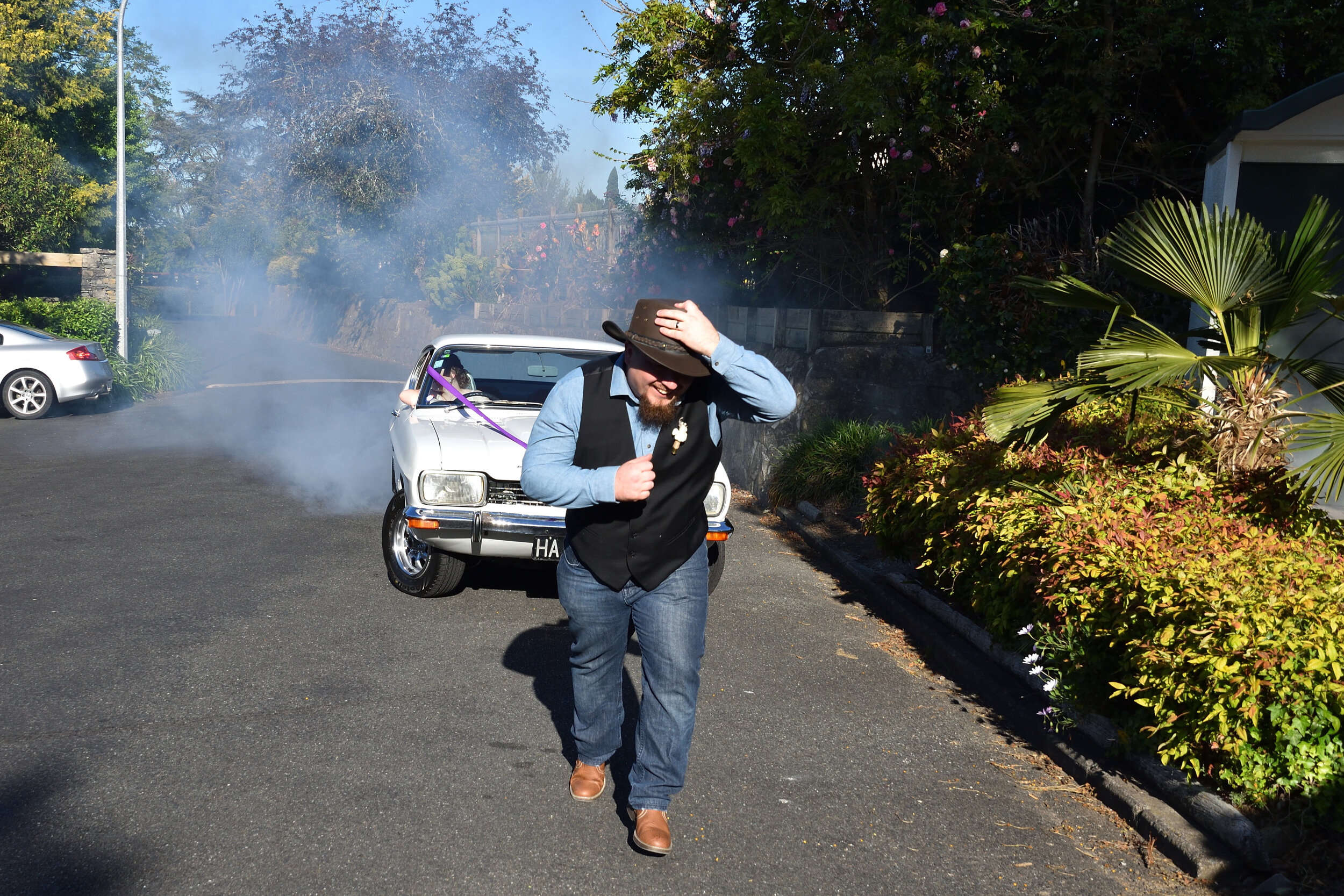
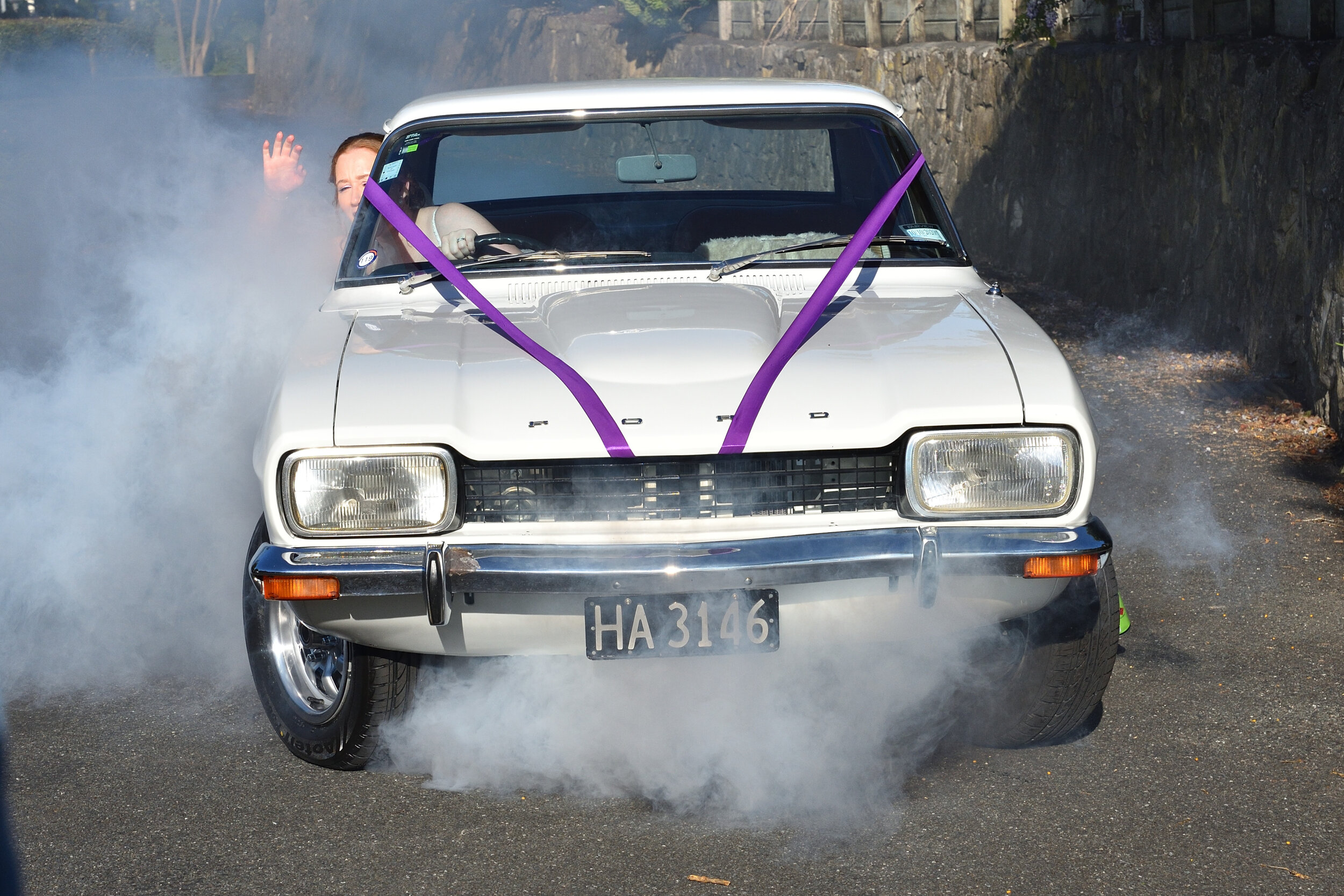
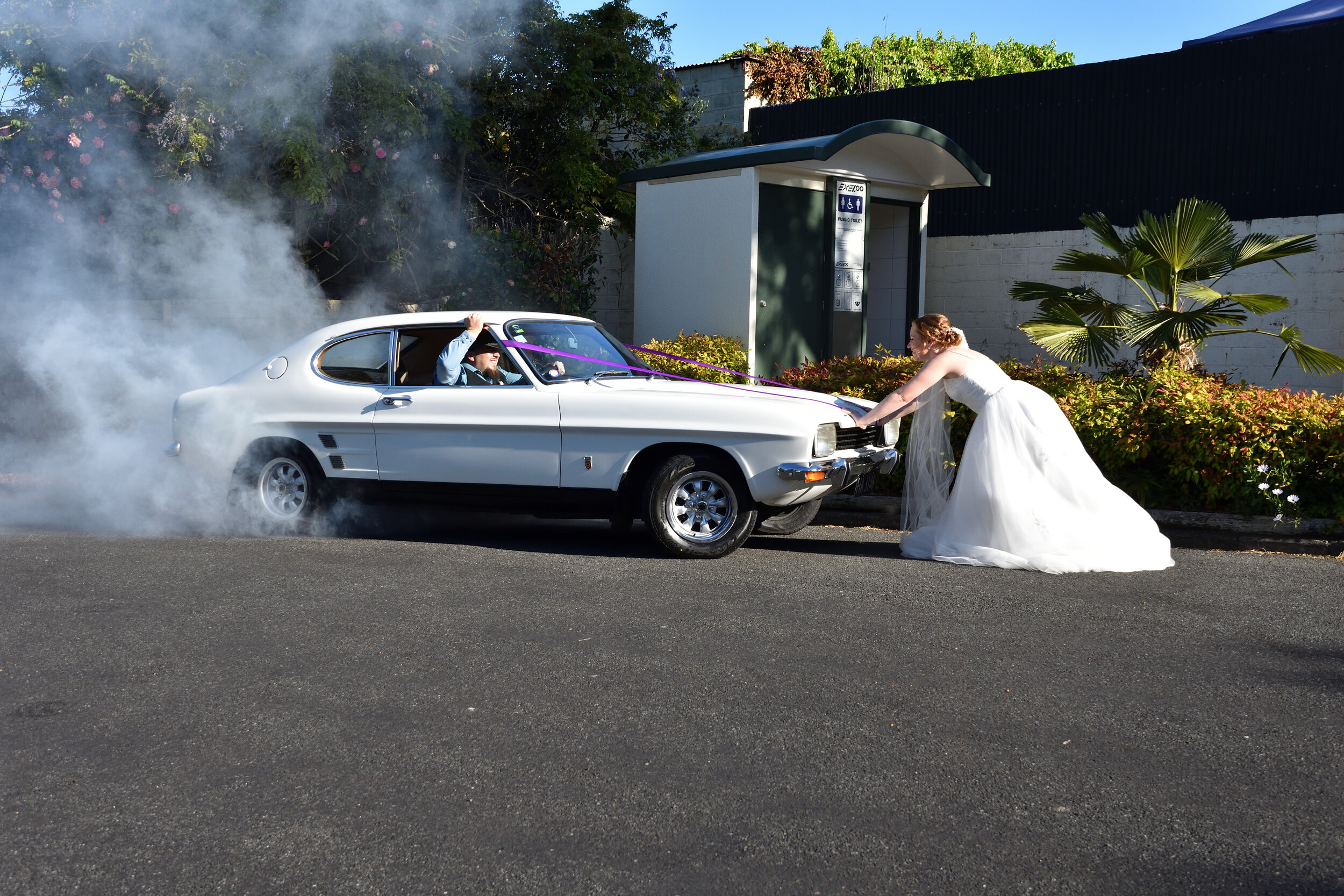
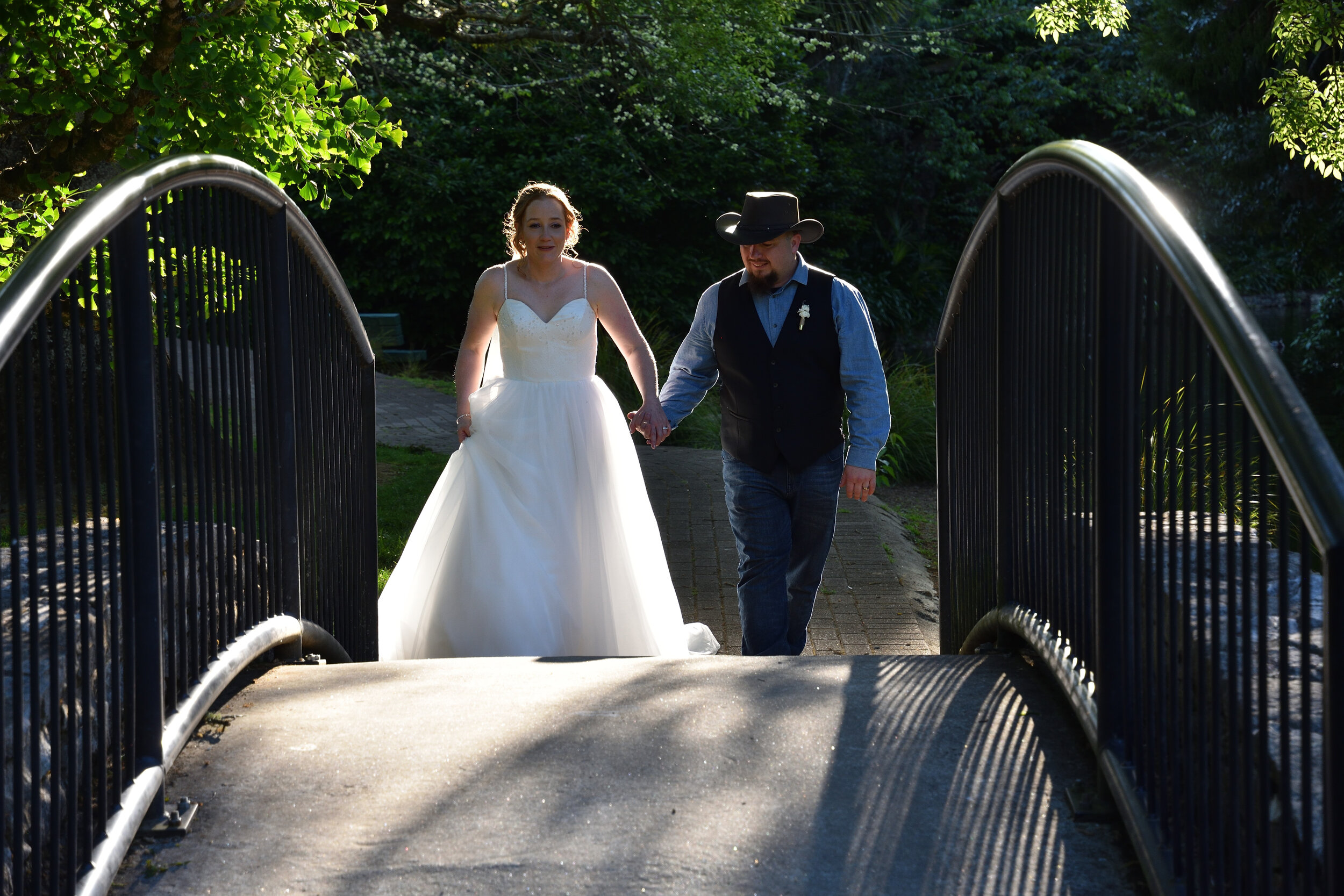

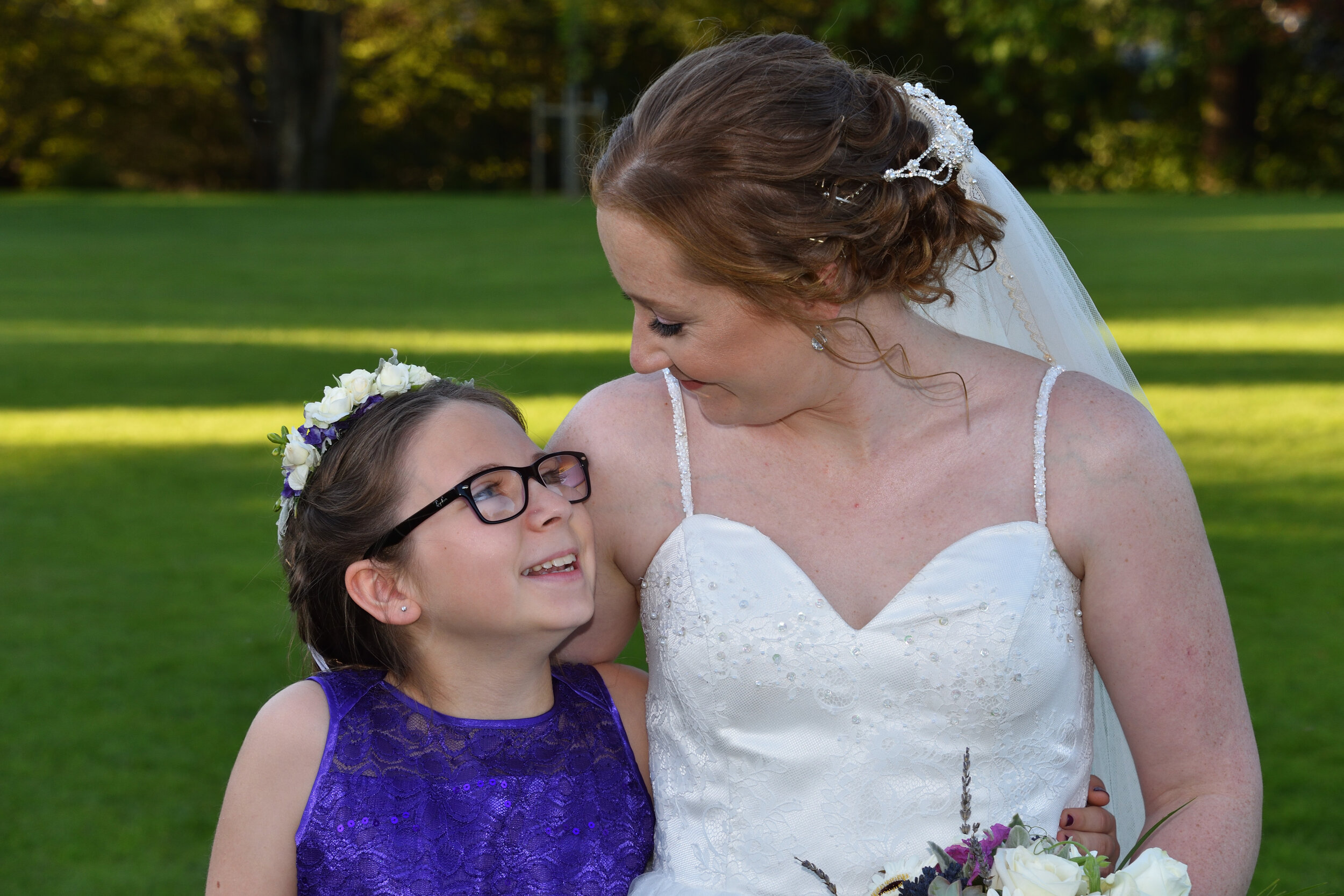
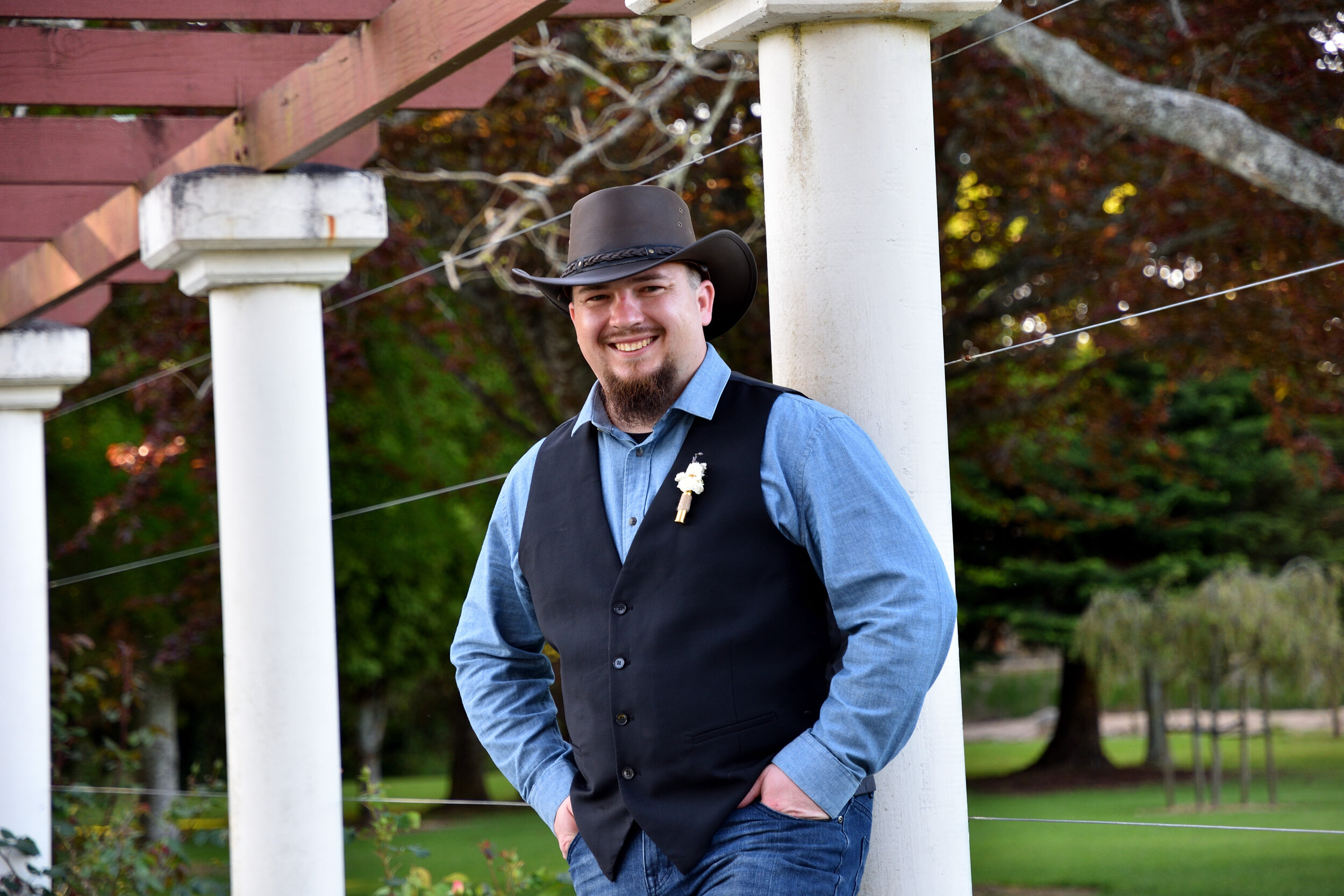
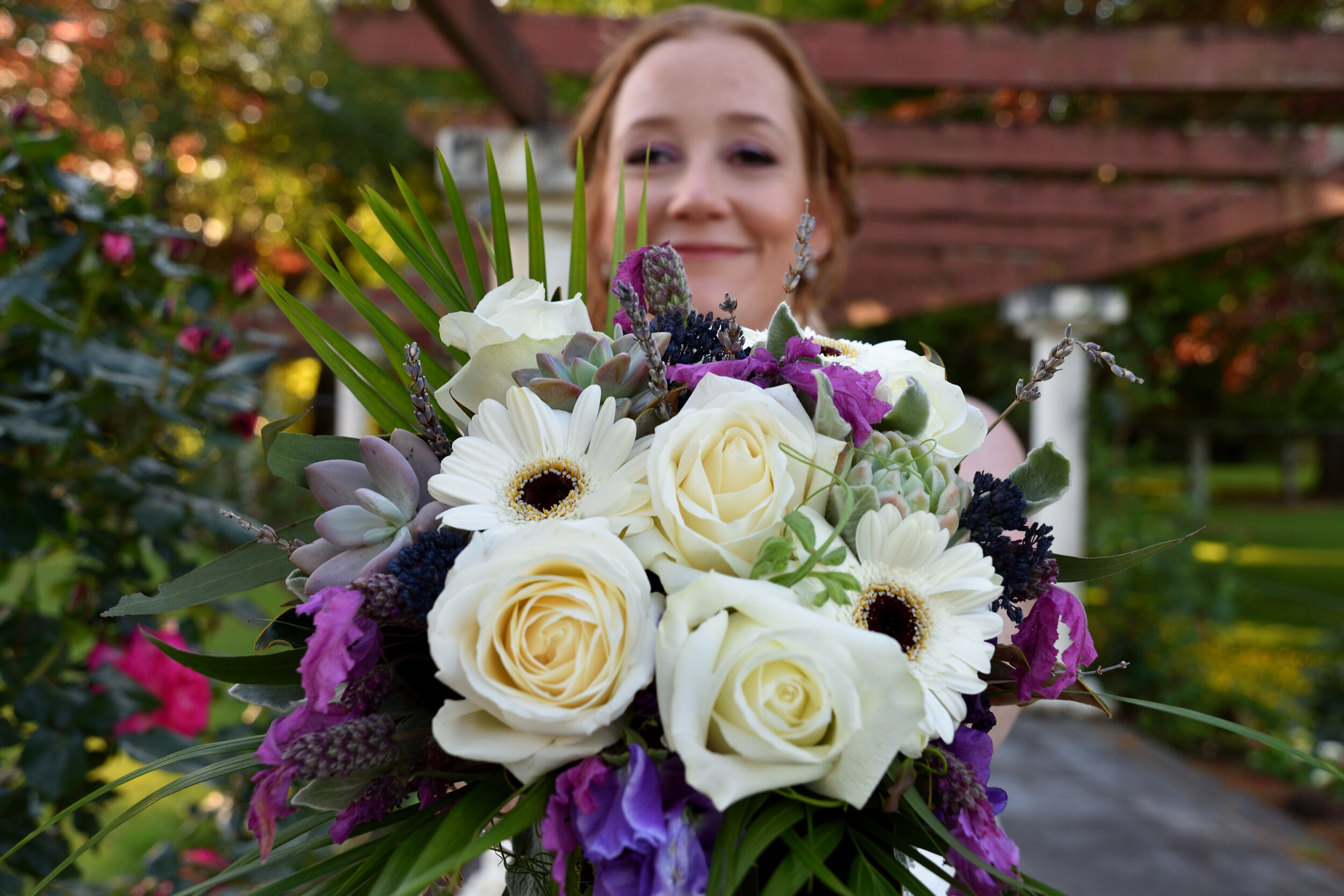
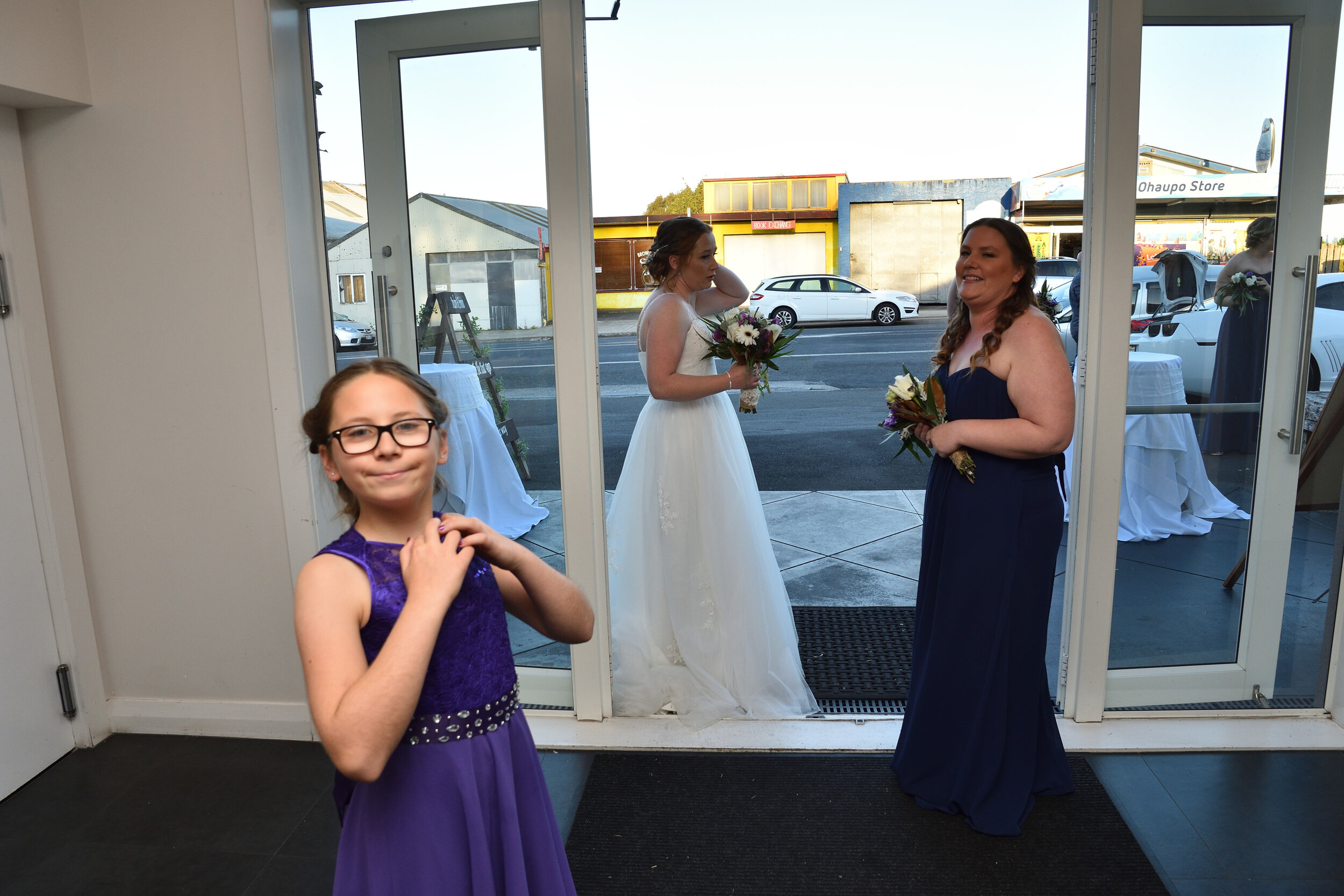

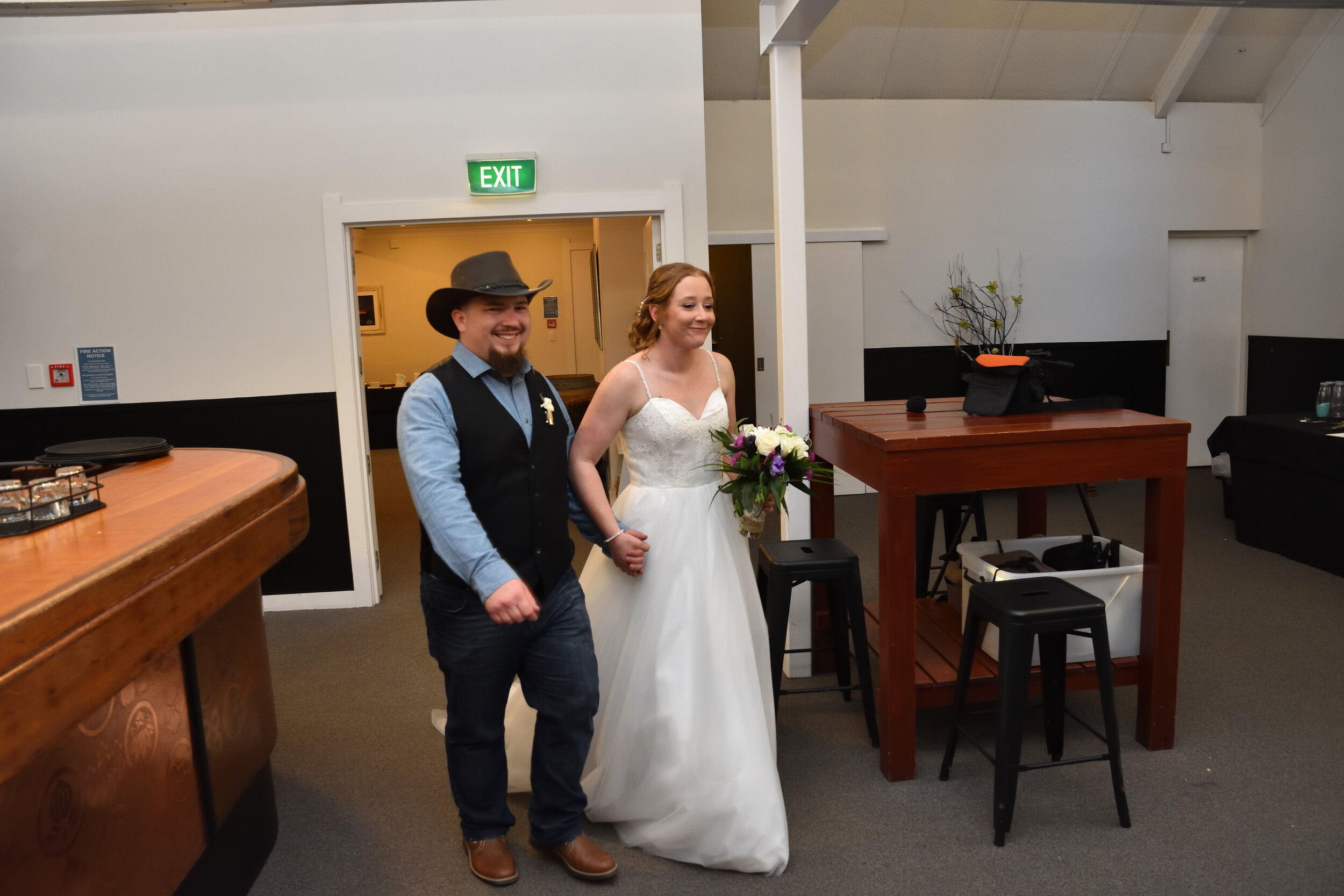
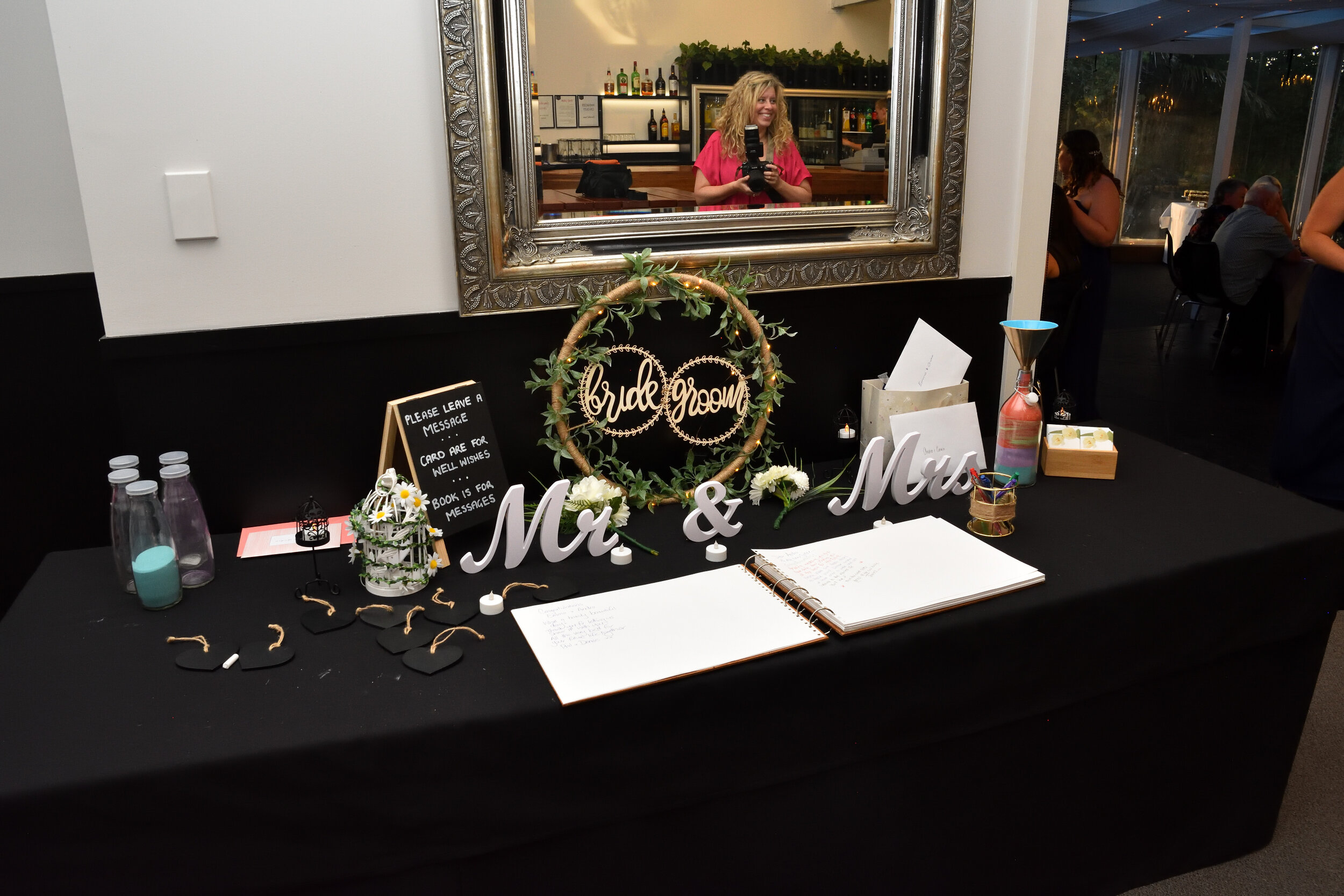
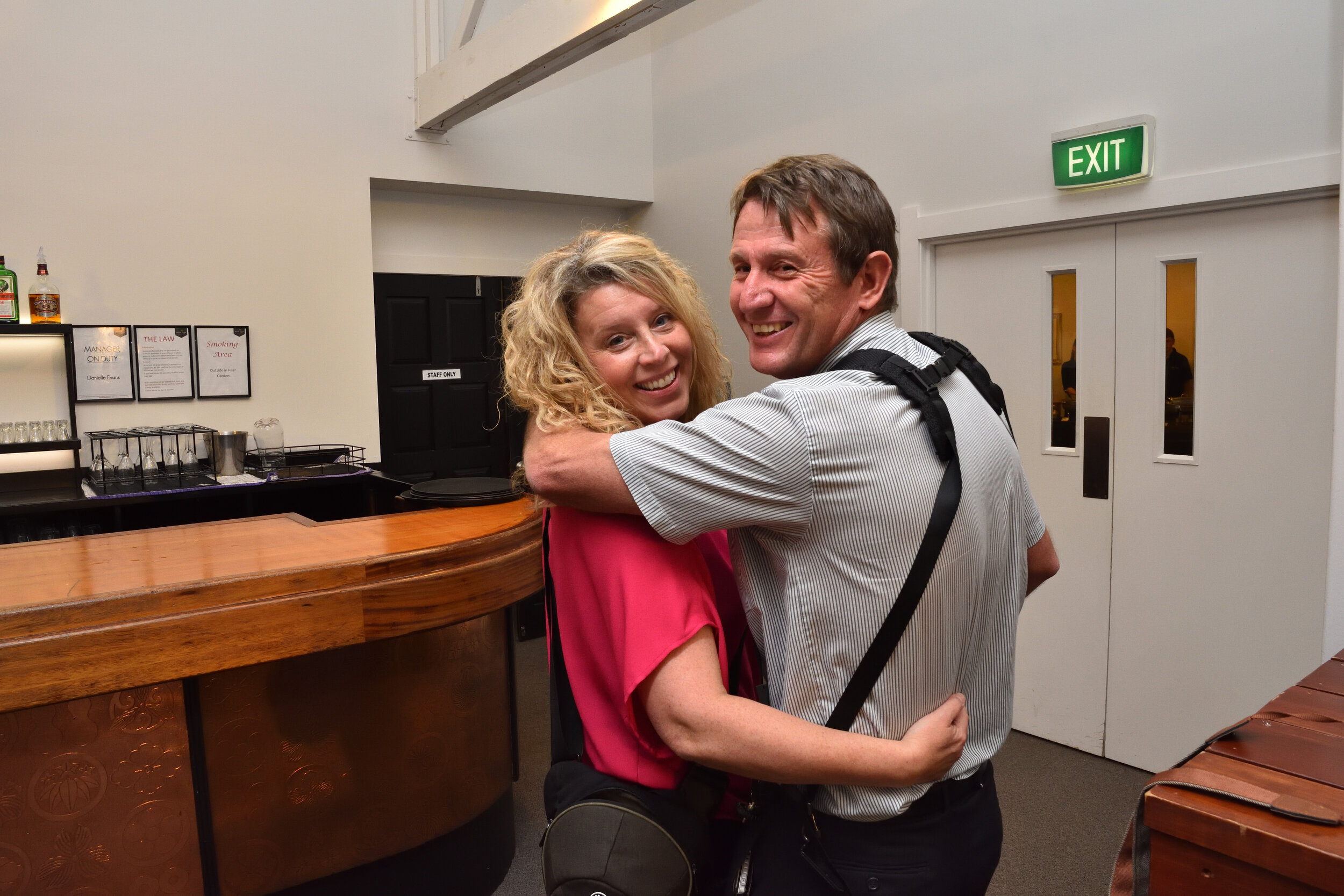
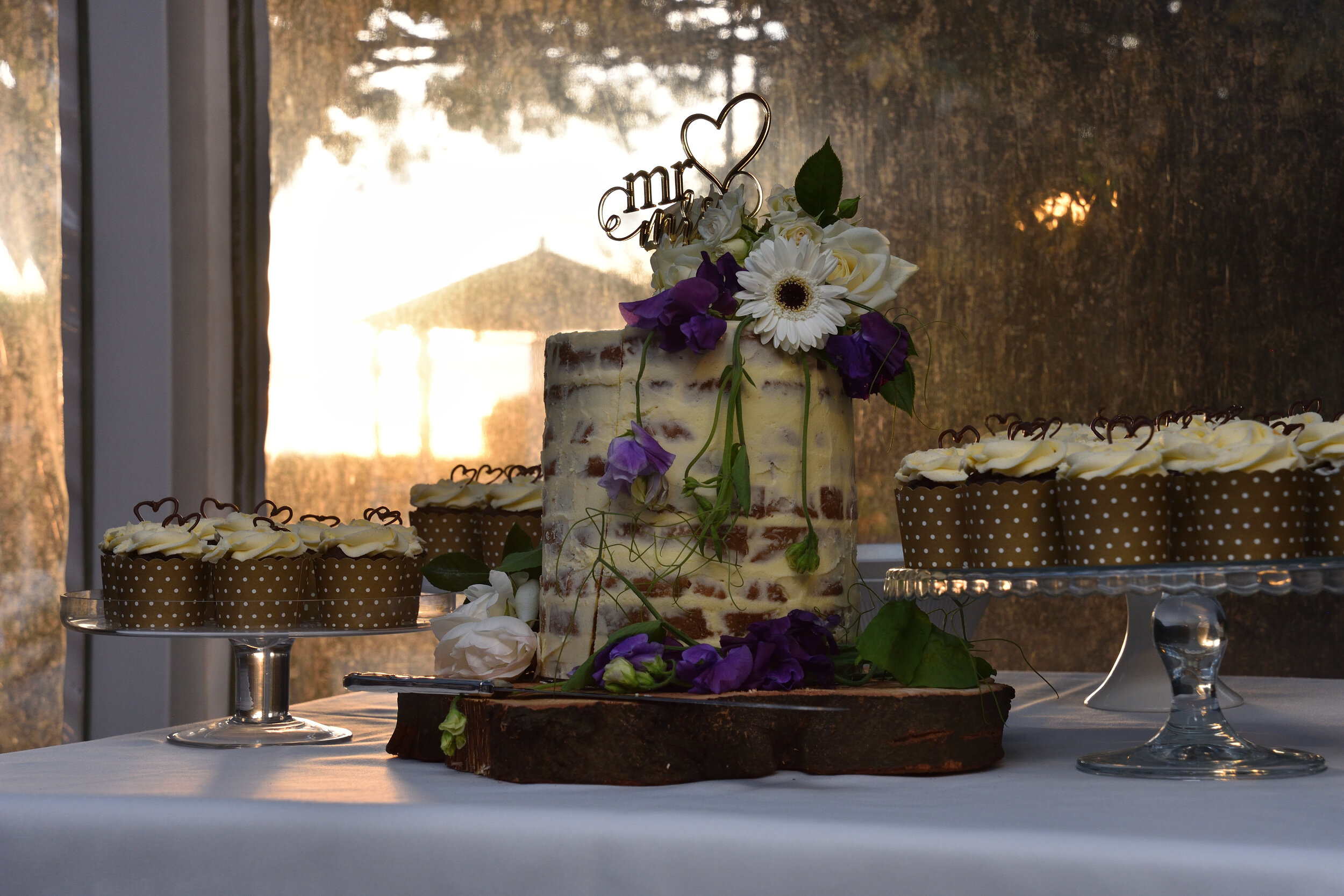
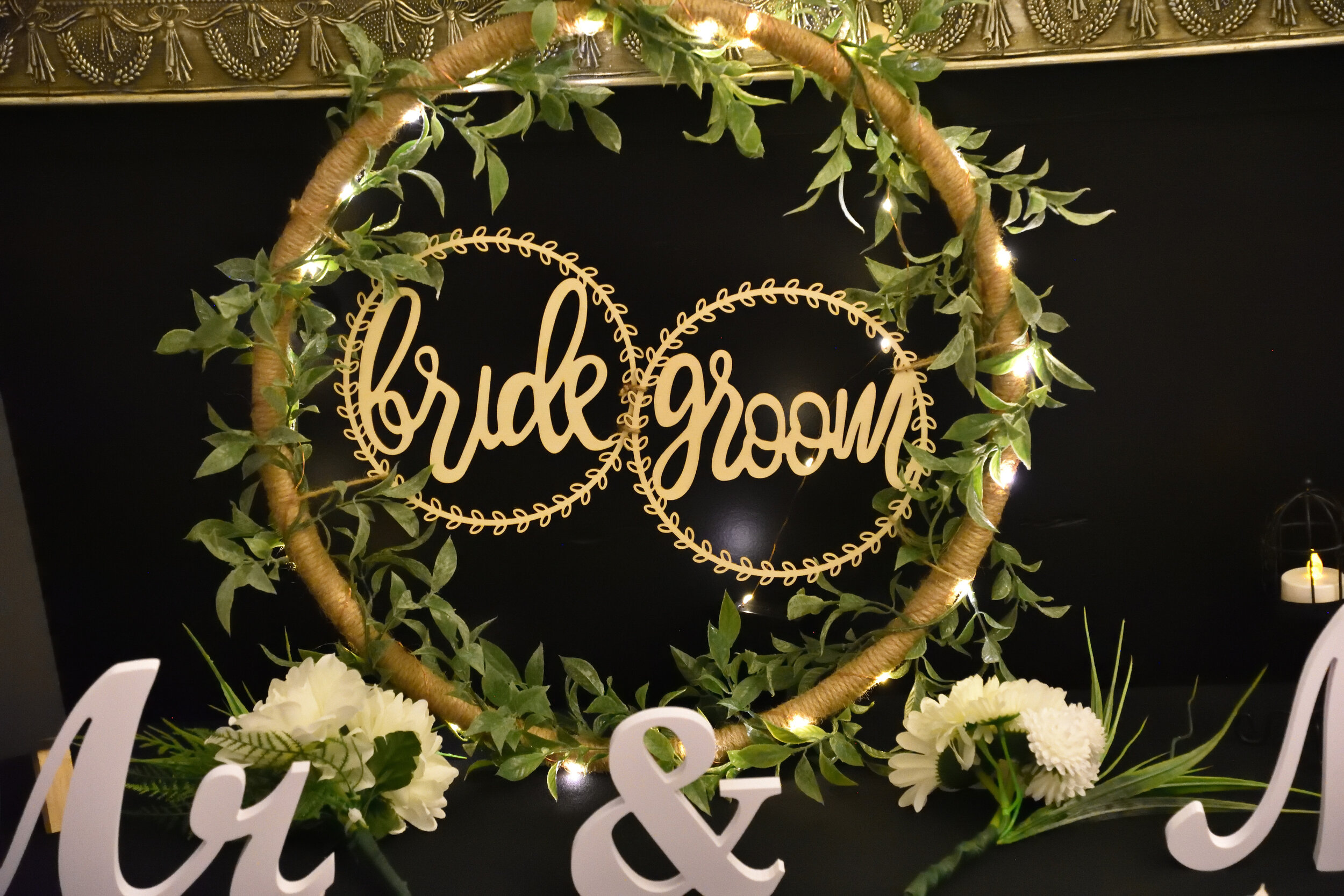
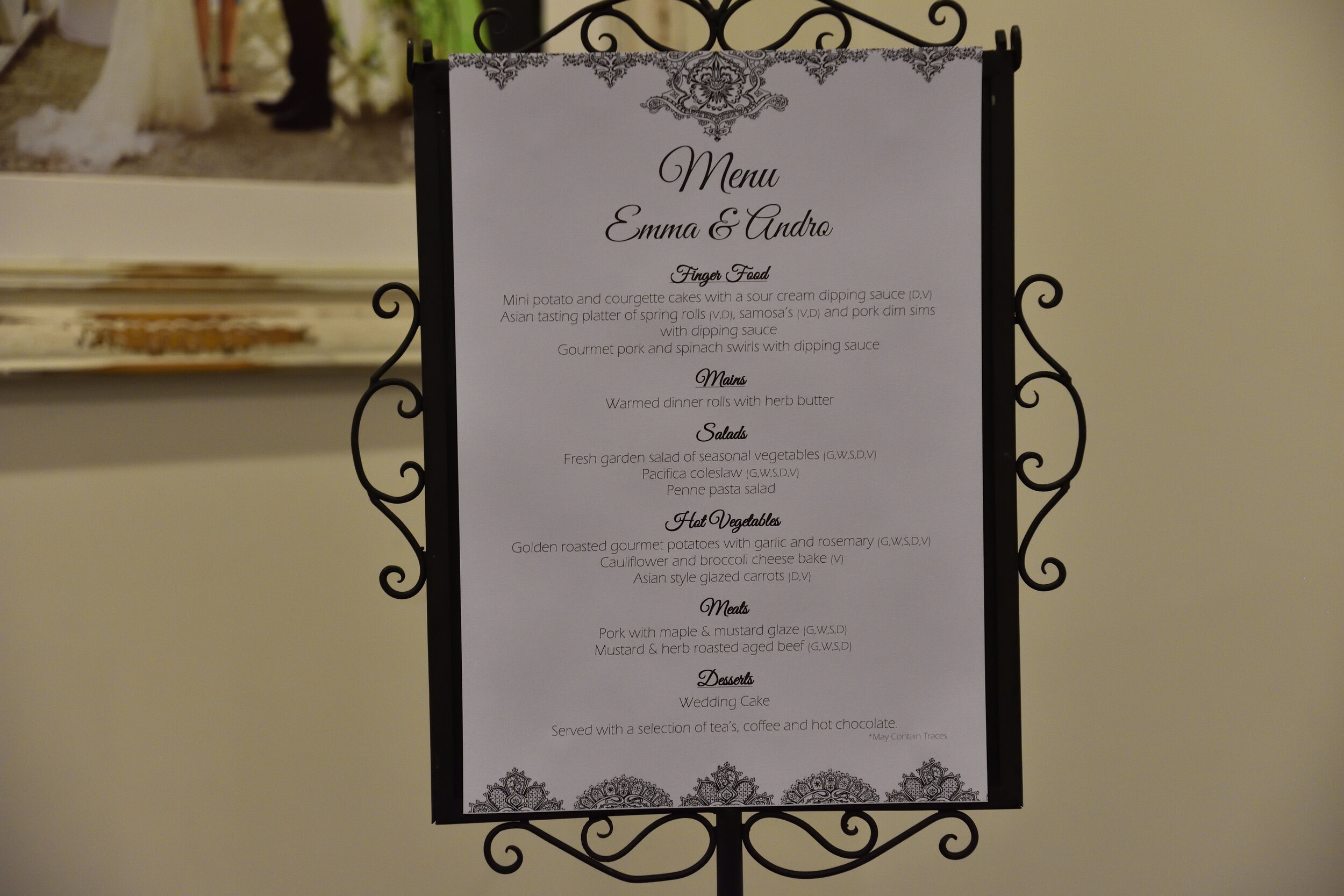
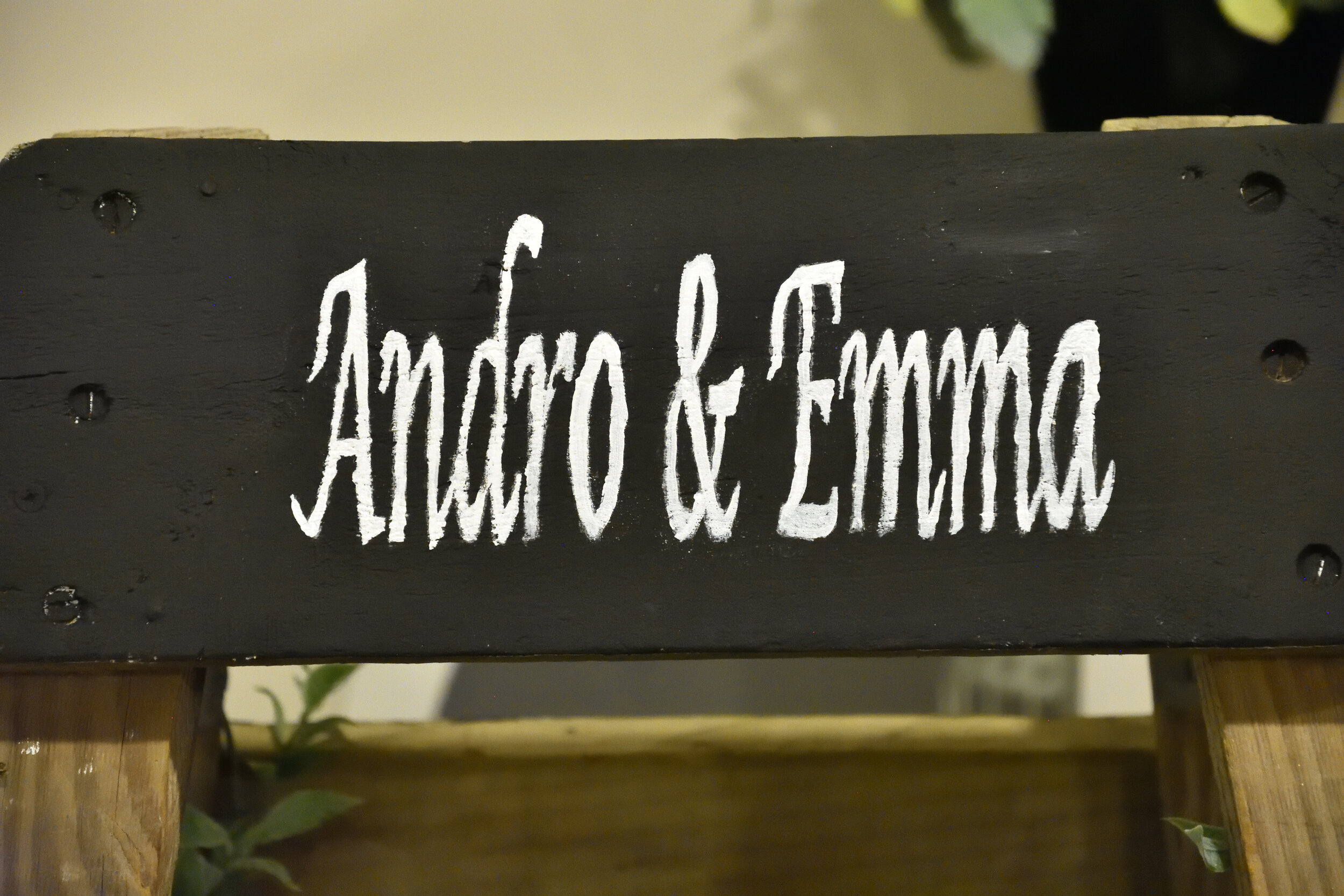

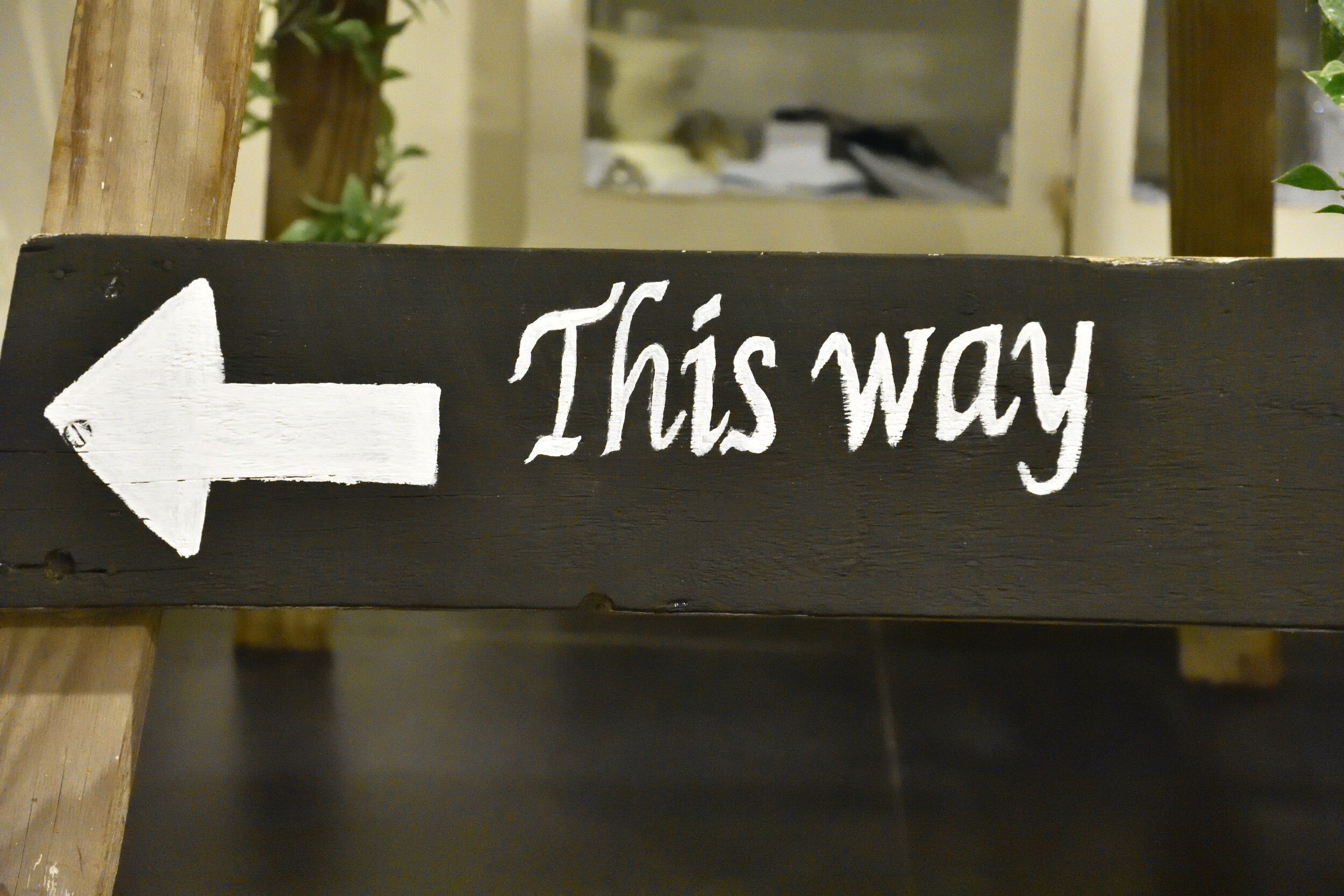
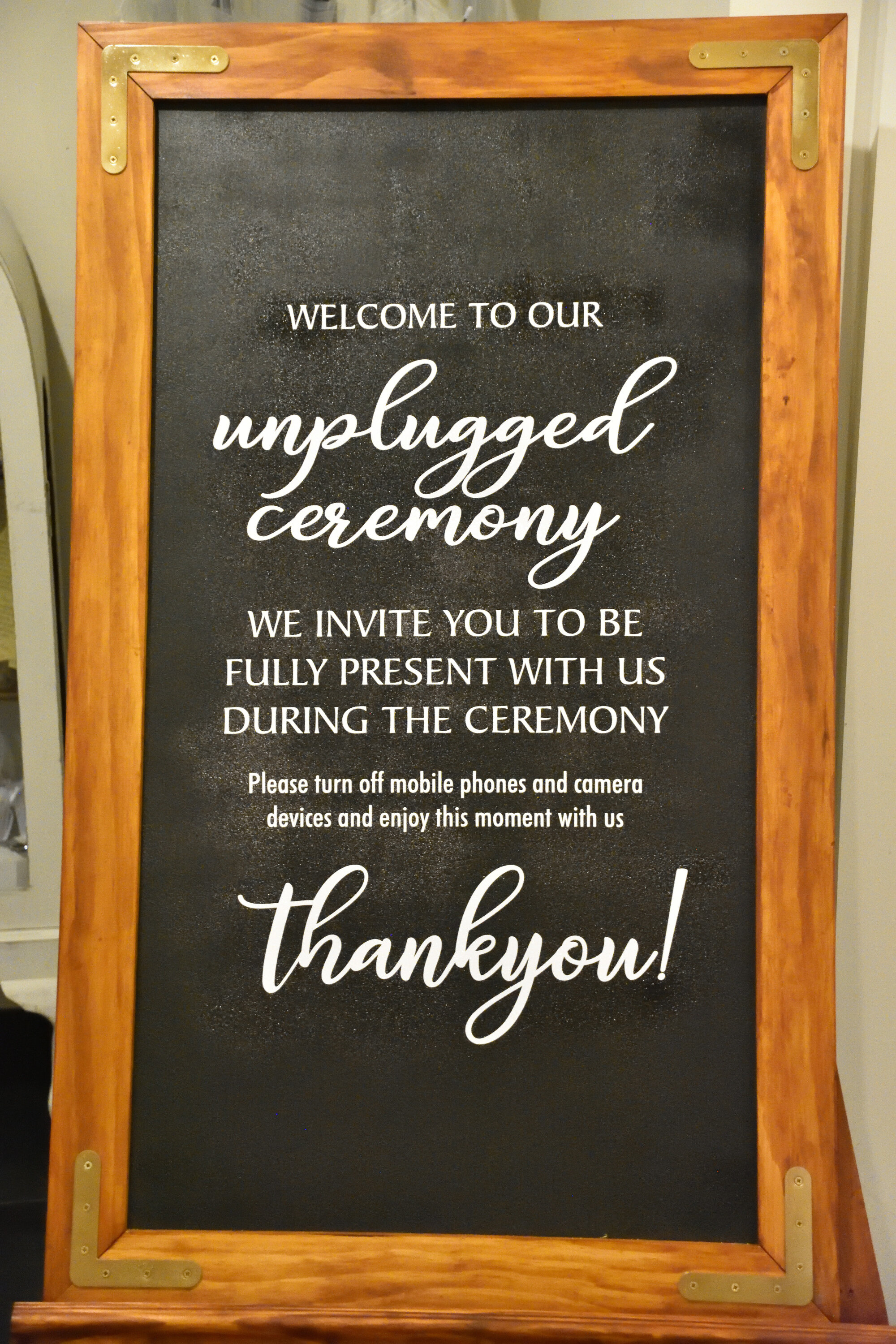
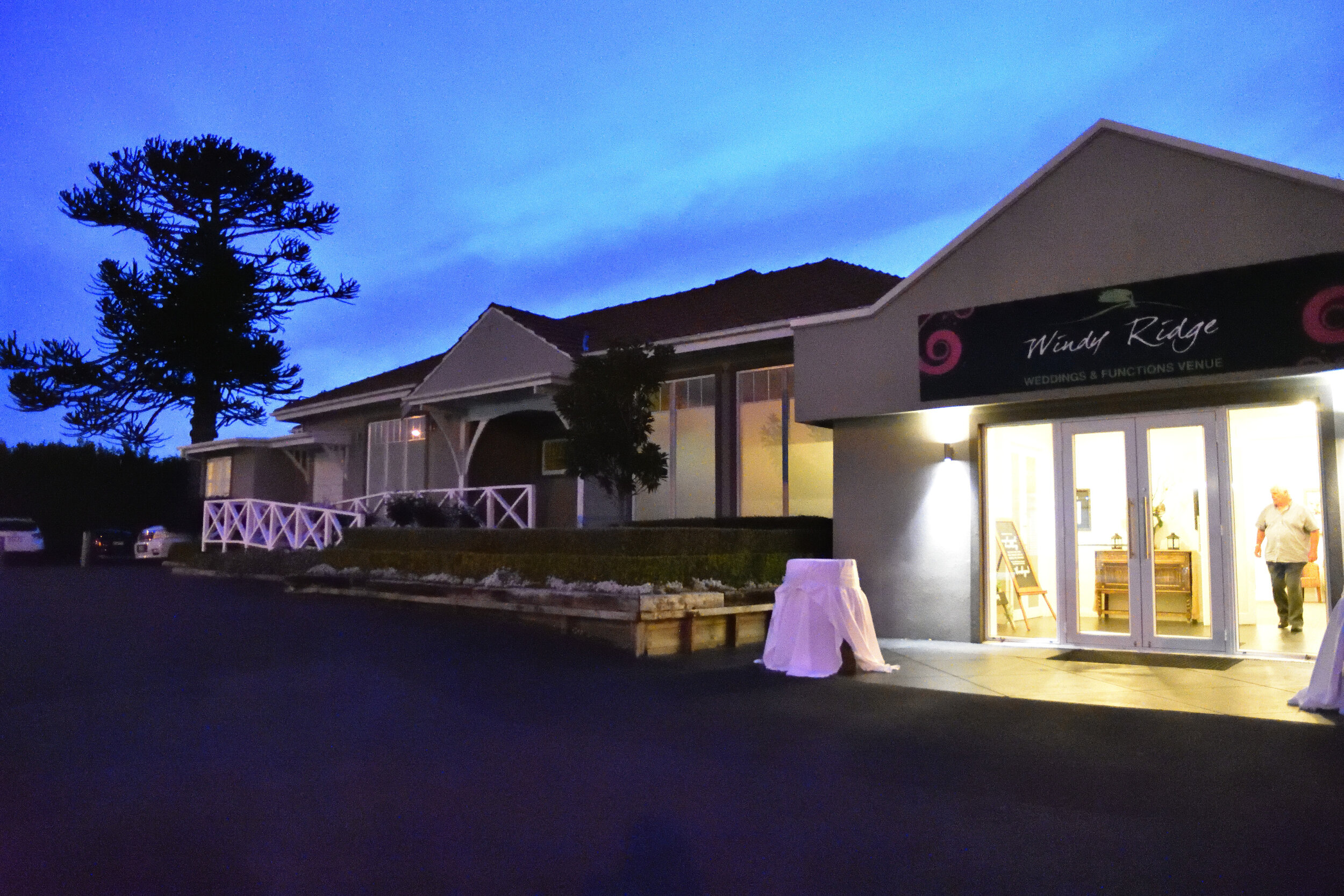
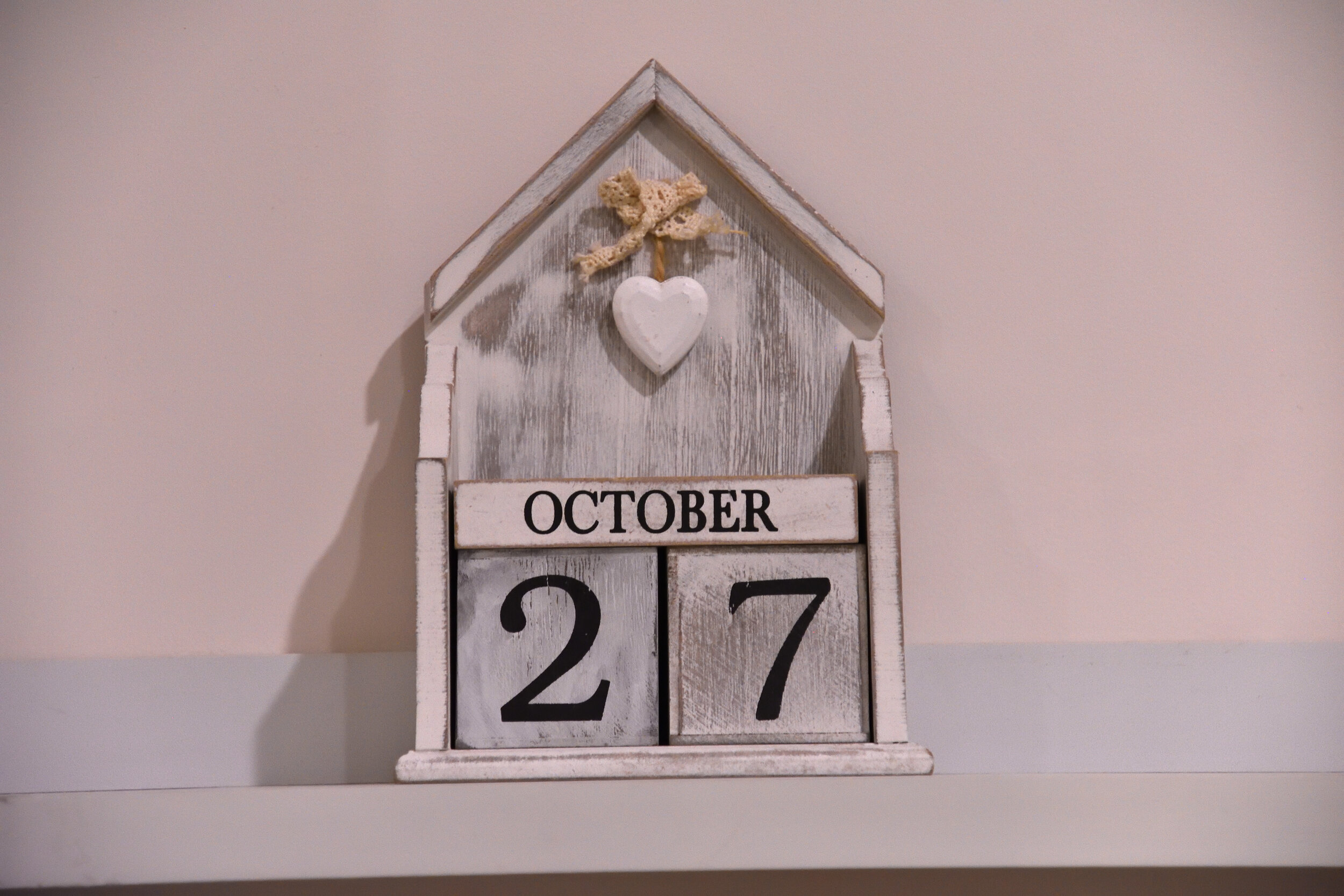
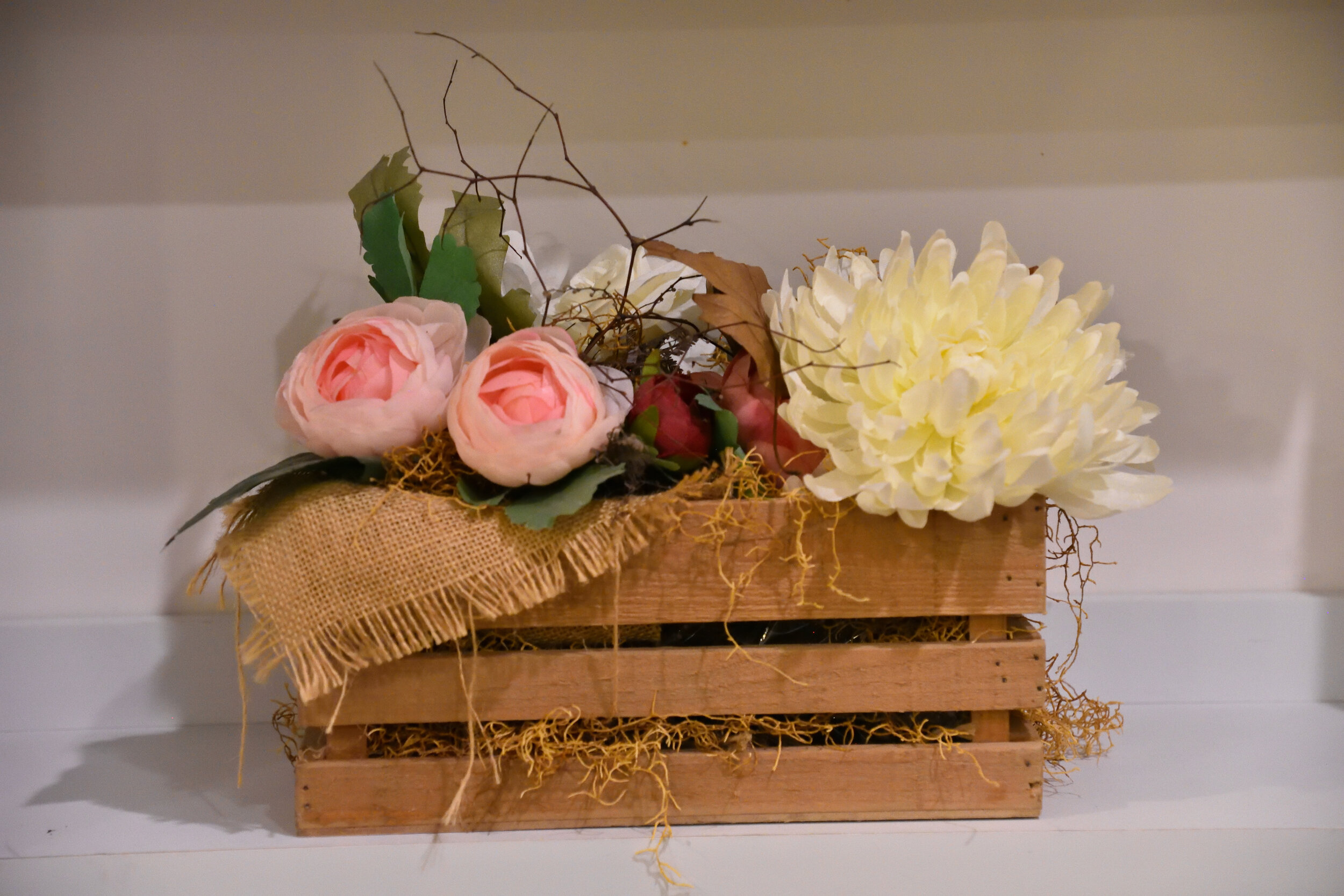
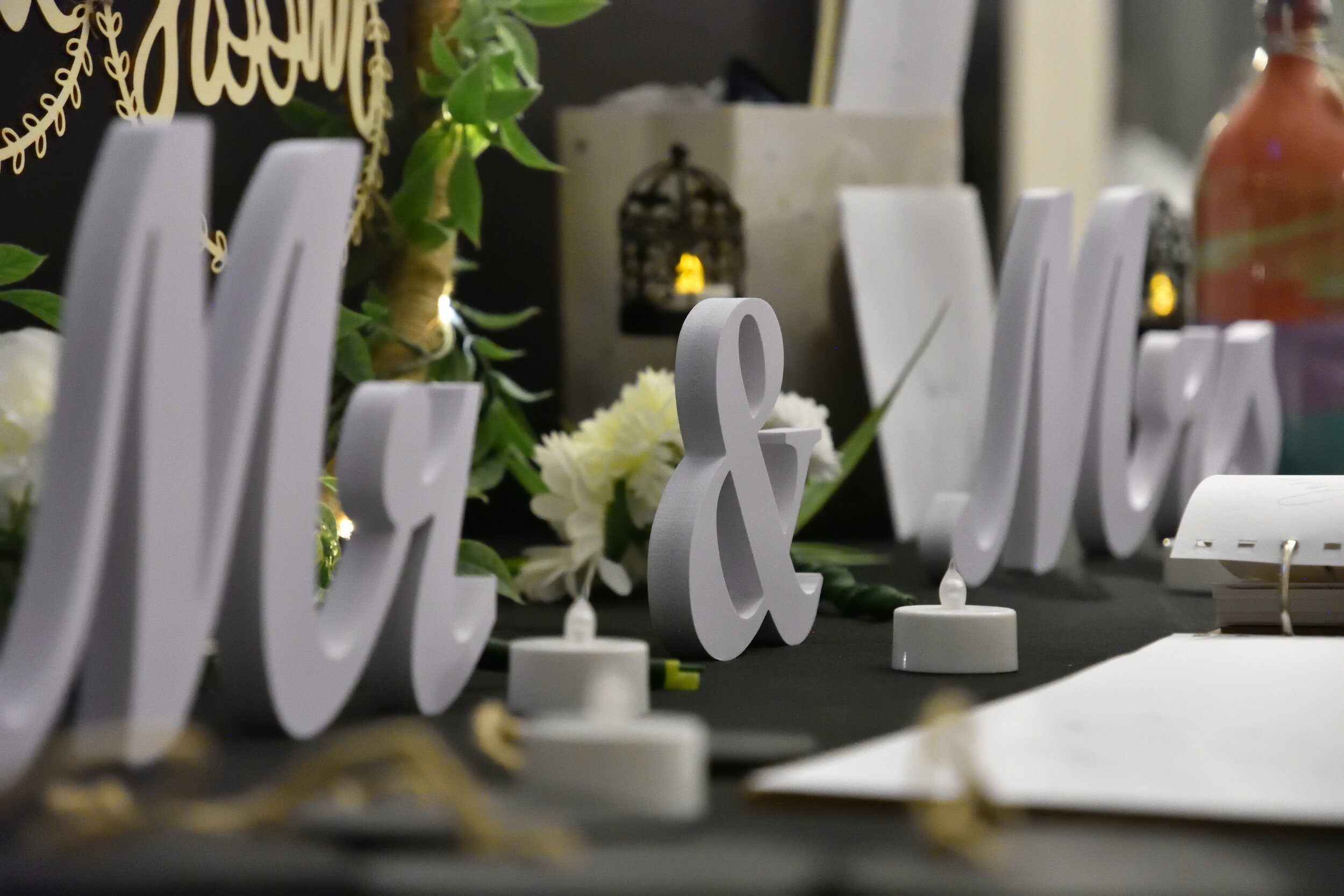
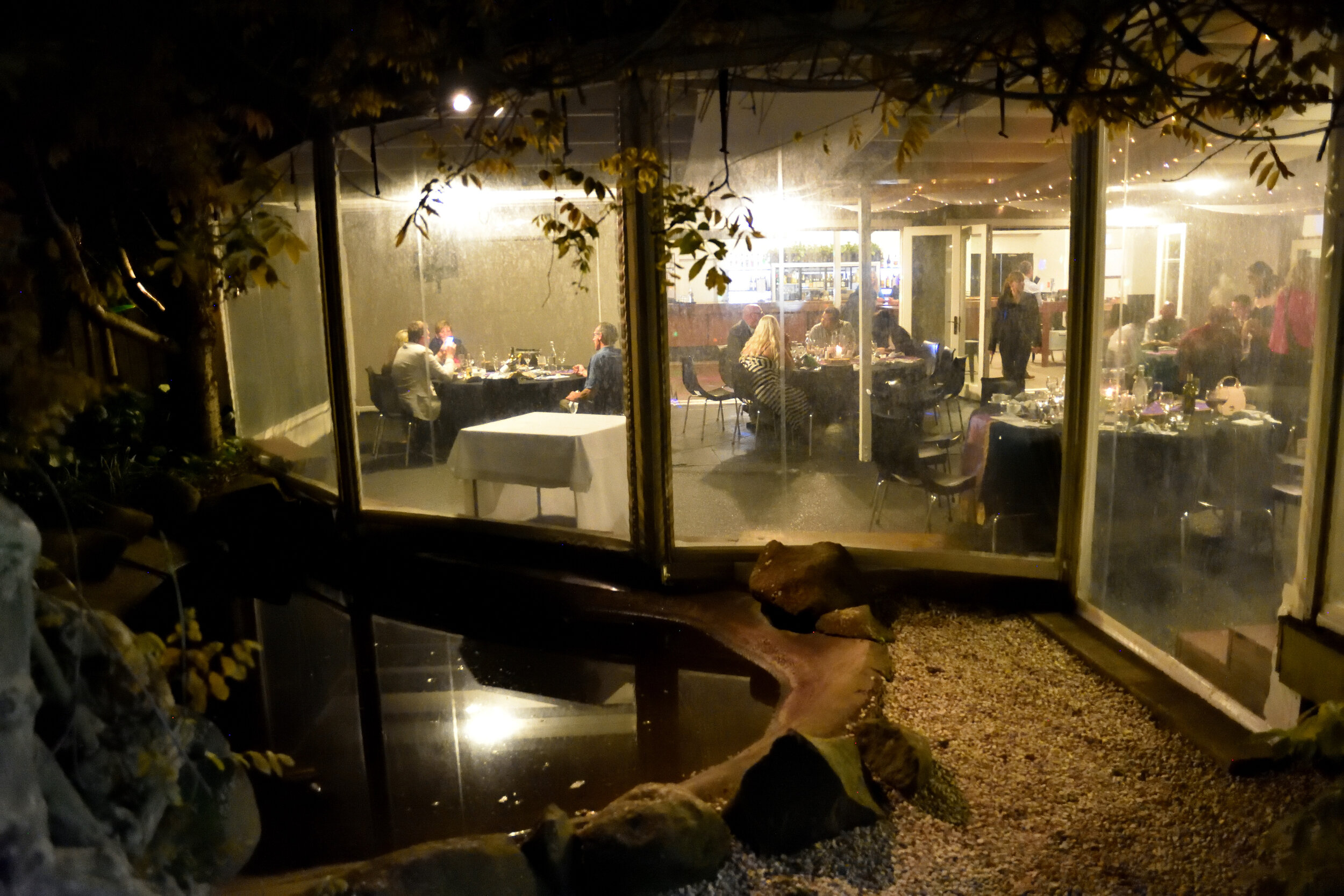
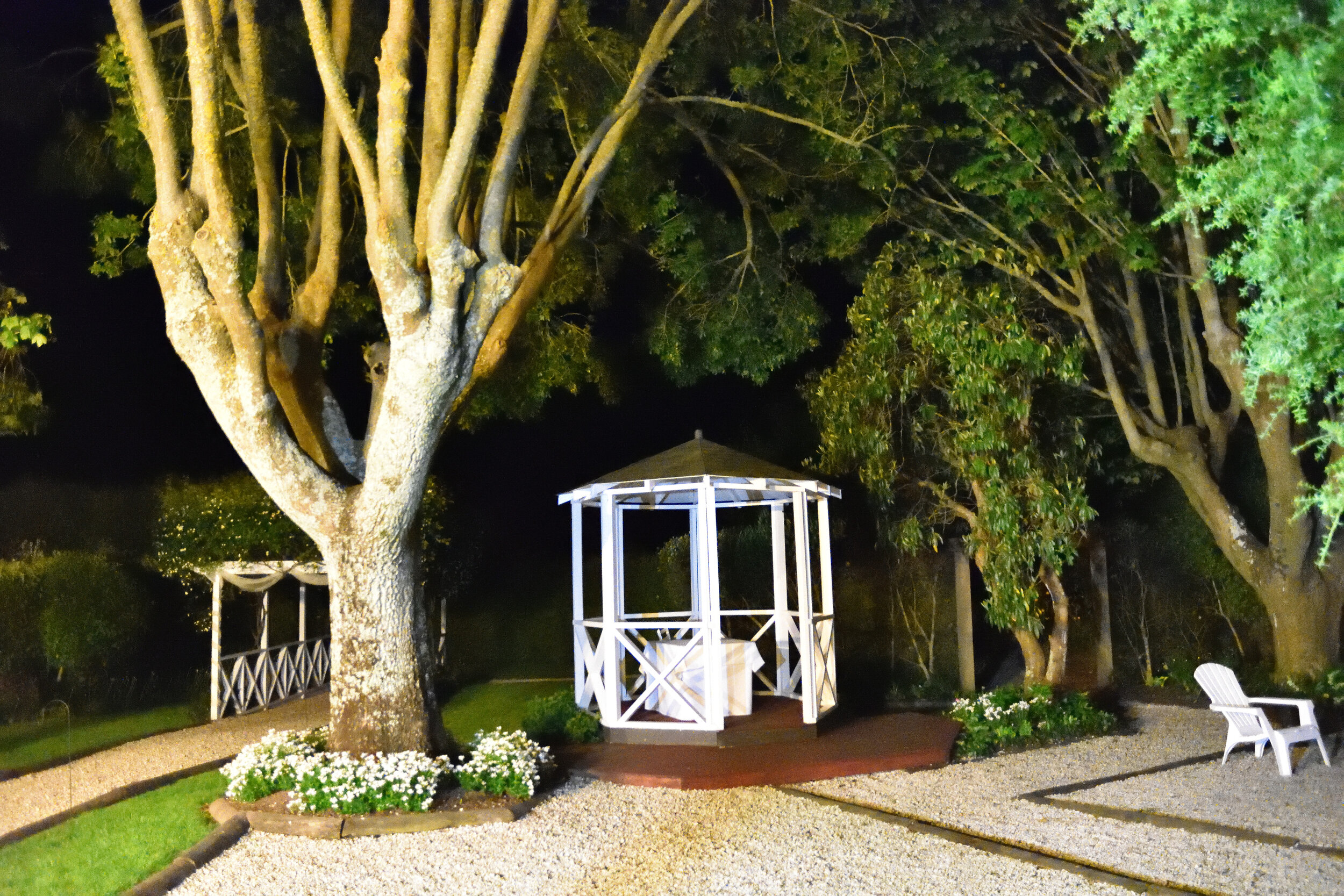
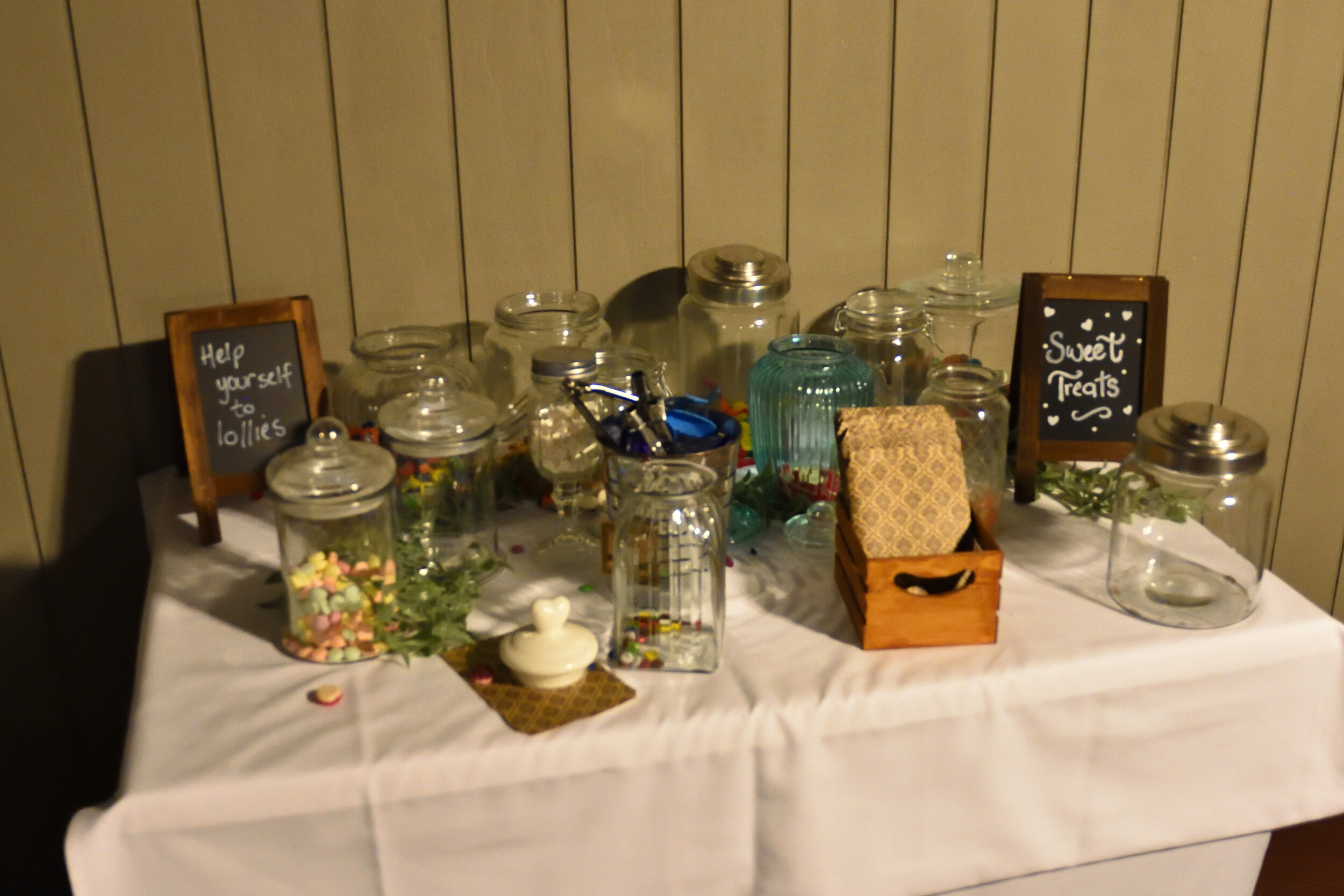
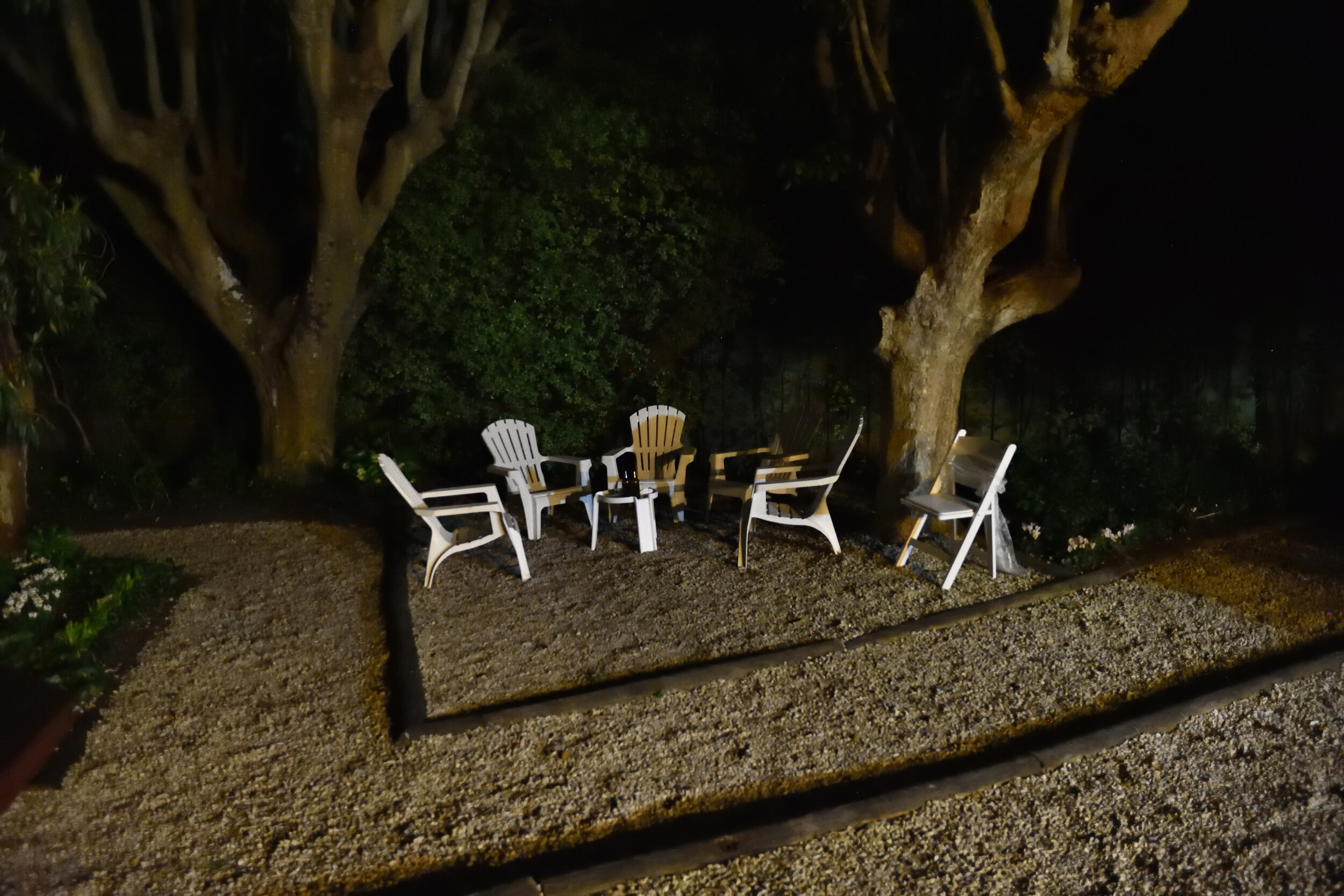
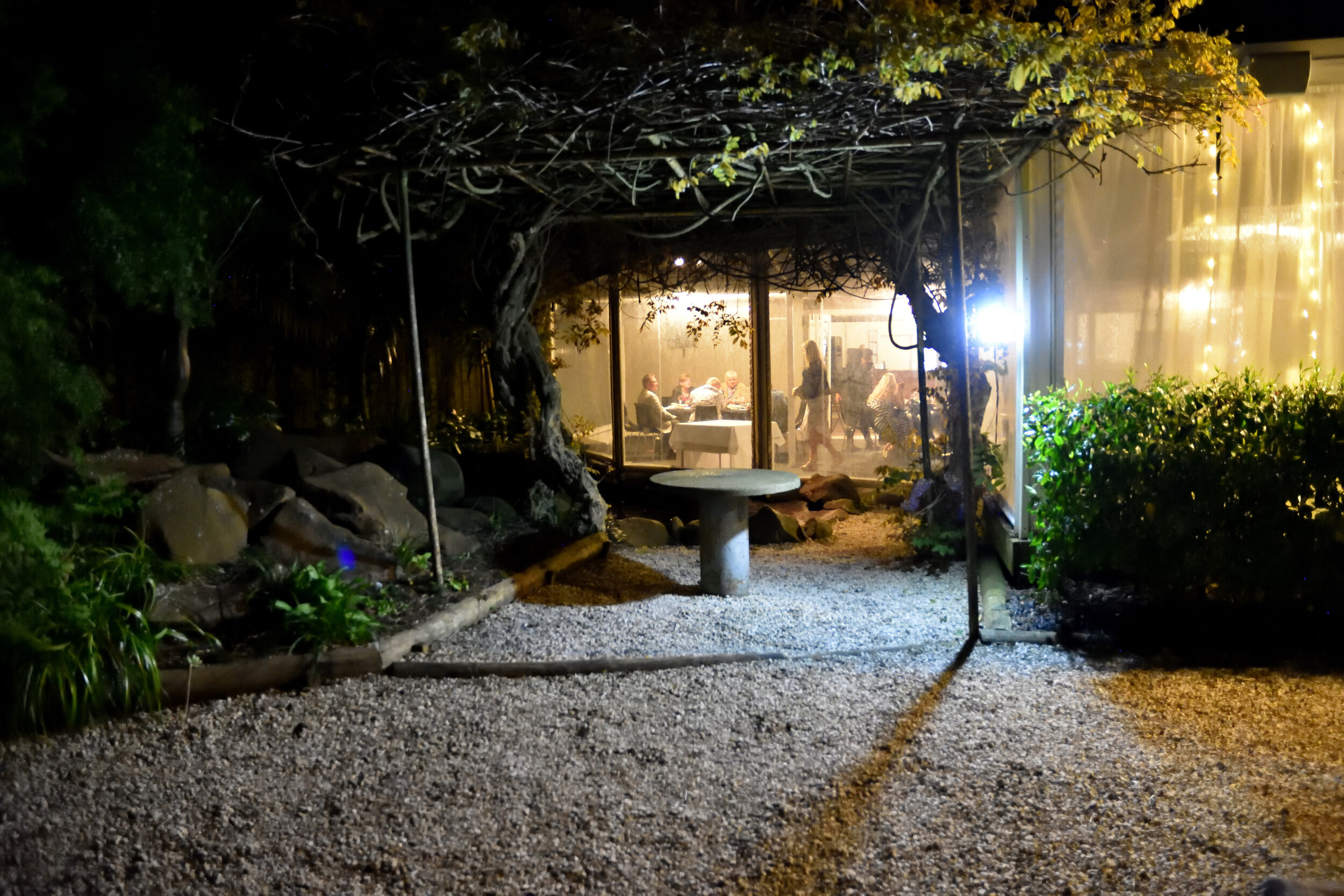


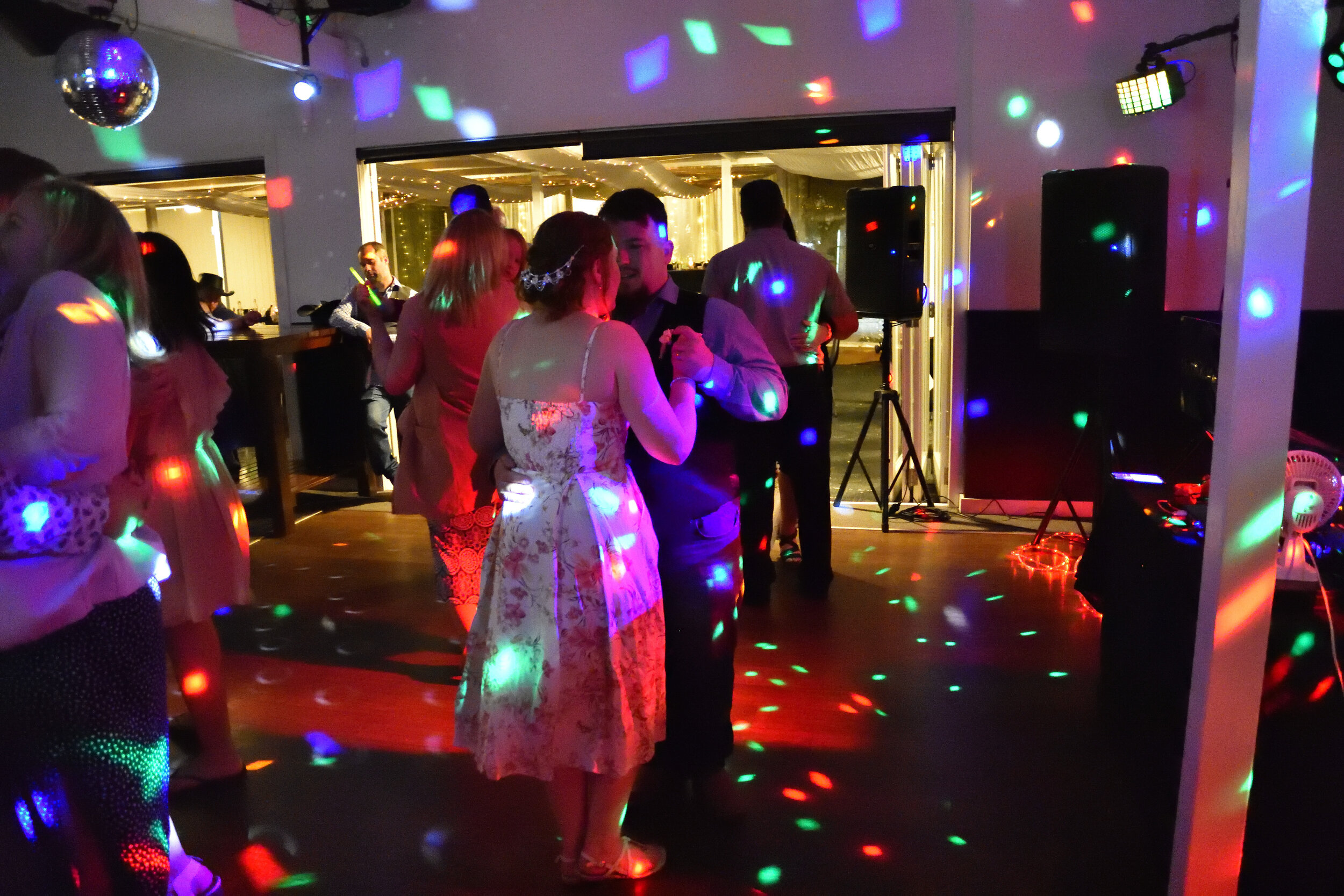
When I shoot a wedding I have back-up of everything and I also hand my D7100 to my wife, who doesn’t know much about photography, to get some snaps as well - so I set it to my standard settings for beginners. This time I had the 18-140mm lens on the D7100. When you look through the pictures you will realise that there isn’t much way to tell the lenses apart by looking at the pictures 16-80 vs 18-140mm- which can be said for shooting with a prime lens as well - unless you have exactly the same image in the same light, side by side at 100% magnification, it’s very difficult to tell lenses apart - which is why I don’t obsess about absolute lens sharpness.

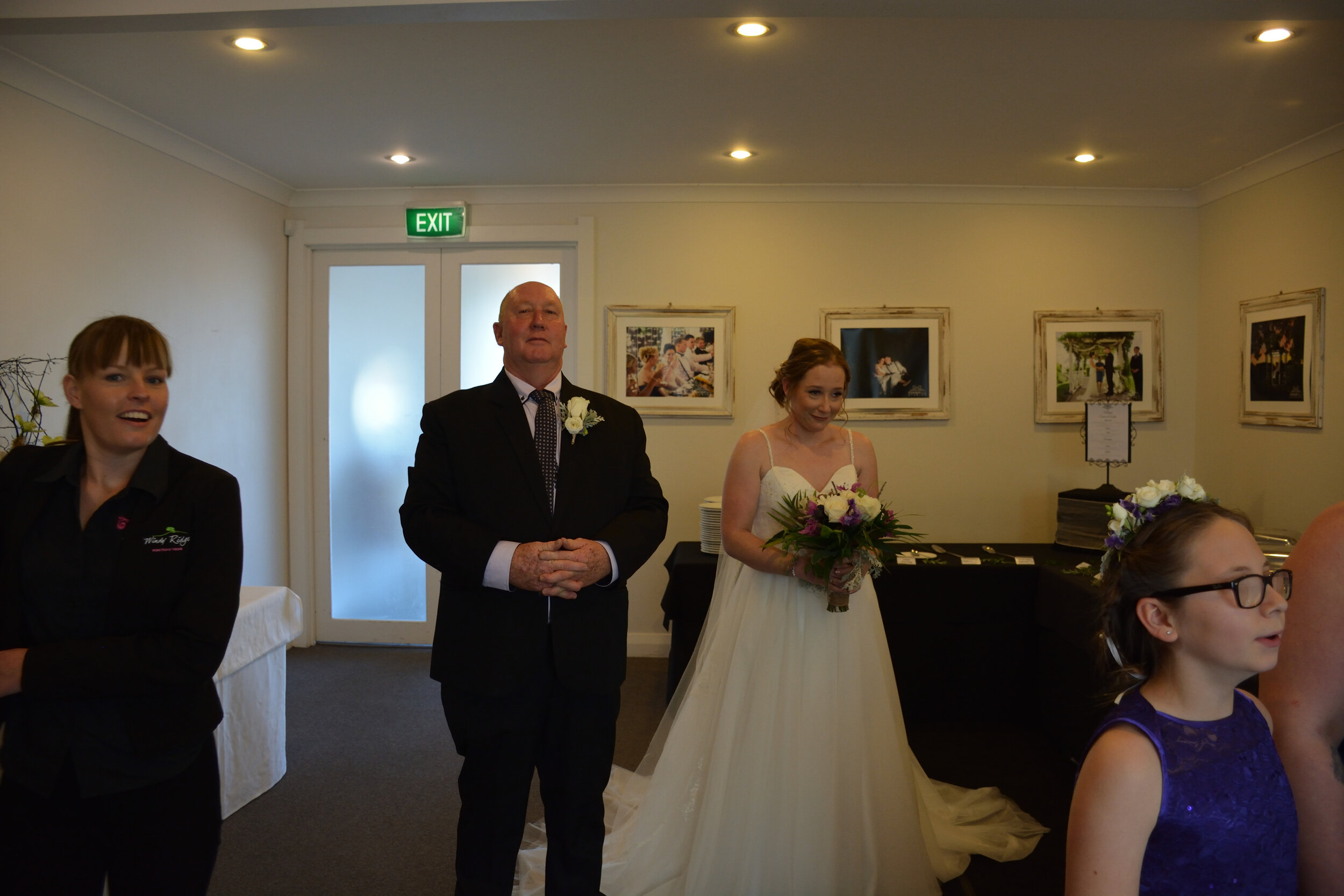
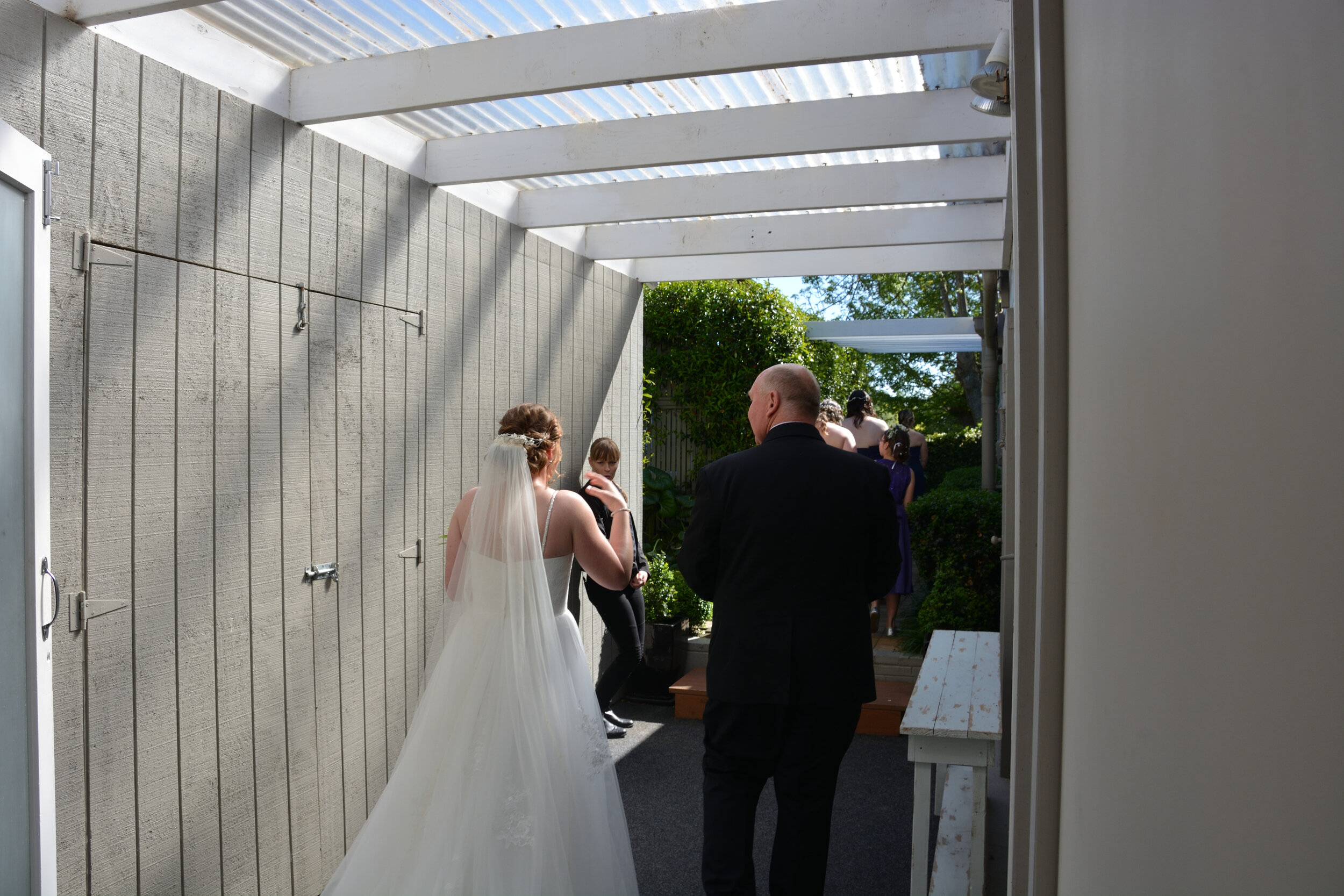
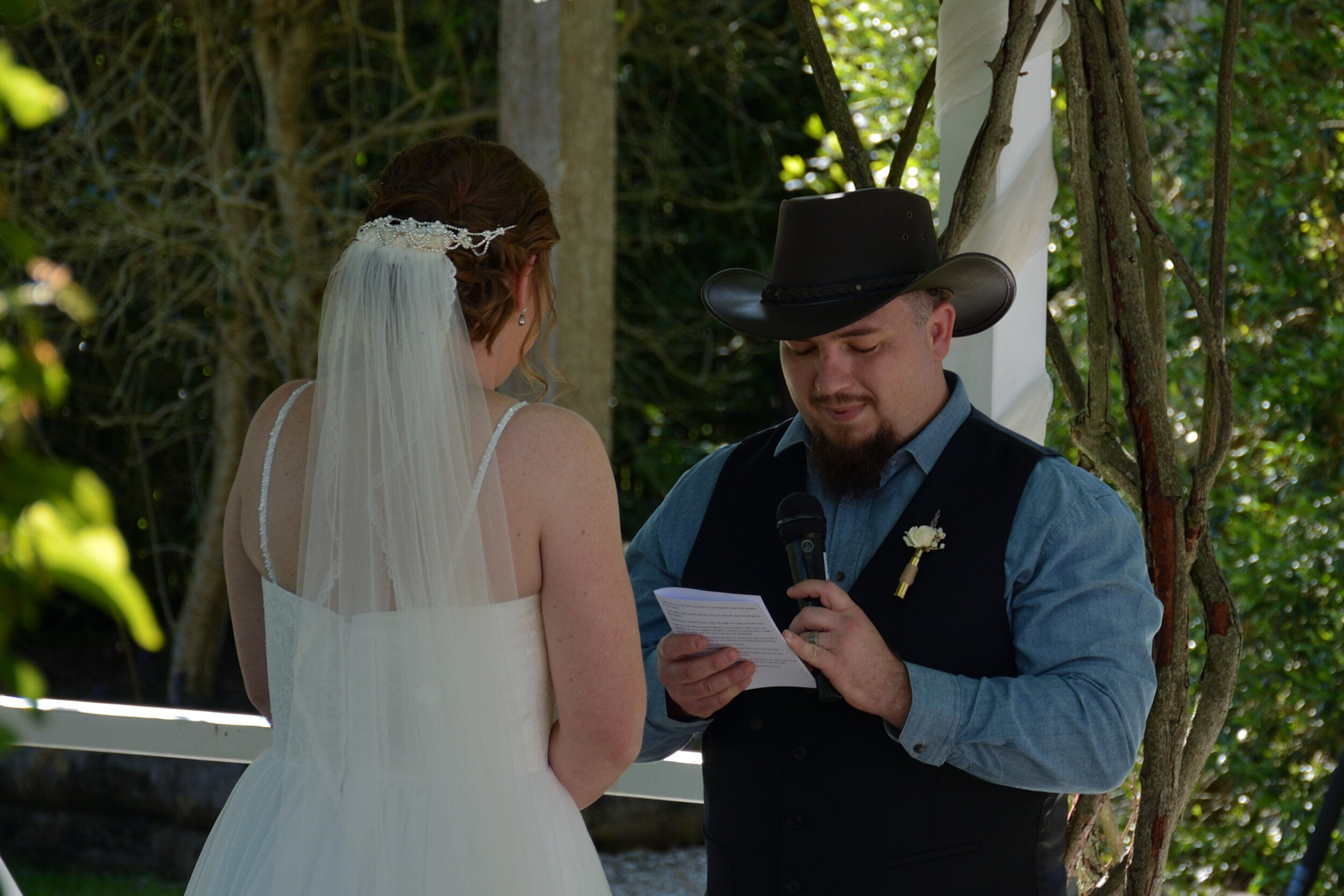
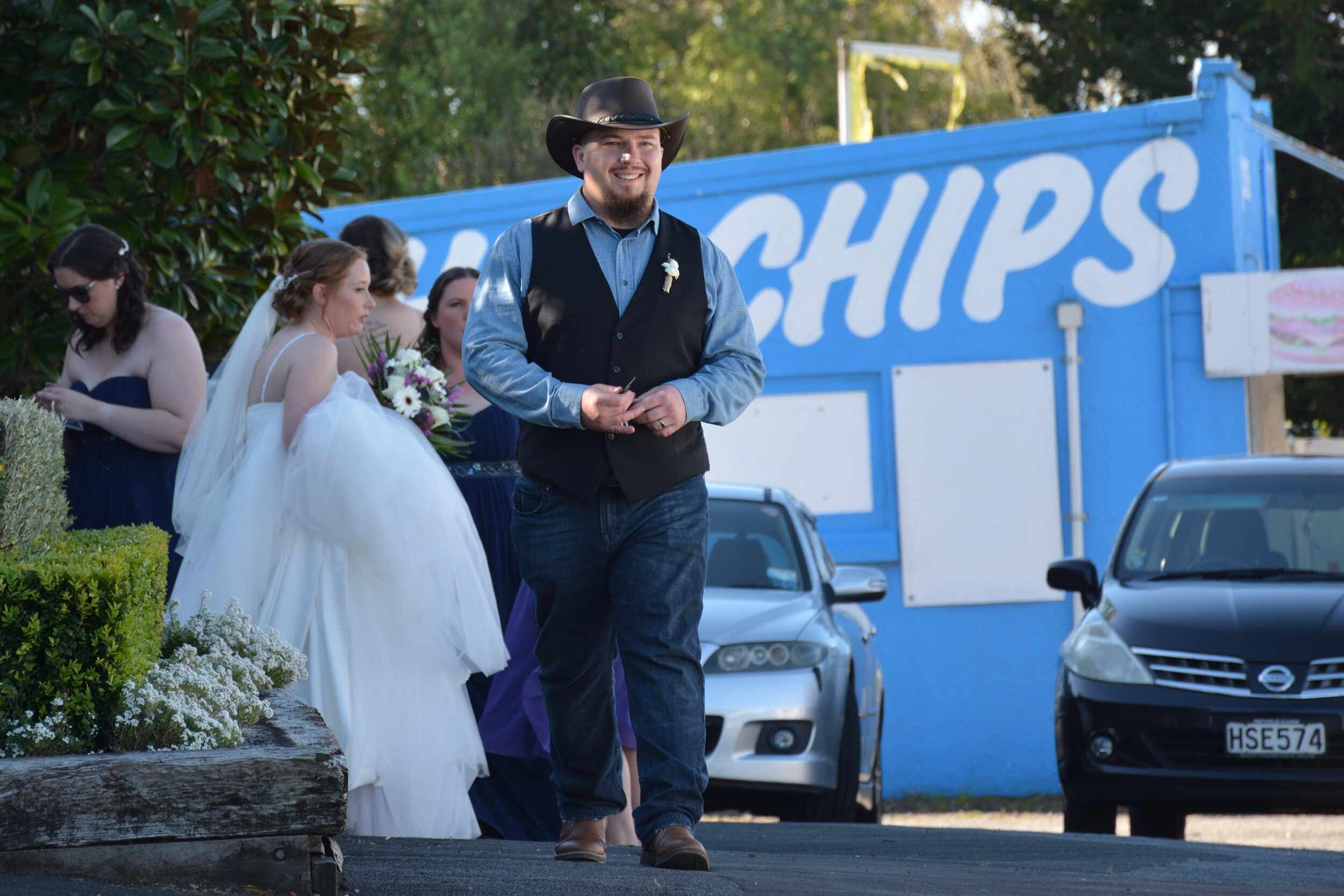
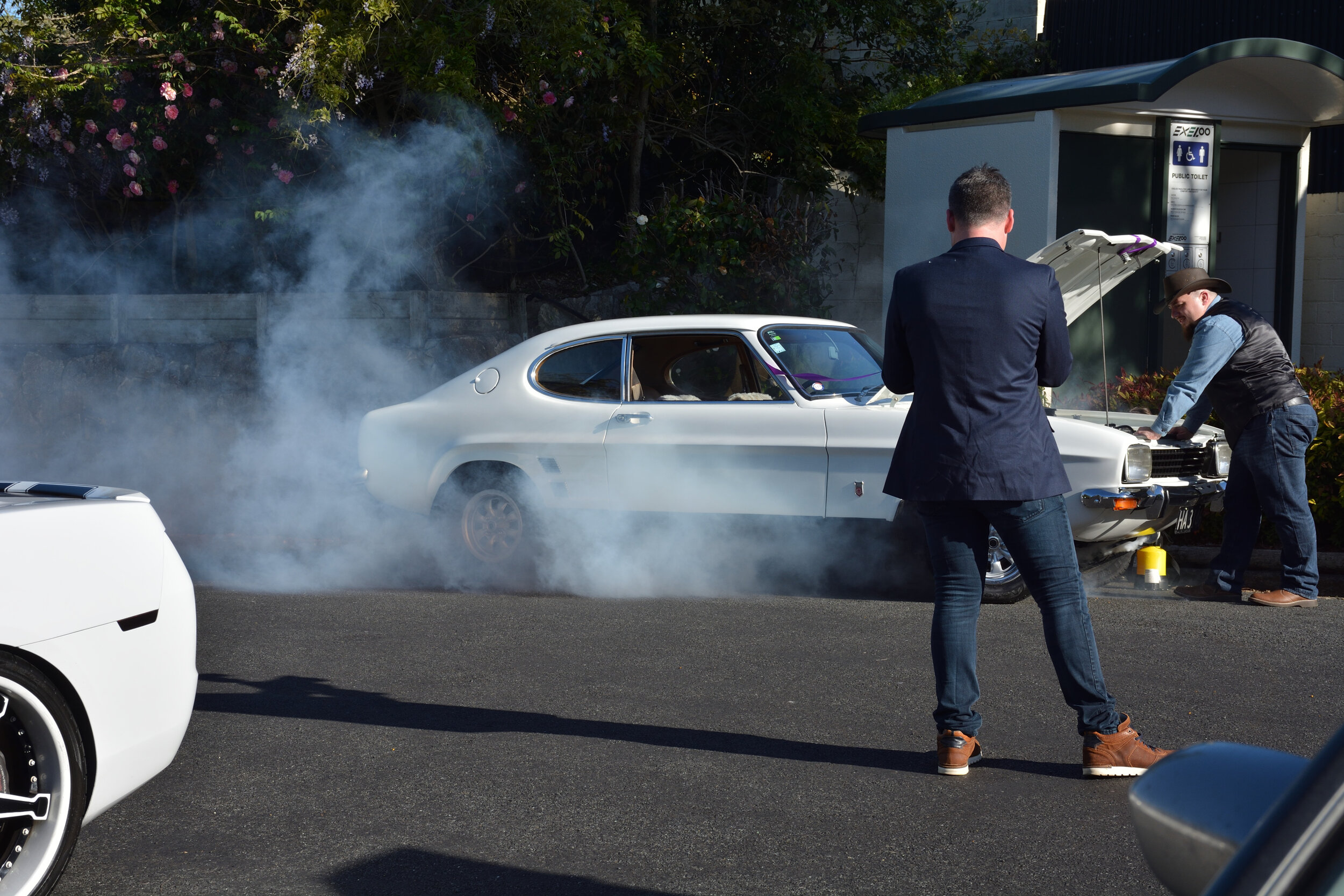
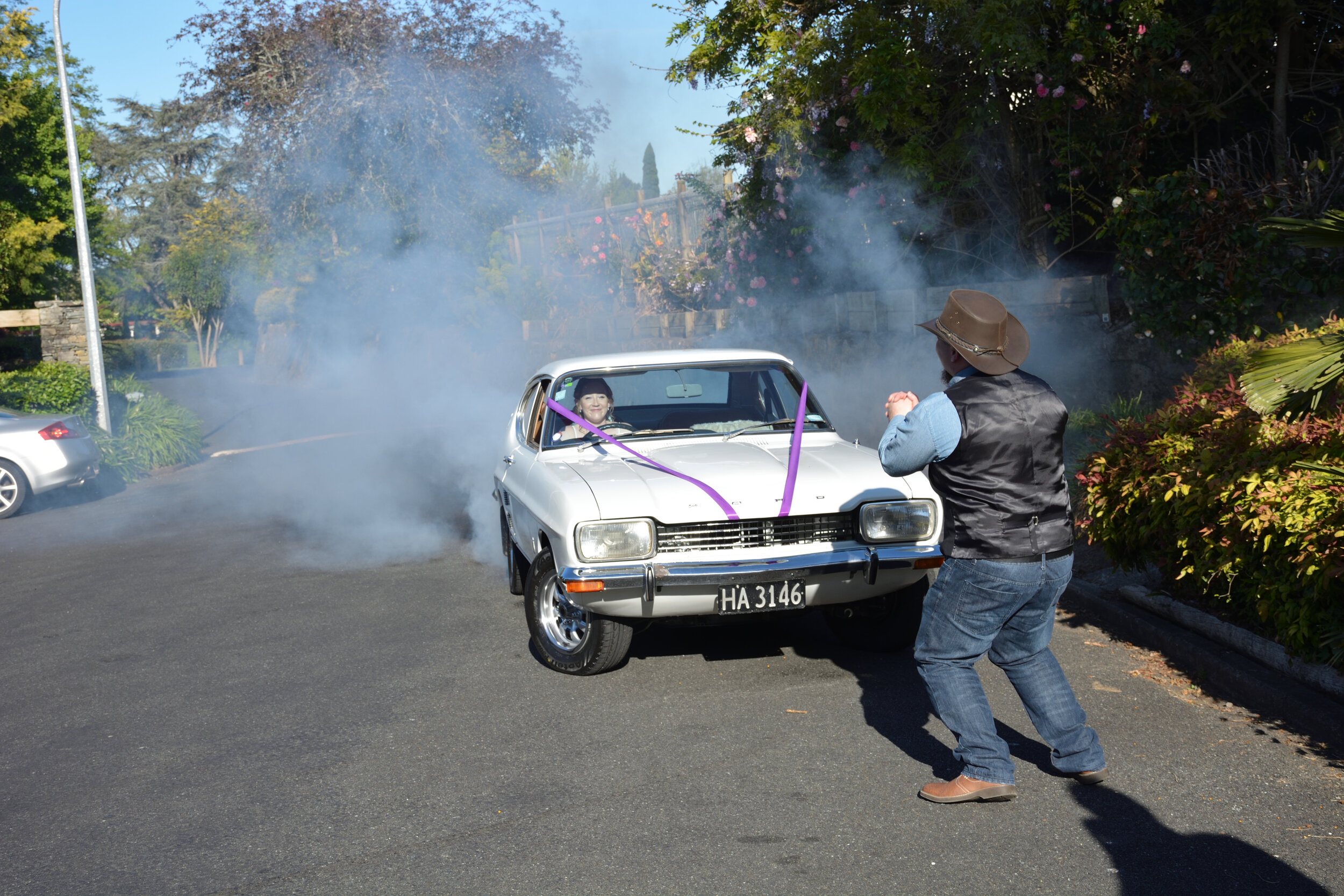
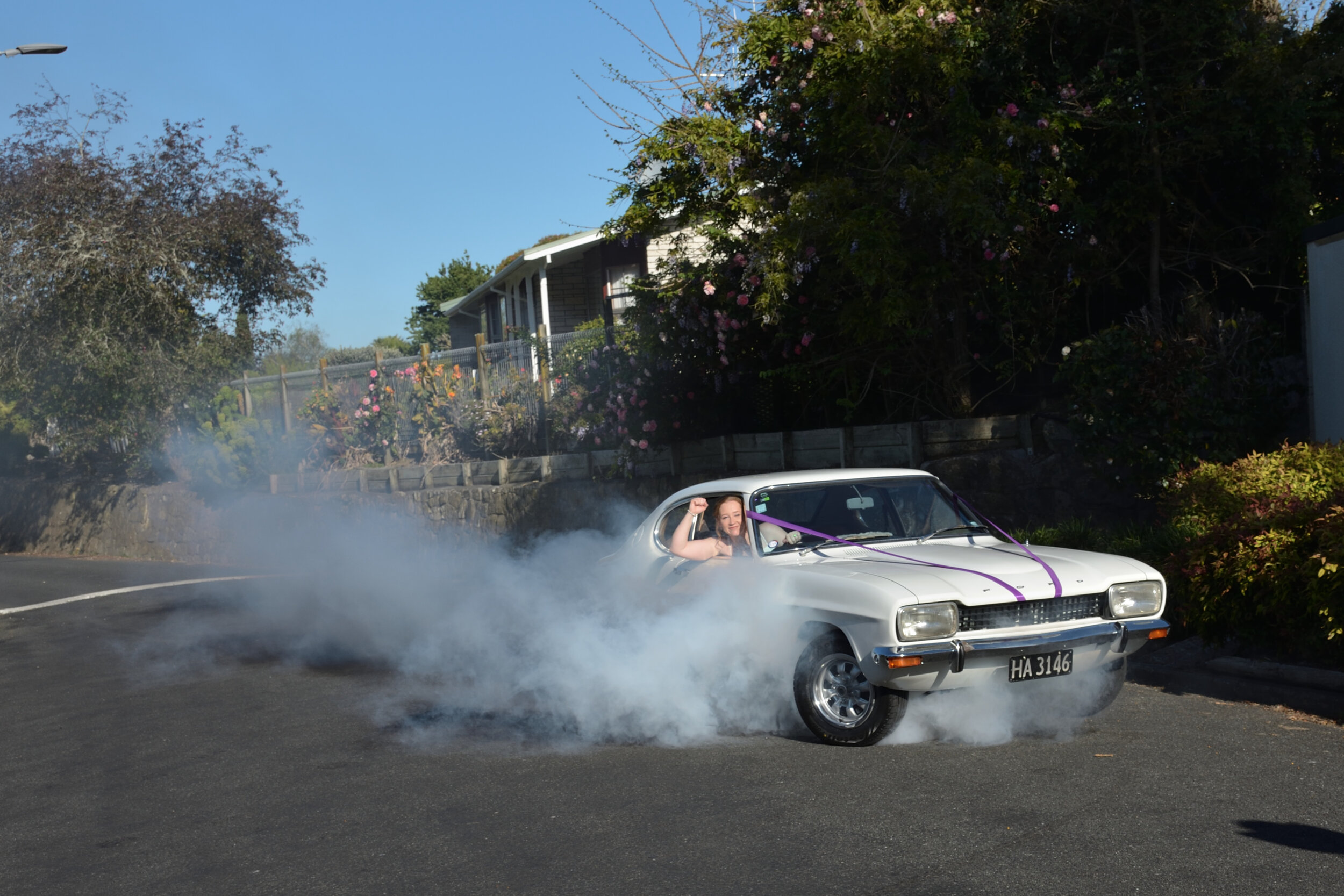
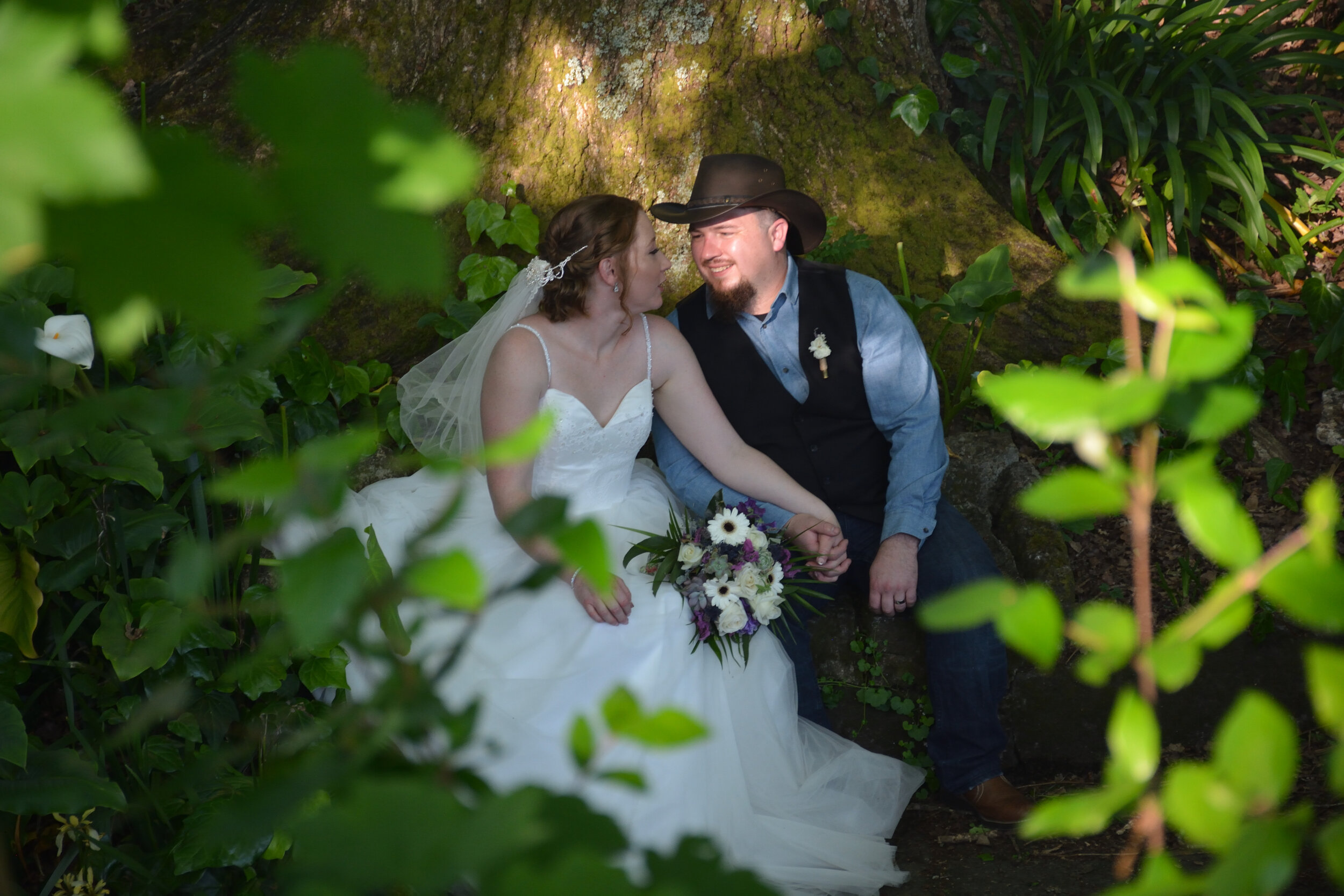
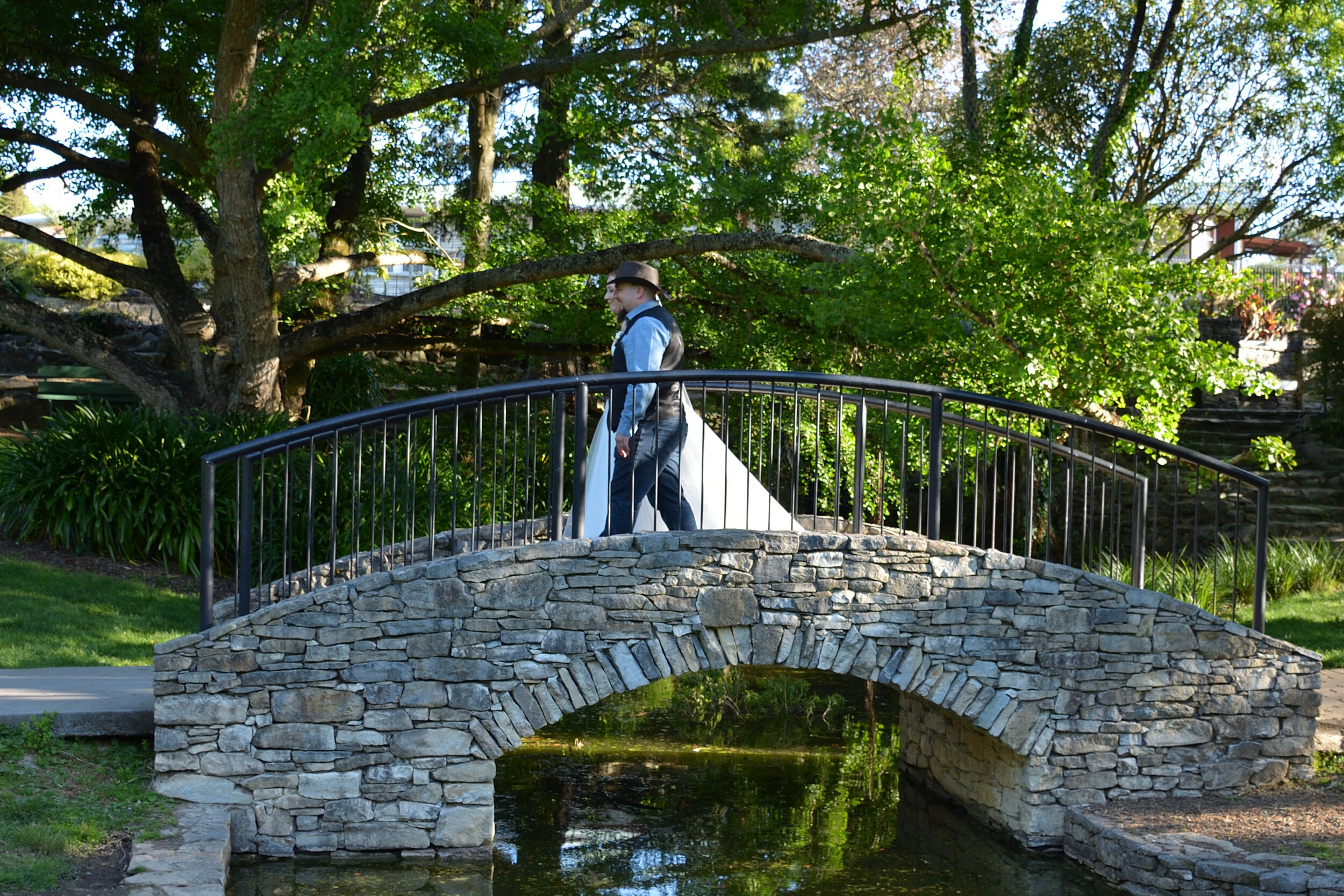

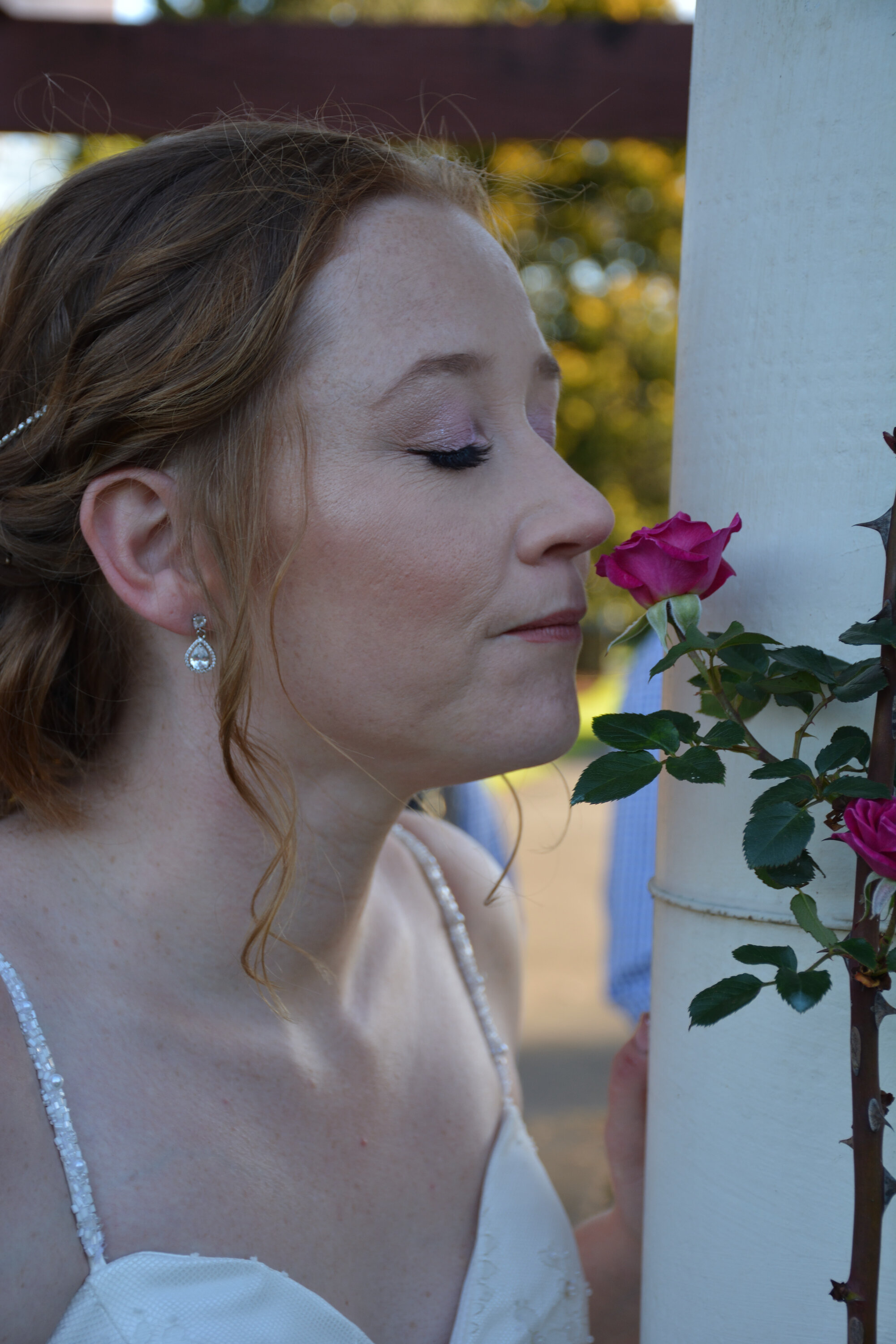
Of course everyone will question the low light ability of a crop sensor camera. With the D7100 my wife was using, since she is not proficient with the use of flash I put the 35mm f1.8 lens on the camera during the darkest part of the reception. At f1.8 the camera was at a very useable iso 400. No desperate need to invest in full frame, especially when the 35mm f1.8 and 50mm f1.8 are so cheap. Of course if you plan on shooting weddings full time the advantages of a full frame sensor may be worth you thinking of investing in one - along with the lenses that are twice as heavy and often 4 times as expensive.[Do you sense a touch of apprehension toward full frame?].
What about low light images with the 16-80mm lens without flash? The images with bounce flash came out good, the trick is to shoot in manual and under-expose the ambient about two stops to retain the ‘atmosphere’ and use bounce flash. But if you’re not going to use flash here is a sample image of very low light at 16mm f2/8 1/125th and iso 22800.
That was at 16mm, when you zoom to 80mm the aperture drops to f4 and this is the result [in slightly different lighting] also at 1/125th and iso 22800. Keeping in mind that I was limited to the images I’m allowed to share so couldn’t be fussy. I don’t see any reason why these images at these isos can’t be included in an album - how big will they be printed anyway?
So what difference was there between my wedding with the D7200 and 18-140mm lens and the one with the 16-80mm lens? I missed the reach of the 18-140mm lens and what made the images with the 18-140mm lens better was that I had a nice overcast day without the harsh lighting of this last wedding. In the same lighting I would not have noticed any difference between the the two lenses. Both lenses are more than suitable for shooting a wedding.
On my second D7200 body I usually have the 70-00mm VR lens which makes for a different perspective and some nice candid shooting considering the fact that it’s like having a 105-450mm lens on full frame.
